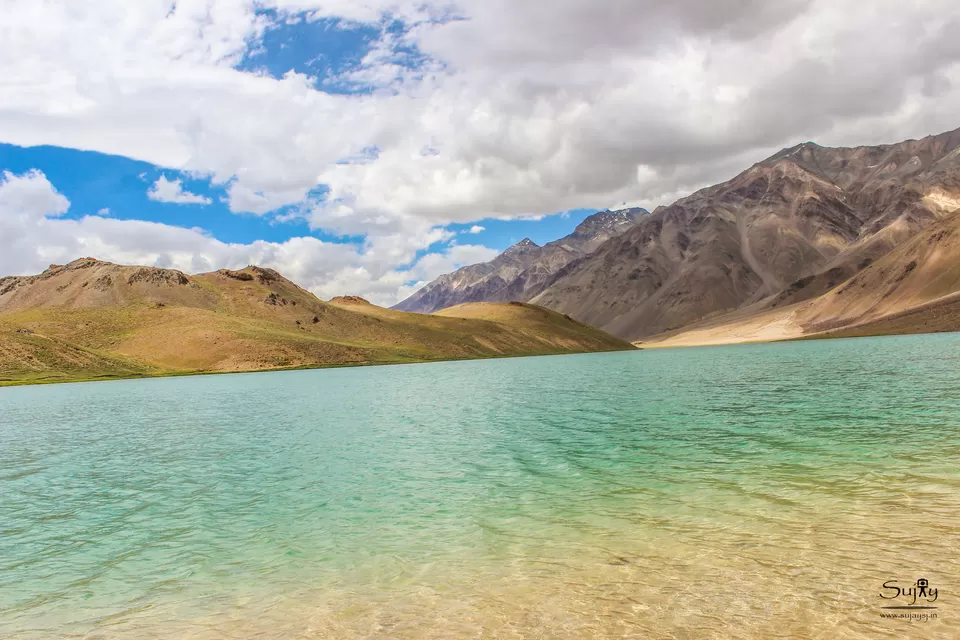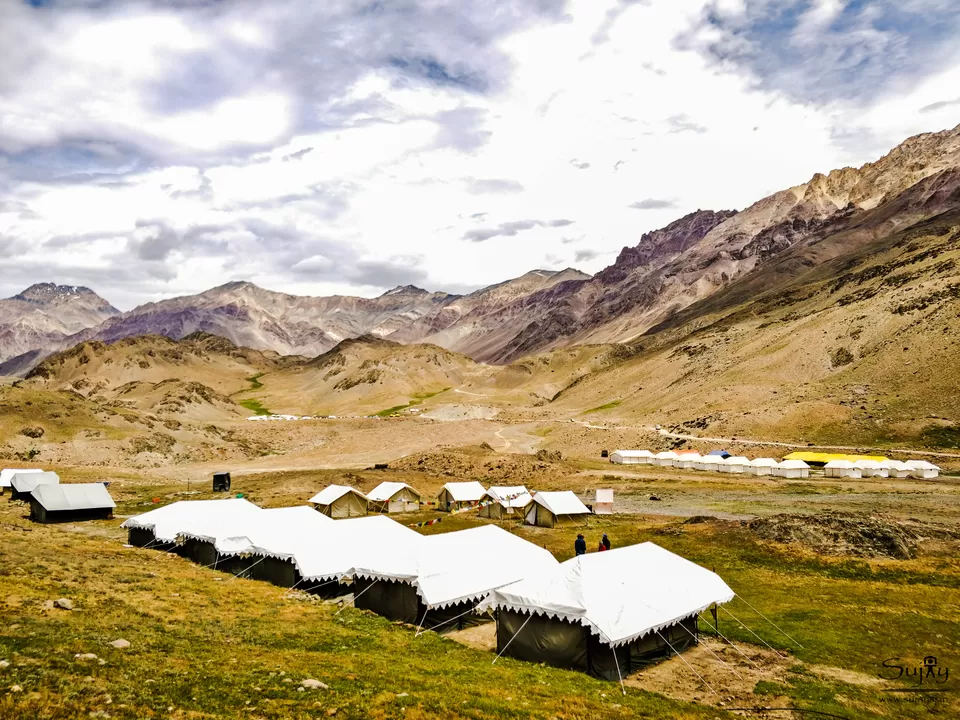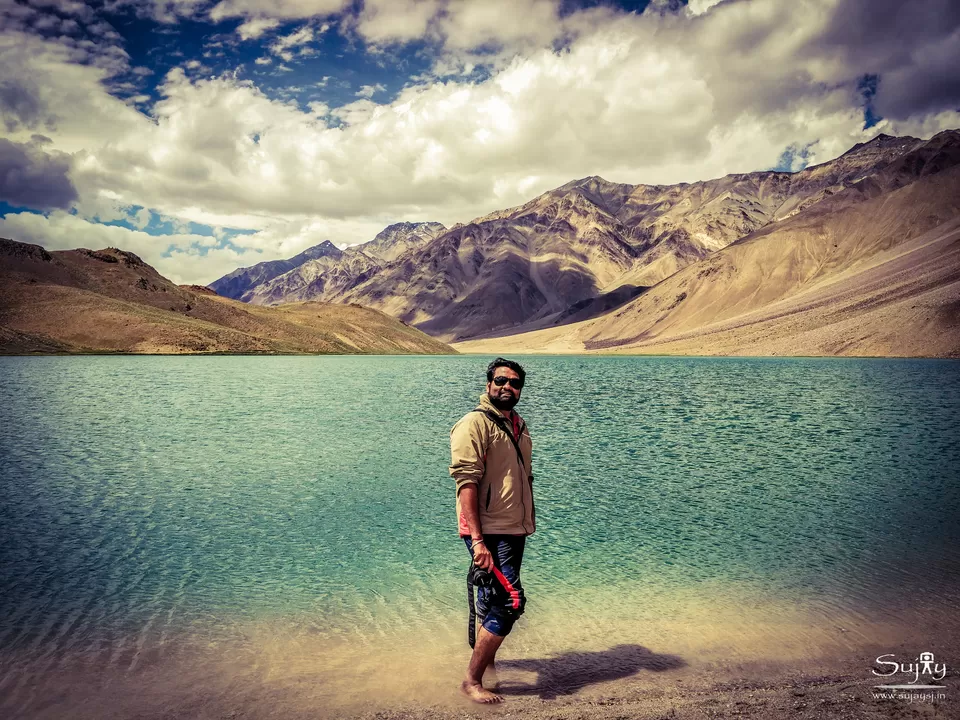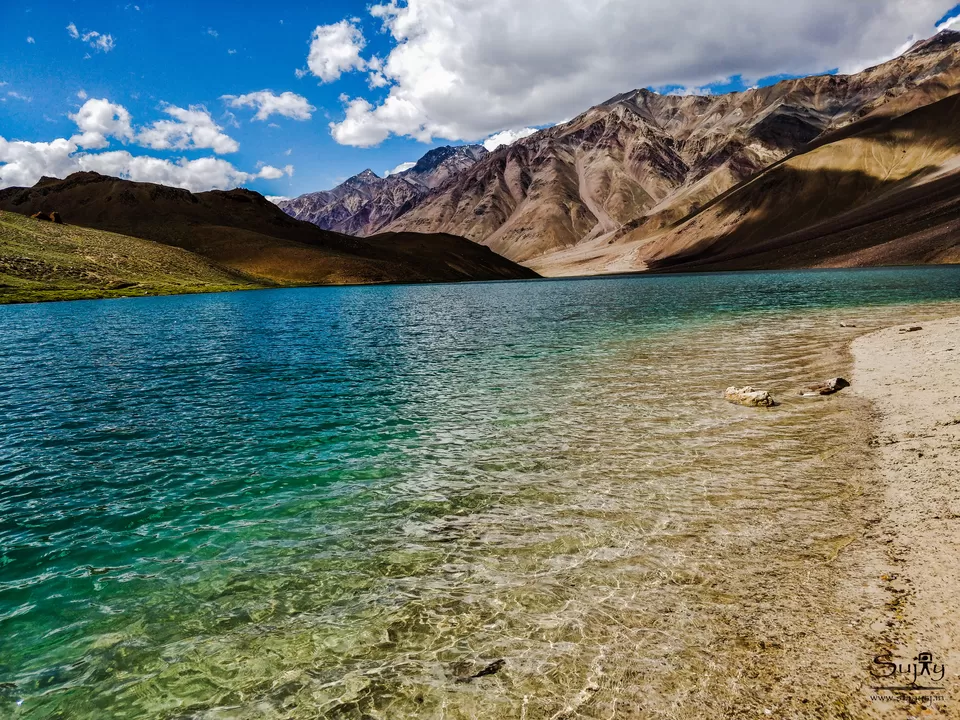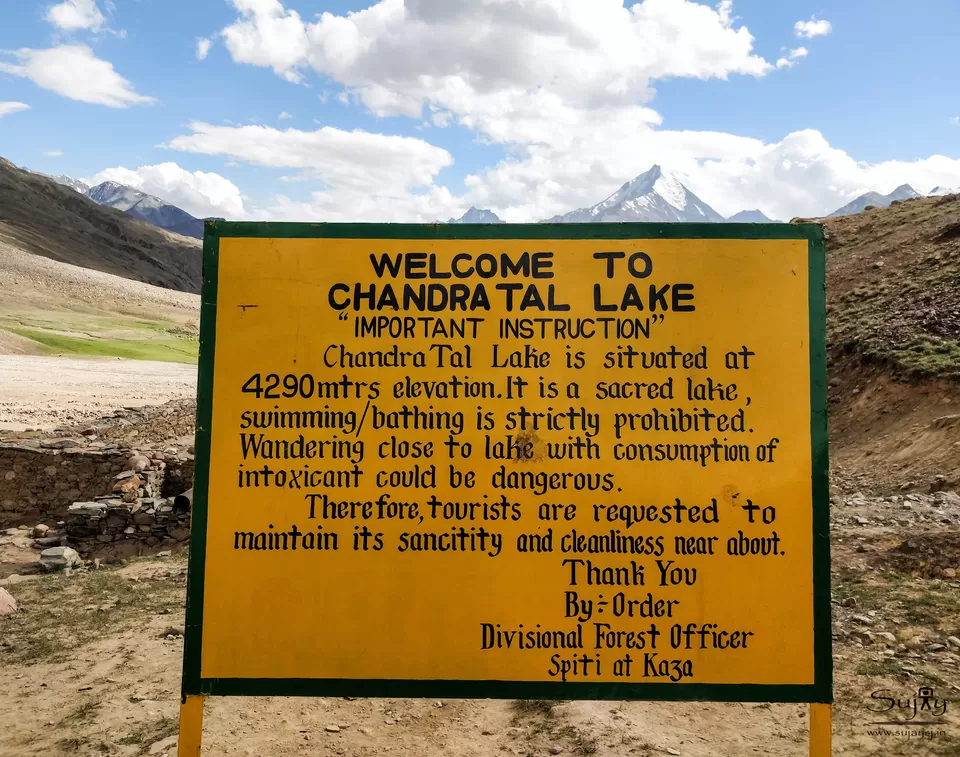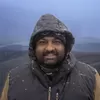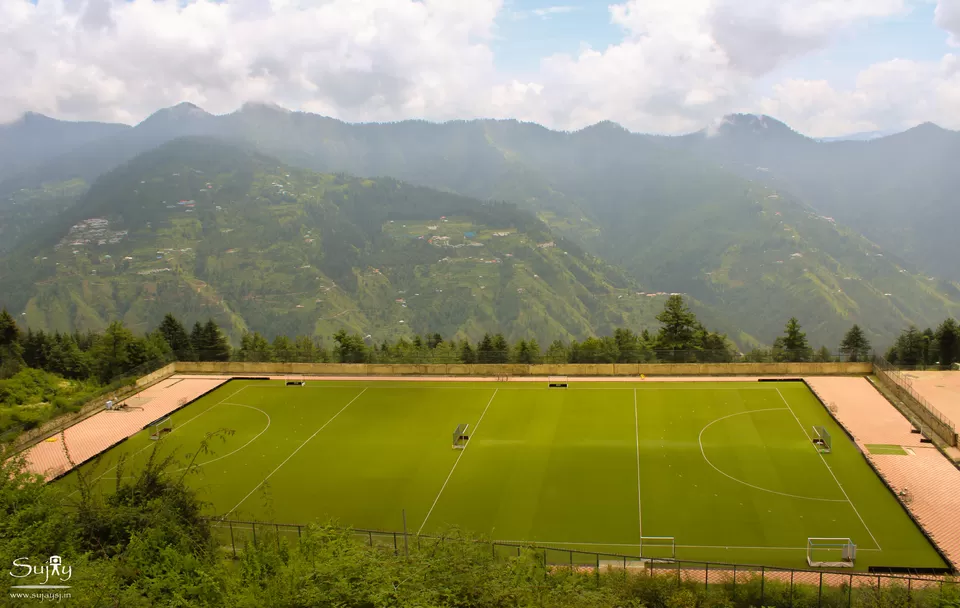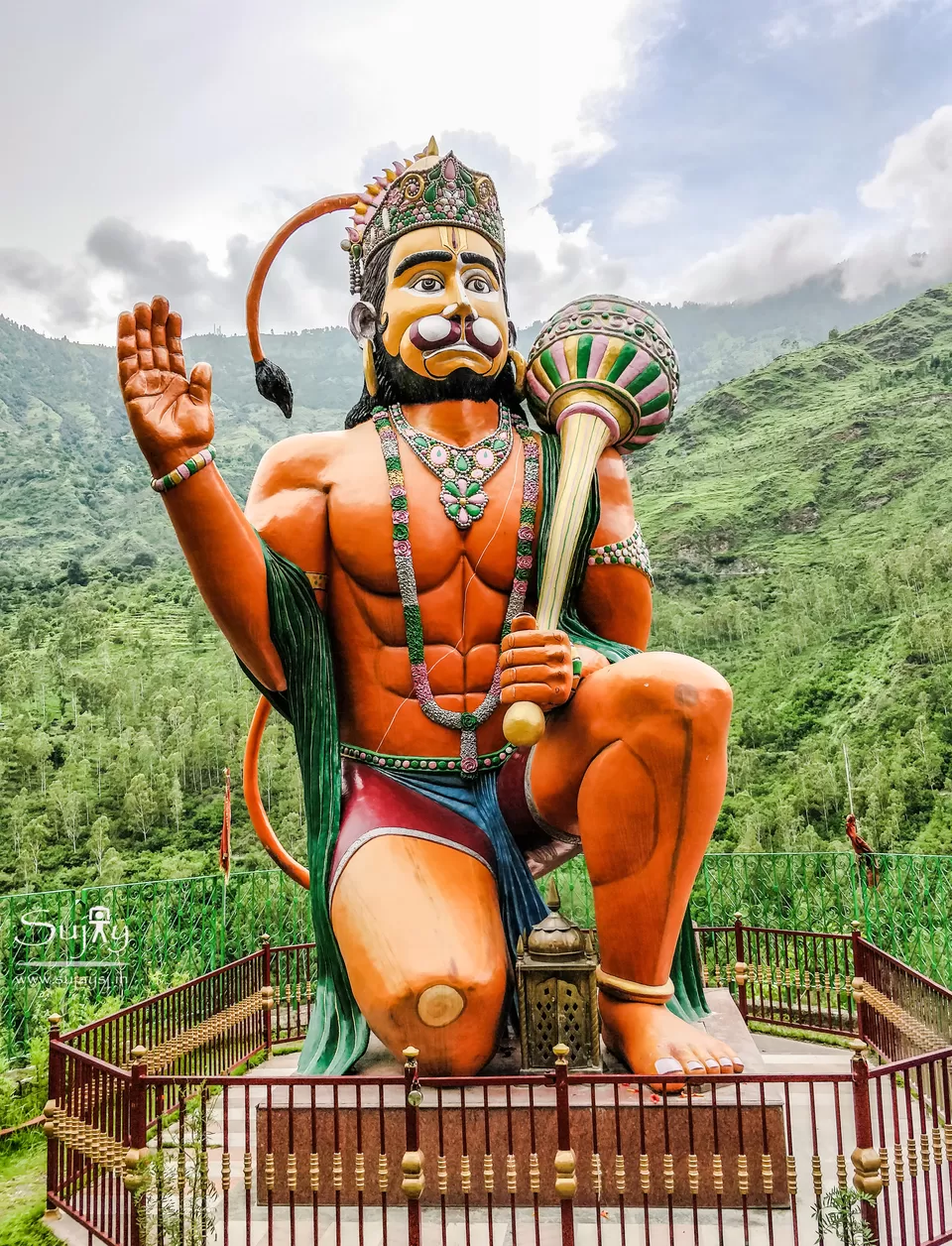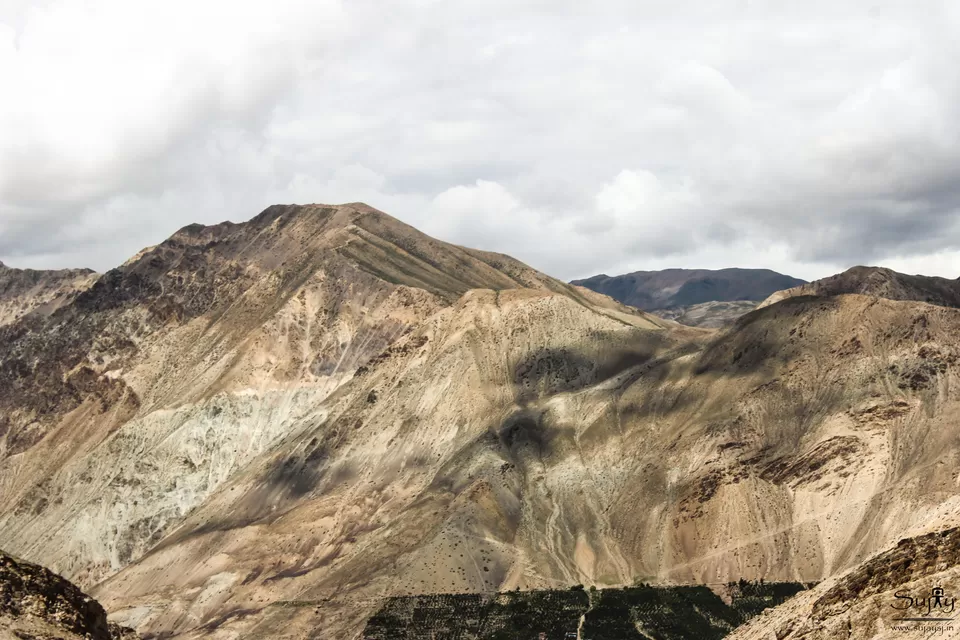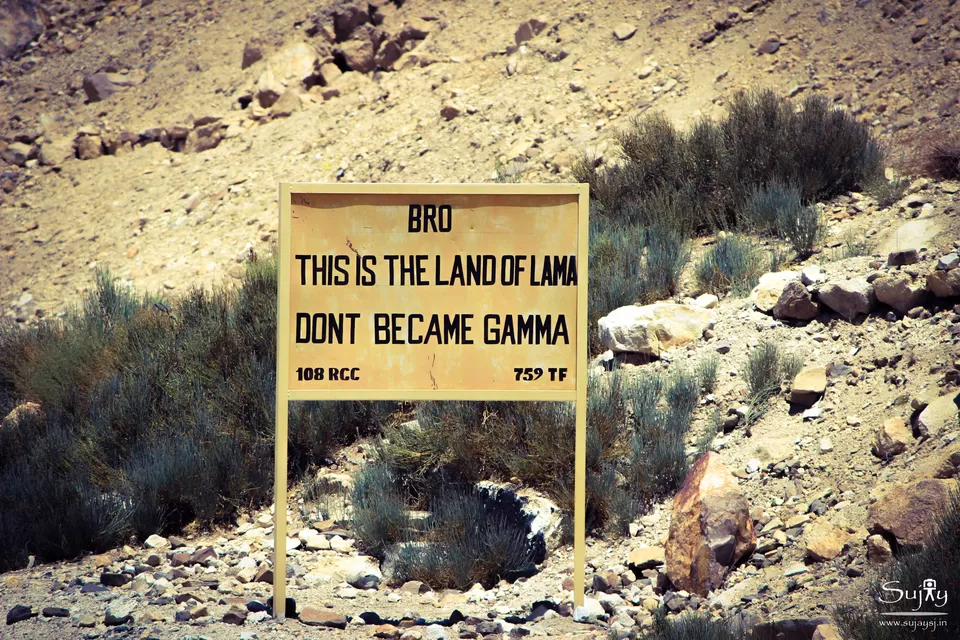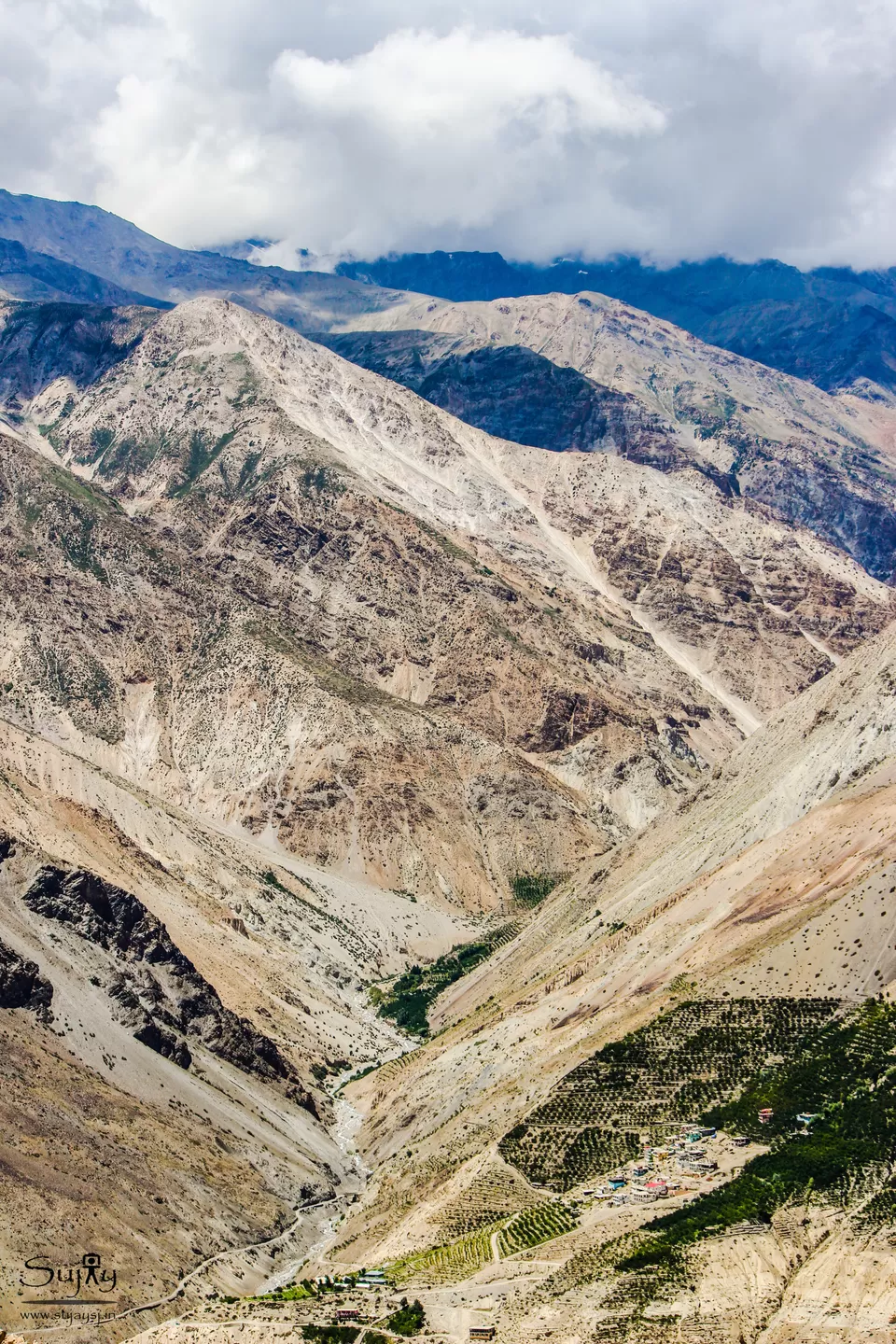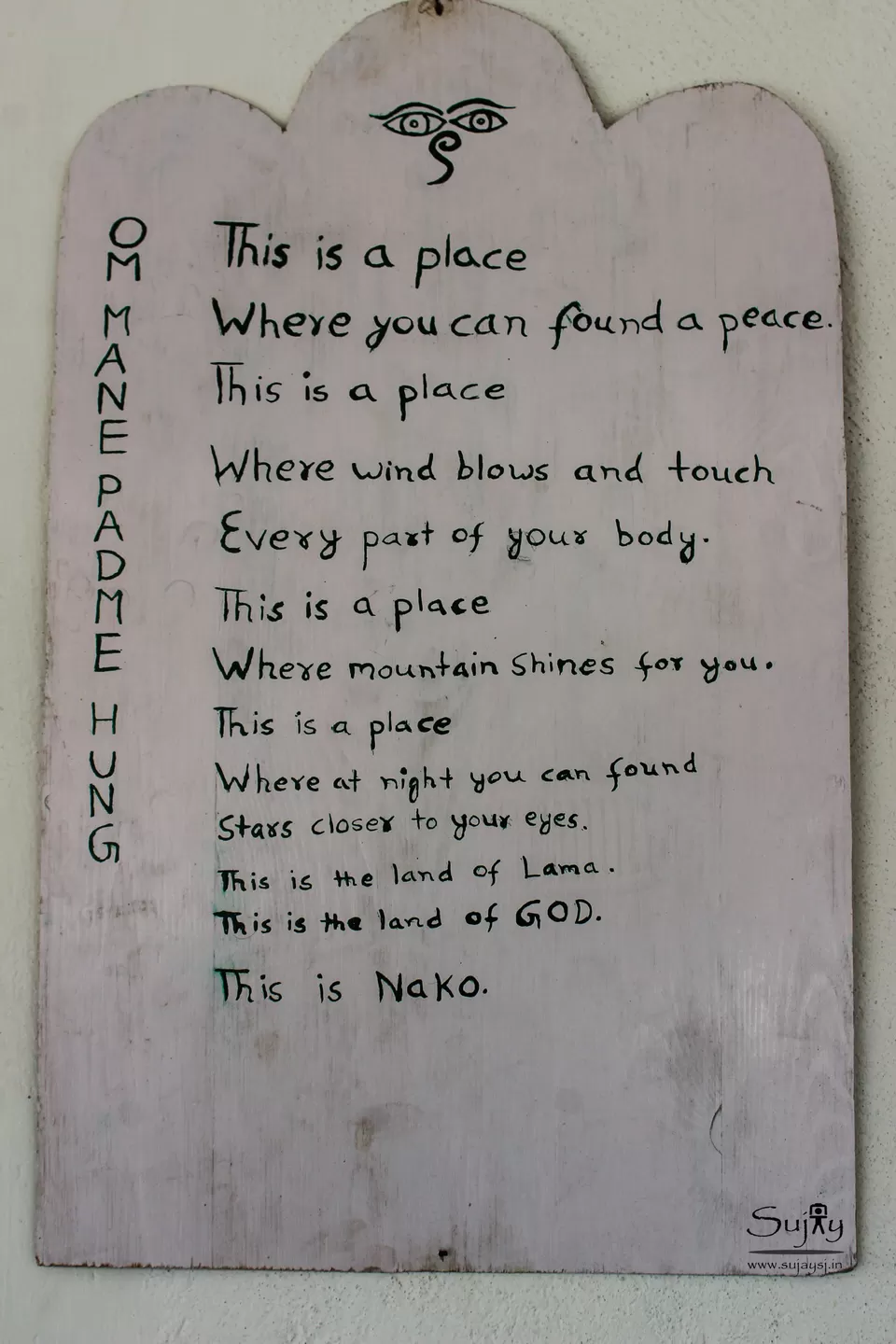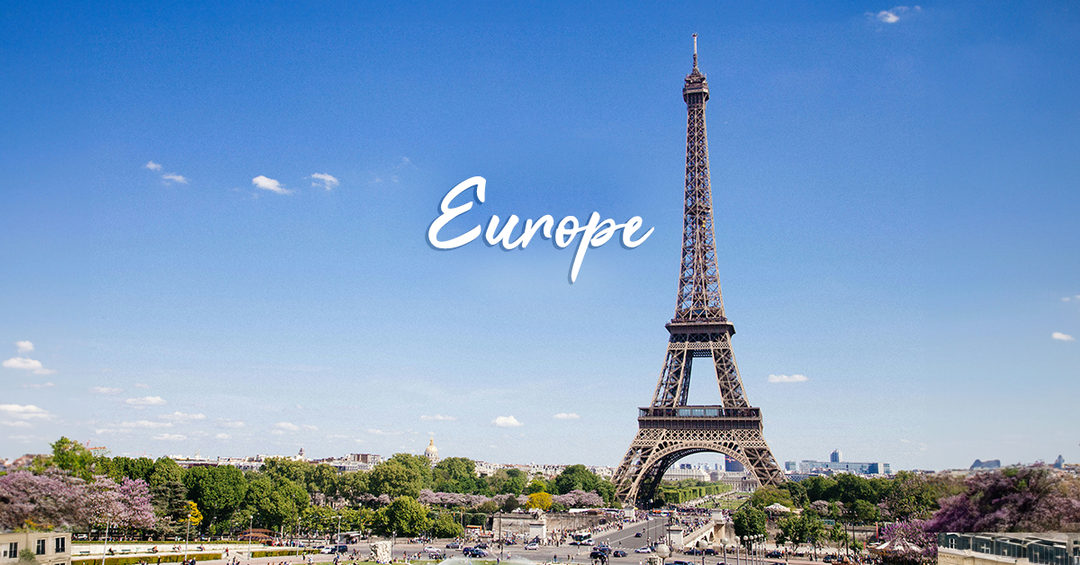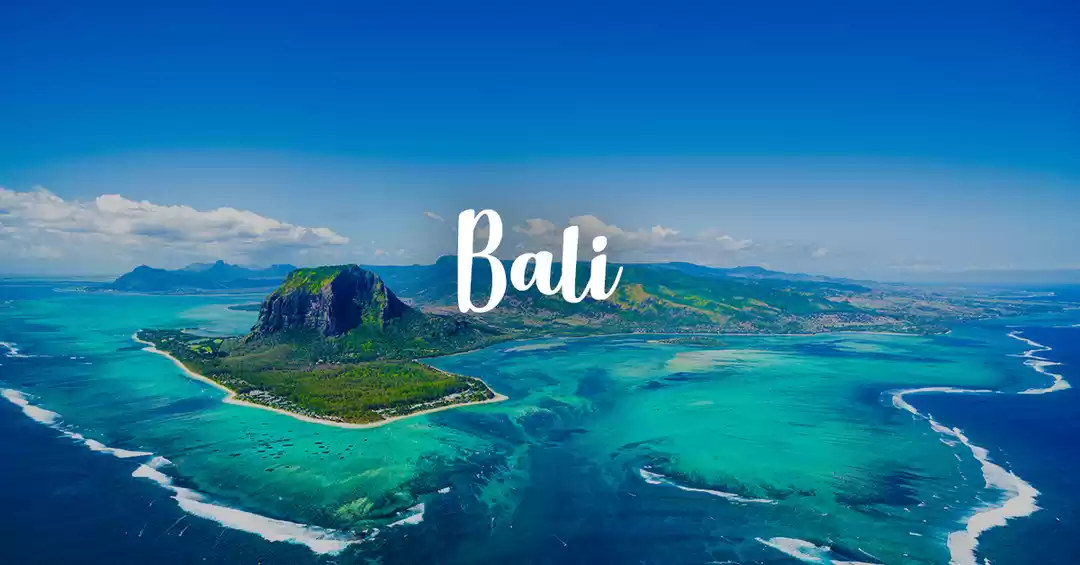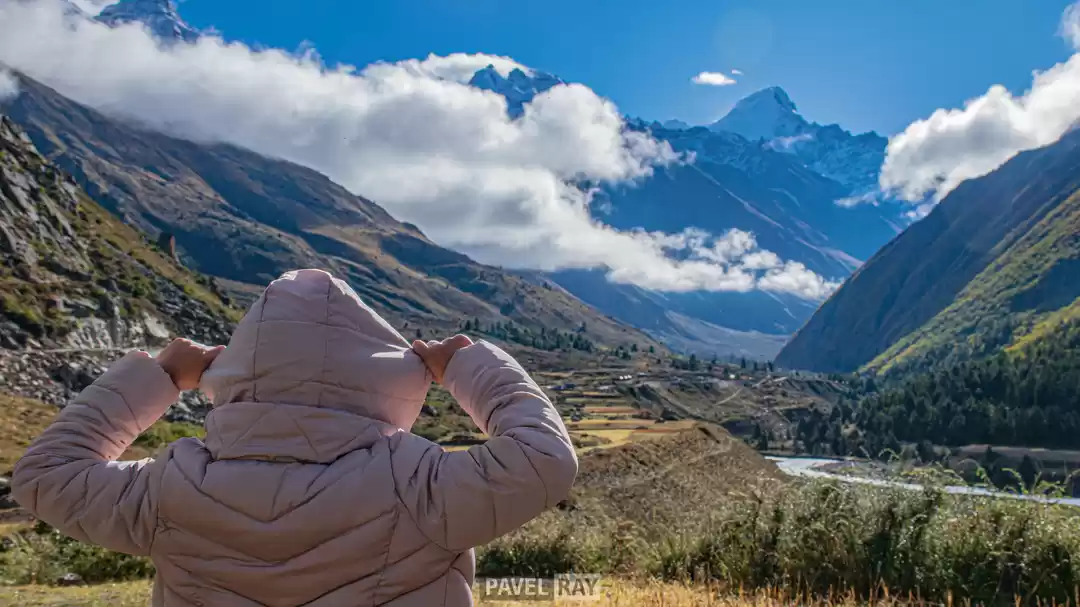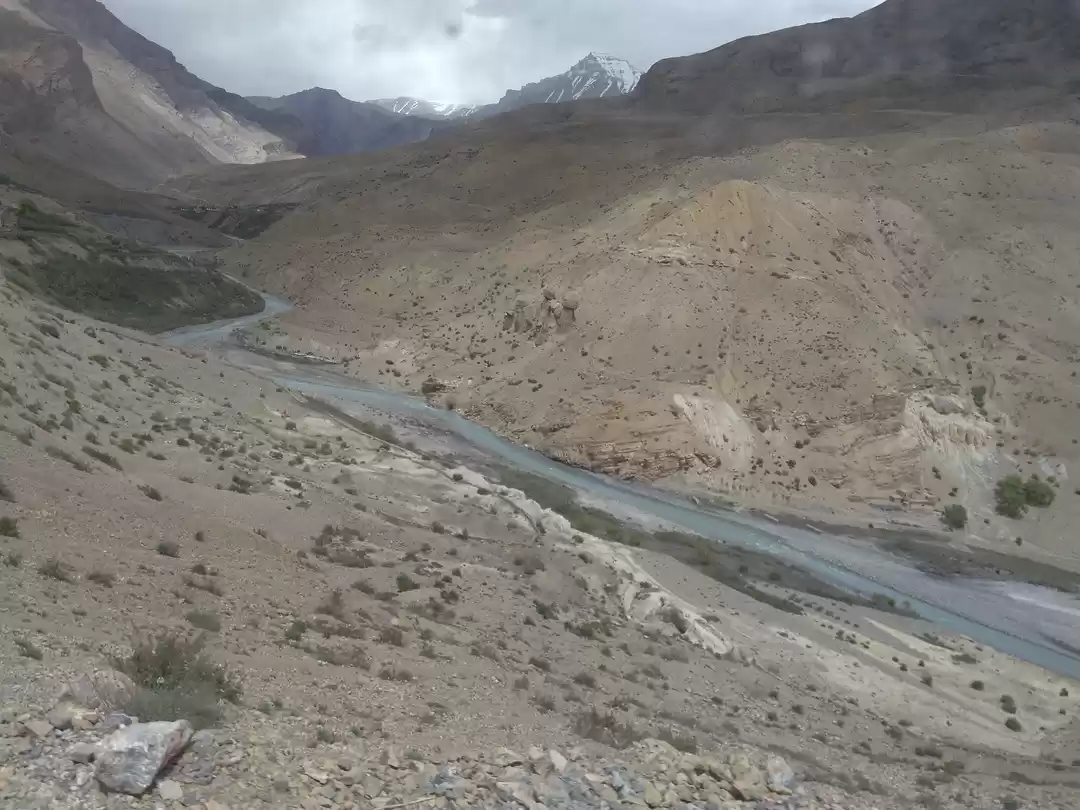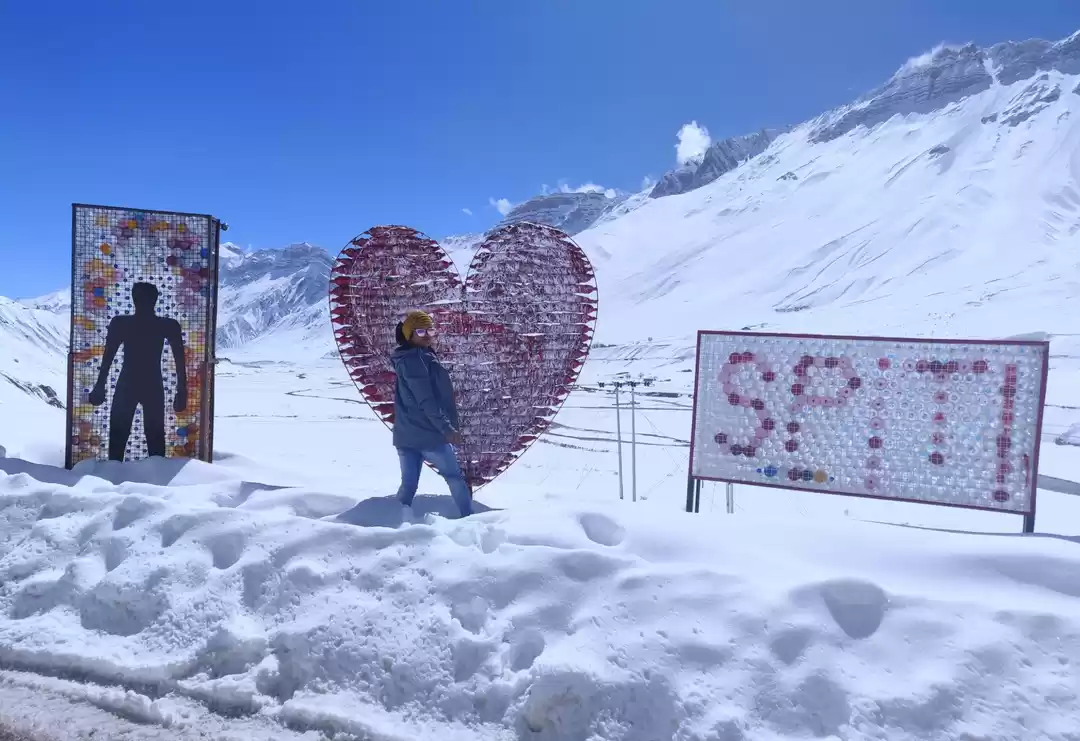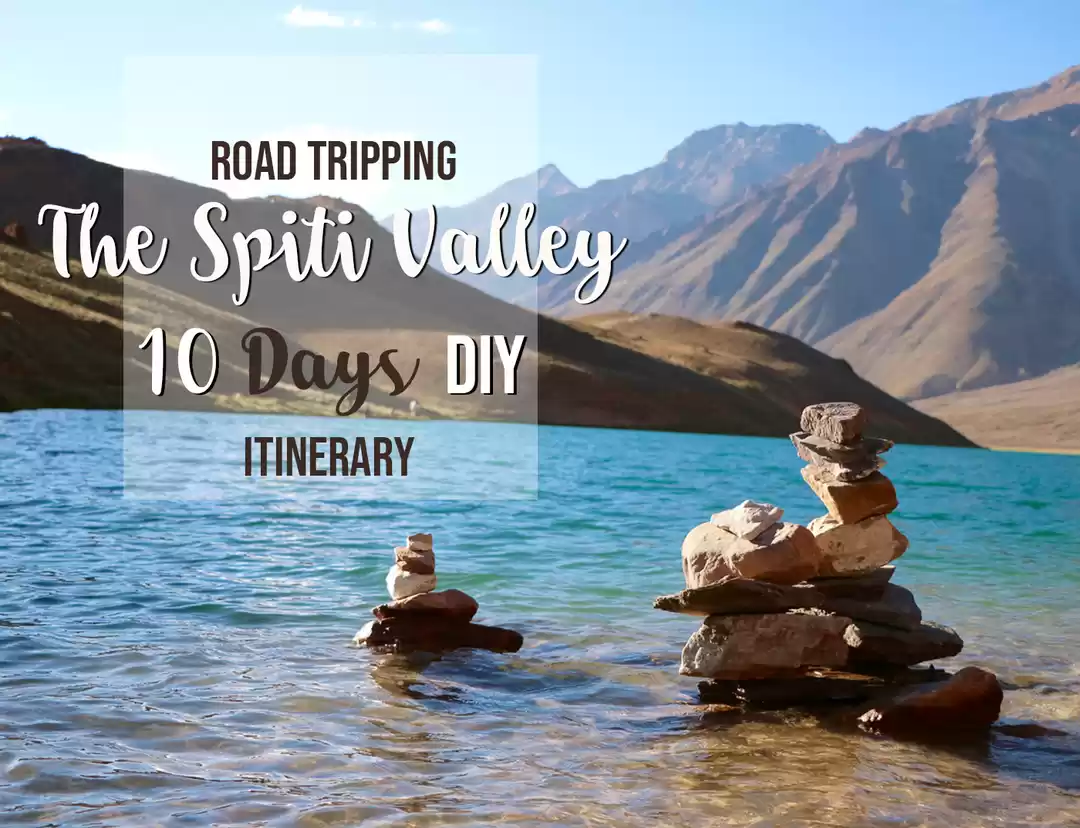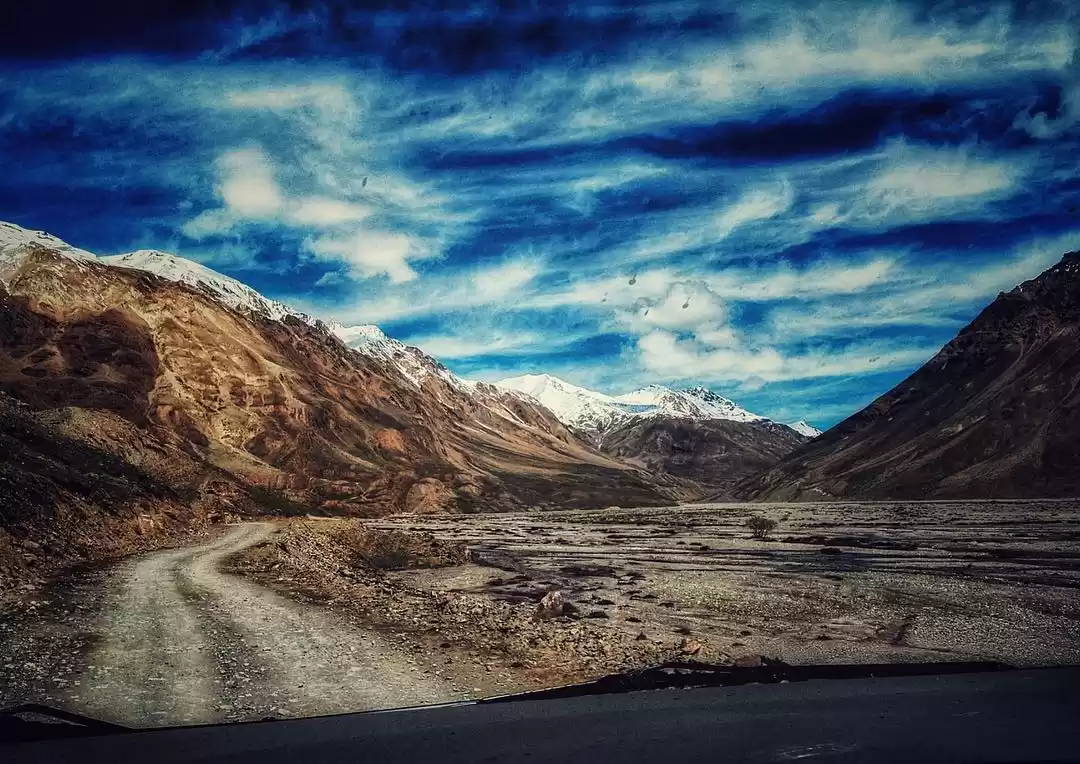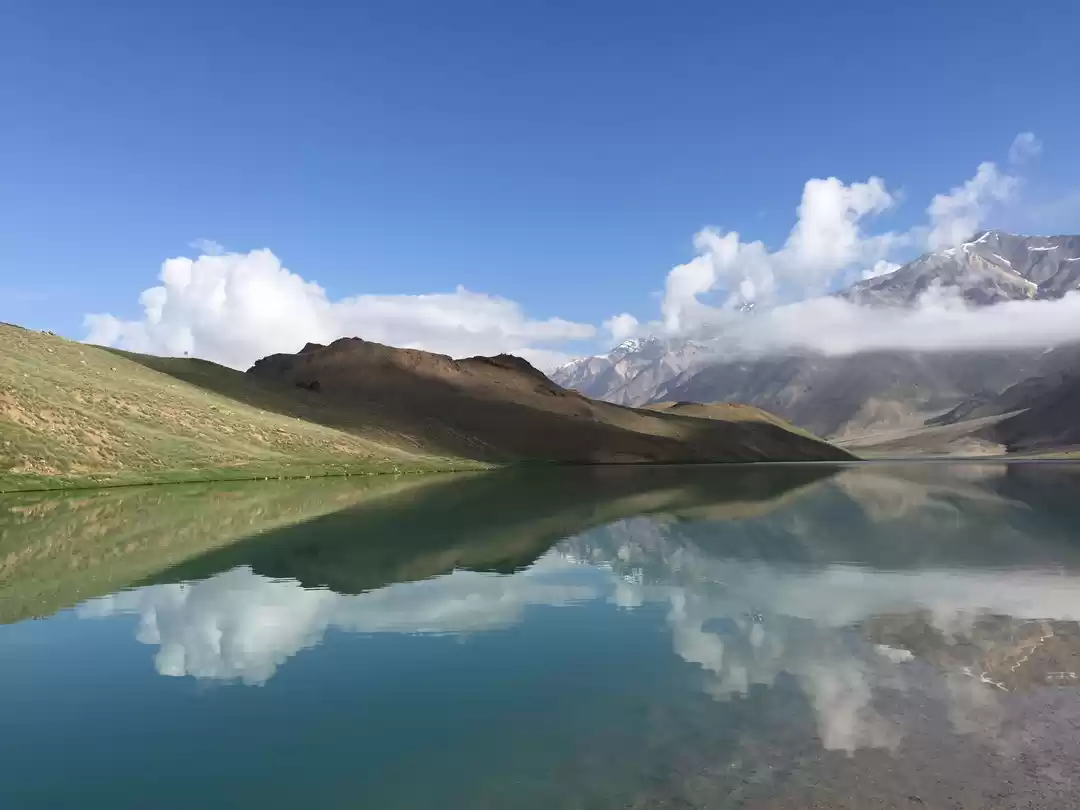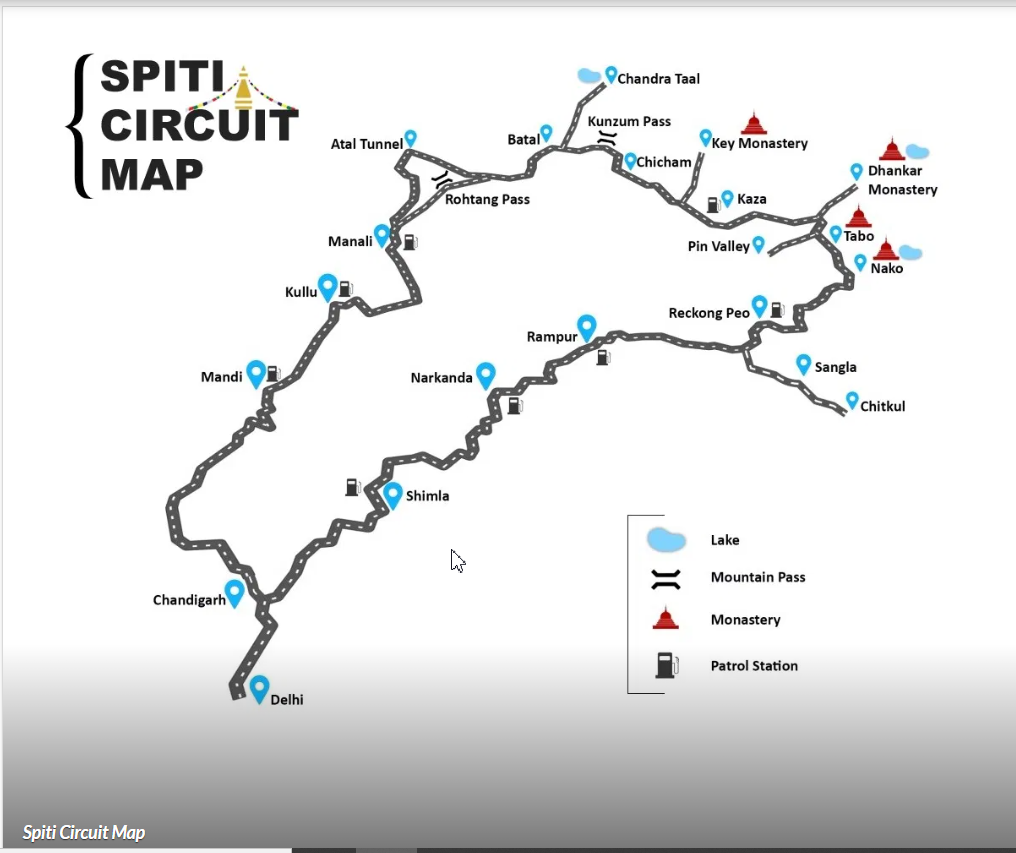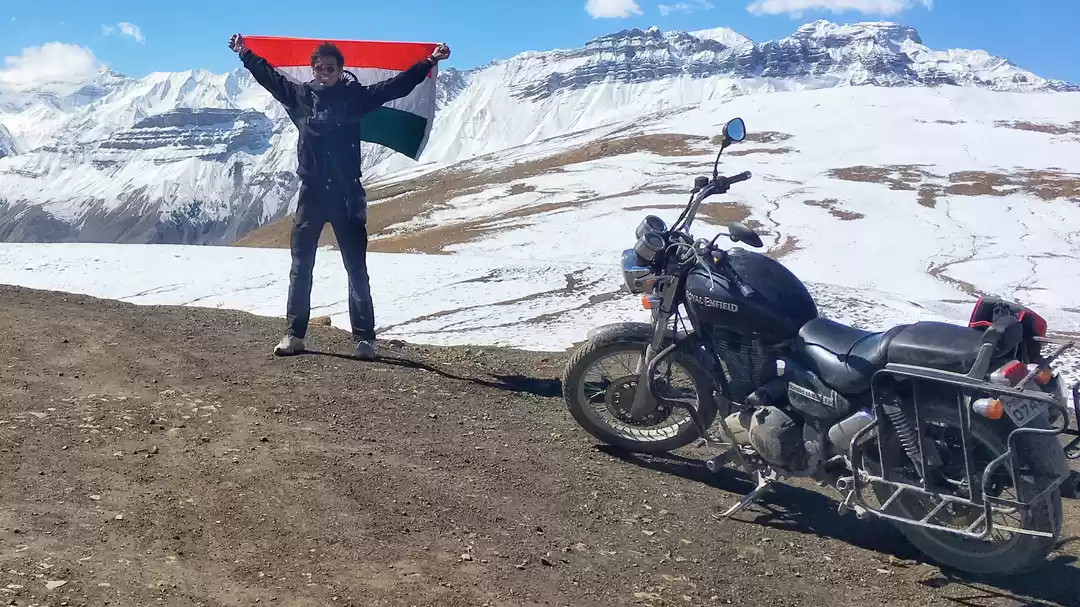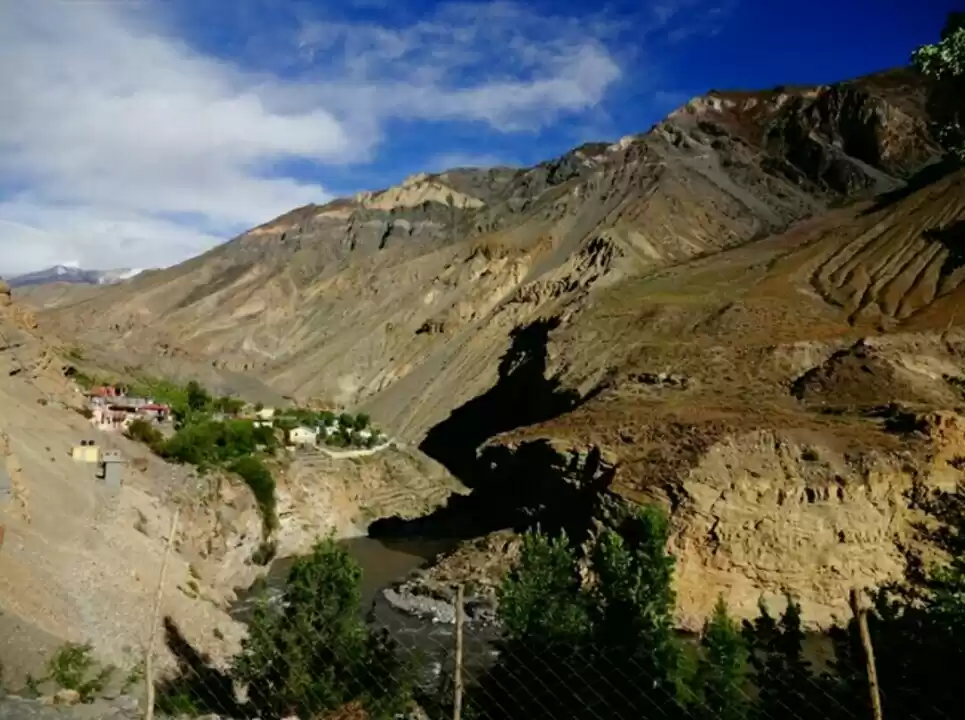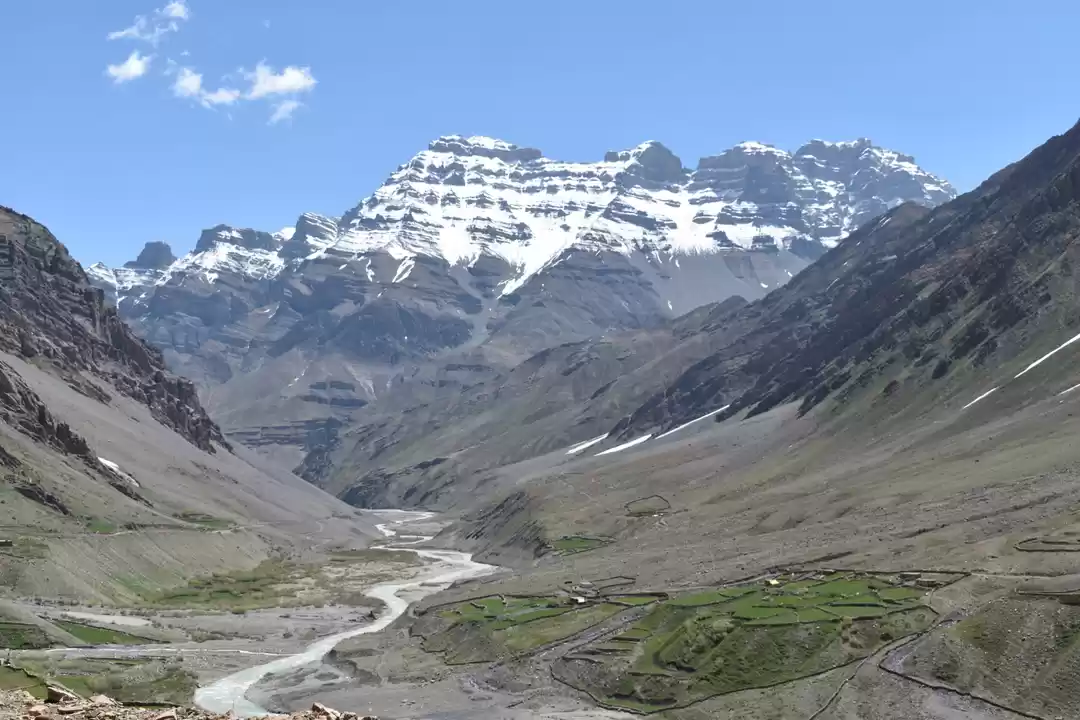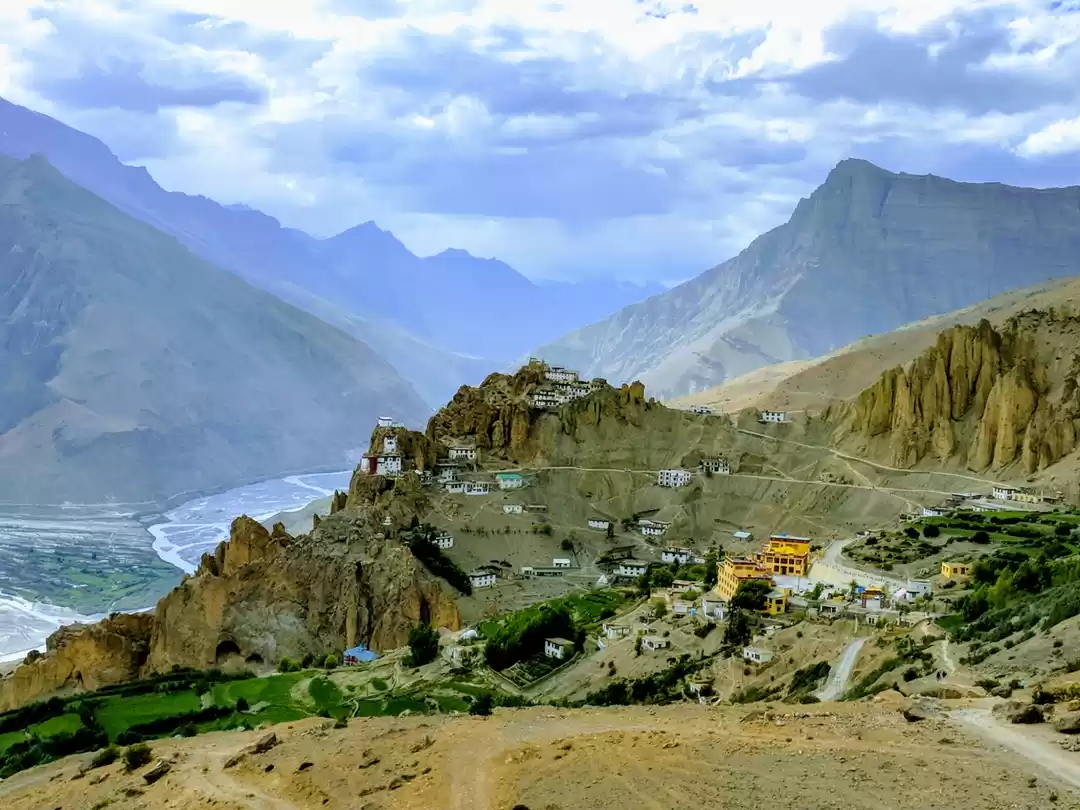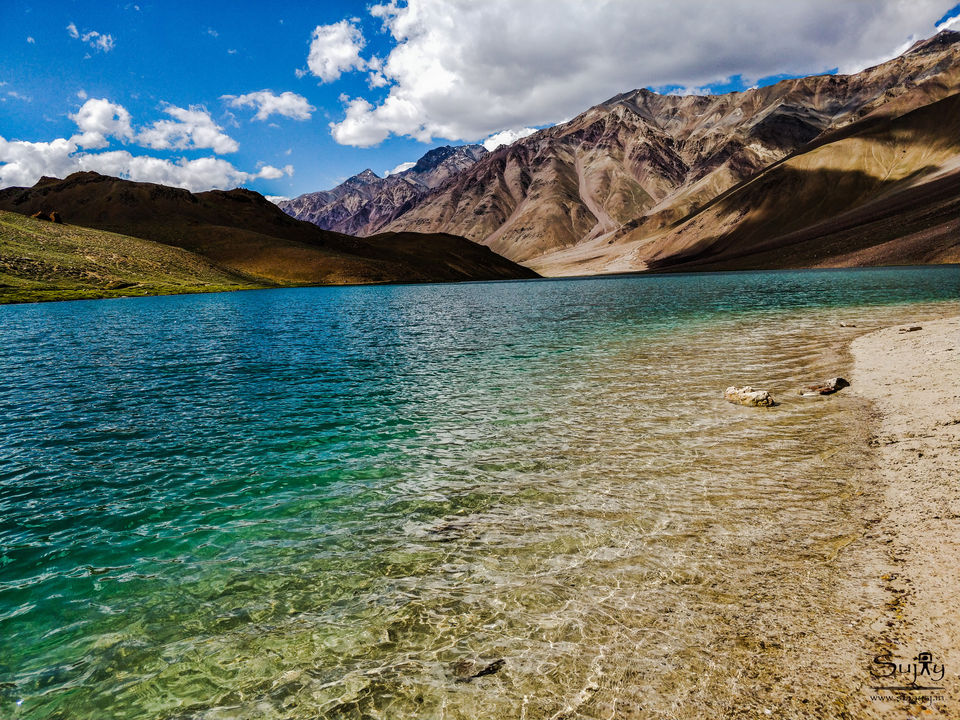
During my return journey from Kerala, I had the urge to do a bigger solo trip. Most of my solo trips thus far had been for a maximum of 5 days and this time I felt I really needed to do a big solo trip and clear off few items from my travel bucket list. I usually undertake a big trip once every year during my birthday month of November or early December. However, there are certain places in India which tourists cannot visit during these months. Most notably among those are Ladakh, Himachal Pradesh, North East Frontiers and few others. Thus I chose to alter my annual plan and visit the diverse and mesmerizing districts of Kinnaur, Spiti and Lahaul. I also decided to visit Wagah Border during the Indian Independence Day celebration.
The Prelude
Since this was a long vacation and to a new destination, I did some beforehand research on the possible routes, places to visit, weather conditions, transport, lodging etc. I split my vacation into 2 parts -
Round trip Spiti Tour starting and returning back to Shimla - Via a tour operator After Spiti Tour, visit Chandigarh and further to Amritsar on my own.
Back in 2009 when I had toured Shimla, Manali and Chandigarh, I had got some contacts of tour operators, hotels etc. I contacted the same tour operator with whom I had traveled back then and enquired if he would be able to do Spiti Tour. Mr. Naresh, the contact person from Himalayan Tours and Travels was very happy to know that I had reached out back to him. He immediately responded in affirmative and told me that he himself will make all the arrangements for the vehicle, food and accommodation for the entire tour. Being a return customer, he also said that he himself will drive and be a guide for the entire trip and will not engage someone else. Glad to hear this, I didn't have to plan anything further for the Spiti Tour.
I initially had planned to have Chandigarh just as a stop-over for the night before heading to Amritsar. In Amritsar, I had planned to visit the Golden Temple, Jallianwallah Bagh and Wagah Border. And as time permits, visit any other additional spots.
Having planned thus, I booked my travel tickets -
Flights - Bangalore - Chandigarh - Bangalore Bus - Chandigarh - Shimla - Chandigarh Train - Chandigarh - Amritsar - Chandigarh
All set, I eagerly awaited for the vacation to start! My travel dates fixed - 5th August 2017 to 16th August 2017
Day 1 – Reaching Shimla from Bangalore
My flight from Bangalore departed to Chandigarh at 8:40 AM. I had a couple hours layover in Delhi en-route. The flight was delayed by 10 mins as there was some unclaimed baggage in the flight cabin. A passenger who owned the bag had conveniently slept off even before the flight started and woke up just as the security guards were about to remove the bag from the flight. Due to the delayed start, the flight also arrived 10 mins late in Delhi. From Delhi, my flight was scheduled to depart at 14:00 and just after the security check, to my dismay, I realized I had forgotten my earphones in the waiting lounge. I immediately rushed back and thankfully found the earphones intact. As the flight resumed, there was more chaos on-board as there were couple of babies continuously crying. Just before reaching Chandigarh there was a massive turbulence in the air and it seemed like as if the flight had maneuvered a road hump. Few women passengers shrieked out in fear even as the flight attendants tried to calm them down. On reaching Chandigarh, I noticed that the airport is shared with the defense forces and photography was strictly prohibited there. From the airport, I had to travel to Interstate Bus Terminus (ISBT) in Sector 43 from where the buses depart to Shimla. There is Volvo bus connectivity from the airport to Sector 43 and is the cheapest, comfortable mode. The bus fare is just 25 INR as compared to taxis which charge around 300 INR.
On reaching ISBT, I got to know there had been landslides on the way to Shimla and some buses were delayed. So instead of waiting for my bus which was scheduled to depart at 6.30 PM, I booked another ticket on the spot for 5:00 PM bus. There were heavy rains almost through out the journey to Shimla and there were indeed few landslides en-route. By the time I reached Shimla, it was already 10.30 PM and I was quite exhausted. I checked in at the hotel, had a quick dinner and slept off by 11.30 PM.
Day 2 – Shimla to Sangla
Next day, I checked out from the hotel at 8:00 AM and met Mr.Naresh (will refer to him as guide henceforth) who was eagerly waiting for me at a nearby petrol bunk. He later told me that there were only 2-3 petrol bunks ahead once we left Shimla and all the way back till Manali. I had booked a sedan since I was travelling alone. However, I strongly advise fellow travelers to travel in an SUV irrespective of number of travelers. I will divulge more on the reasoning behind this later on in this blog.
Starting off without much ado, the first pit stop was at Kufri for breakfast at the hotel Sher-E-Punjab. We had couple of tasty parathas followed by a hot cup of tea. In these regions, it is very important to have a heavy breakfast and be ready for skipping lunch (you never know where a hotel might be available). At the hotel, we met another group of 9 members doing the same Spiti Tour. After a casual introduction, we all decided to travel together in our vehicles for the entire journey (3 vehicles in total).
From Kufri, the road was completely covered in fog and had almost zero visibility. At Theong, I noticed a Government building which was completely destroyed in a landslide just a few days back. In fact, landslides were to be a common sight throughout the tour. Further ahead, at Shilaru, my guide showed us one of the highest football training ground in the country owned by the Sports Authority of India.
Stopping here for few minutes to capture some photographs, we proceeded further and reached Narkand by around 11 AM. Narkand is a small picturesque village and there is temple of Mahish Mardini Mahalakshmi which is quite popular among tourists who offer their prayers and seek blessings for a safe journey ahead.
From near the temple, one is accompanied by one of the major rivers of the country - river Sutlej which flows parallel to the road (albeit in opposite direction) for almost 150-200 kms. Along the river, as we climb higher in altitude, one can spot many hydro electric power stations. Our next stop was for lunch at a small hotel in Jeori. We had initially planned to spend a night at Sarahan but on reaching Jeori, we got to know that the road to Sarahan was blocked due to a massive landslide. After a light lunch, we proceeded further to enter the Kinnaur district. The entry to Kinnaur district is easily recognizable by the below beautiful arch (some refer to it as Gateway of Kinnaur).
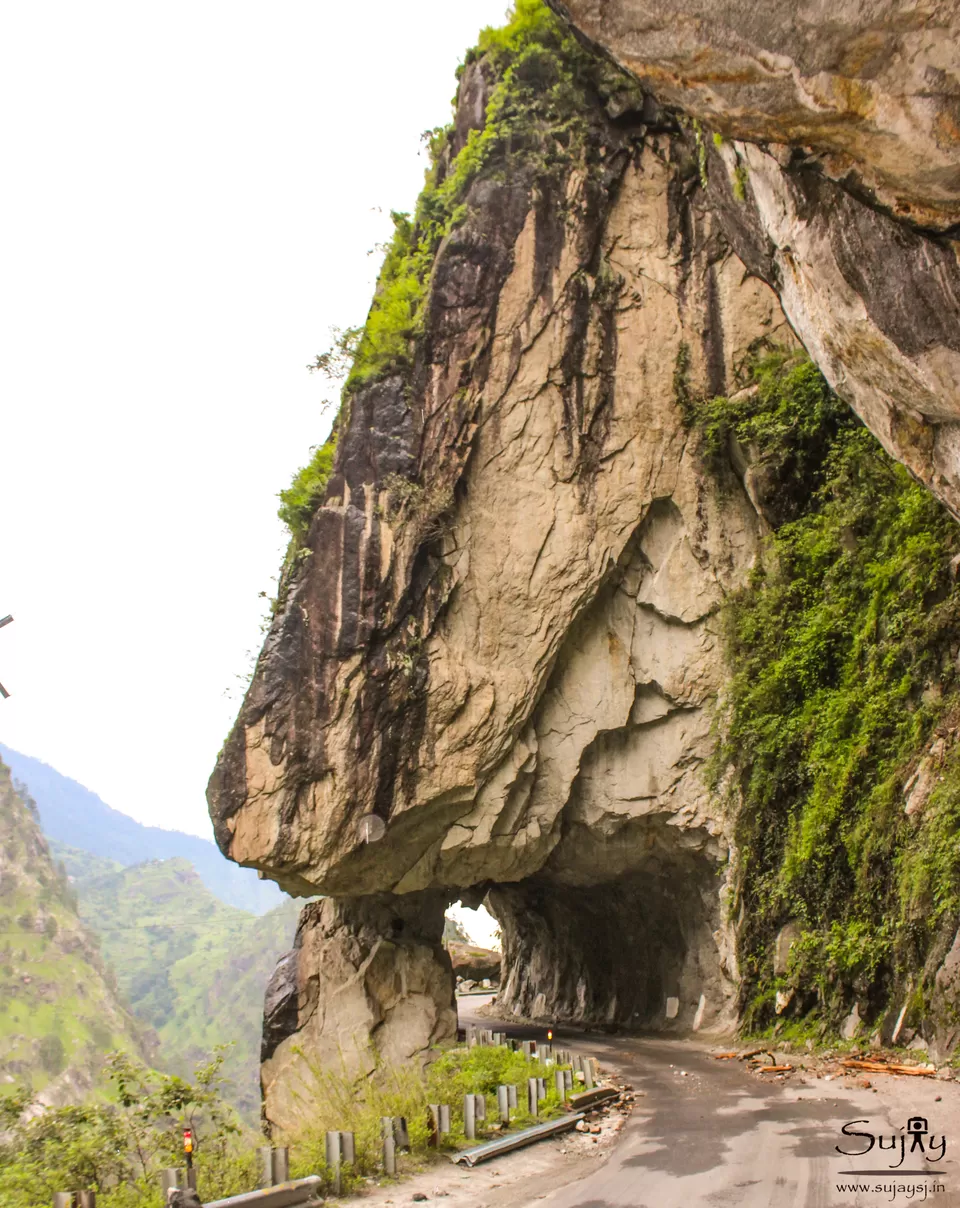
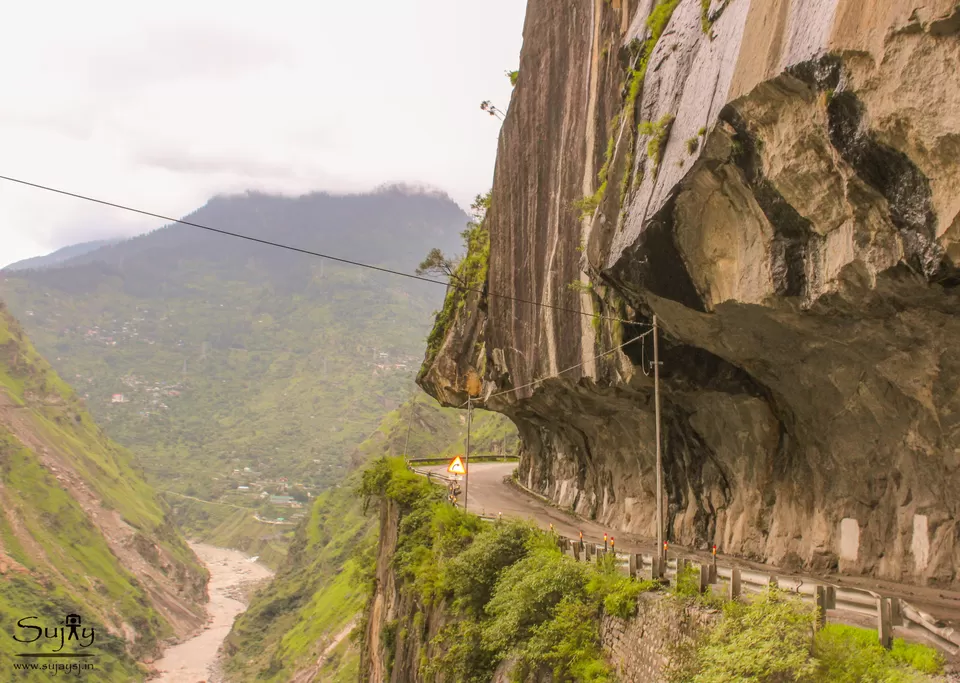
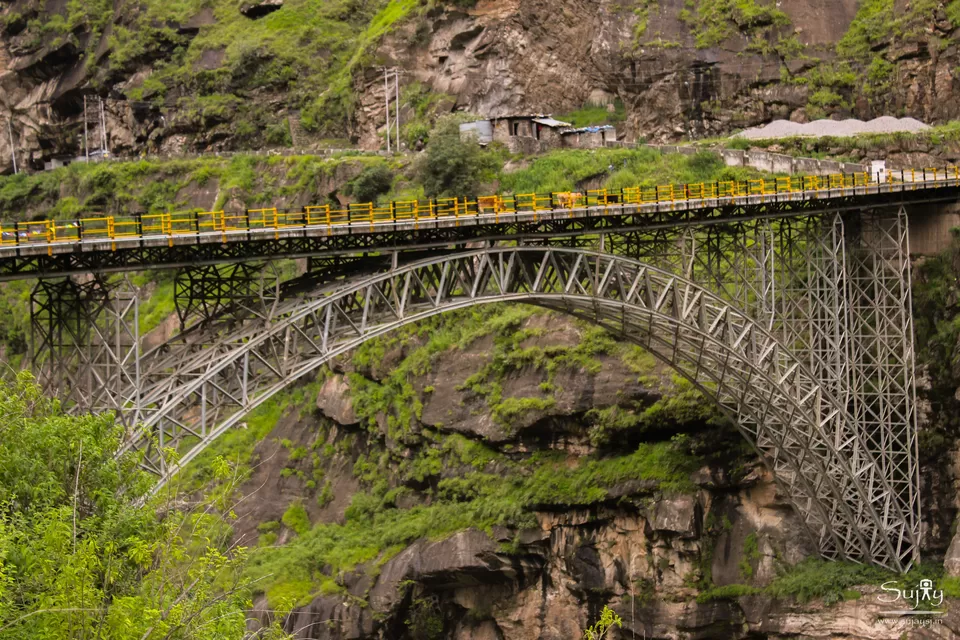
Just after this spot, there is a small temple - Tharanda Maa temple built by Indian Army to seek blessings and safety during the stay in the valley. Every vehicle passing though does stop here and if not others, the drivers certainly seek the blessings of Goddess. From here the landscape was filled with vast valleys having hundreds of waterfalls which are formed by the snow melts. The river Sutlej meanwhile keeps gushing alongside with a thunderous noise. We stopped over for a tea break near Karcham Dam at around 6.30 PM. From here, there are two roads, one road takes you to Sangla - Chitkul and the other road takes you to Reckong Peo and further to Spiti Valley. We checked in at a hotel in Sangla - Hotel Tridev Bhagati Regency around 8 PM. Sangla means "Pass of Light" and is a beautiful valley surrounded by forested slopes and offers views of the high mountains. Chitkul is the last village in the valley and is very close to the Indo - Tibet Border. After our dinner, we rested for the night listening to sounds made by insects chirping in the forests.
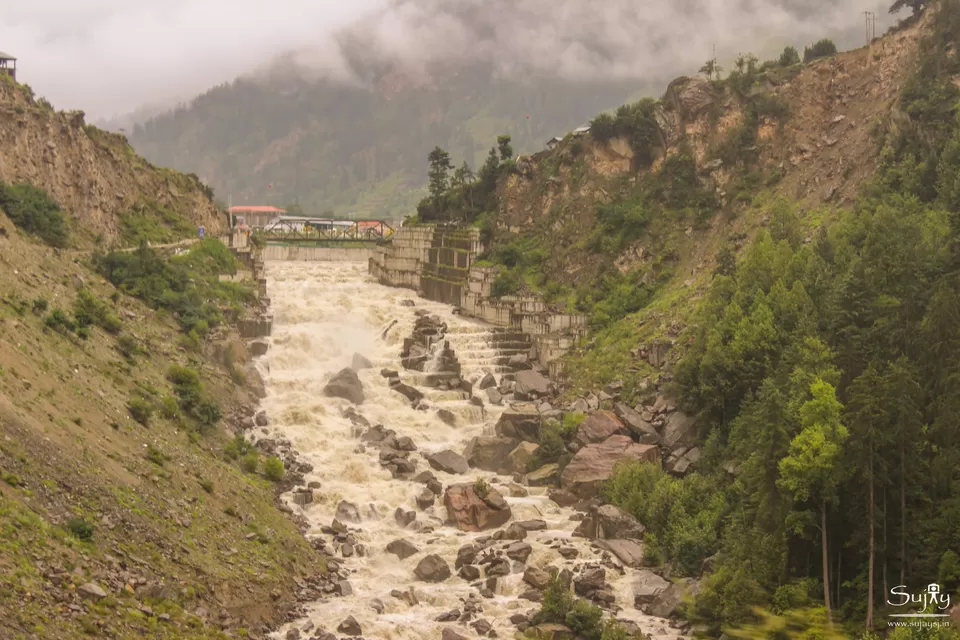
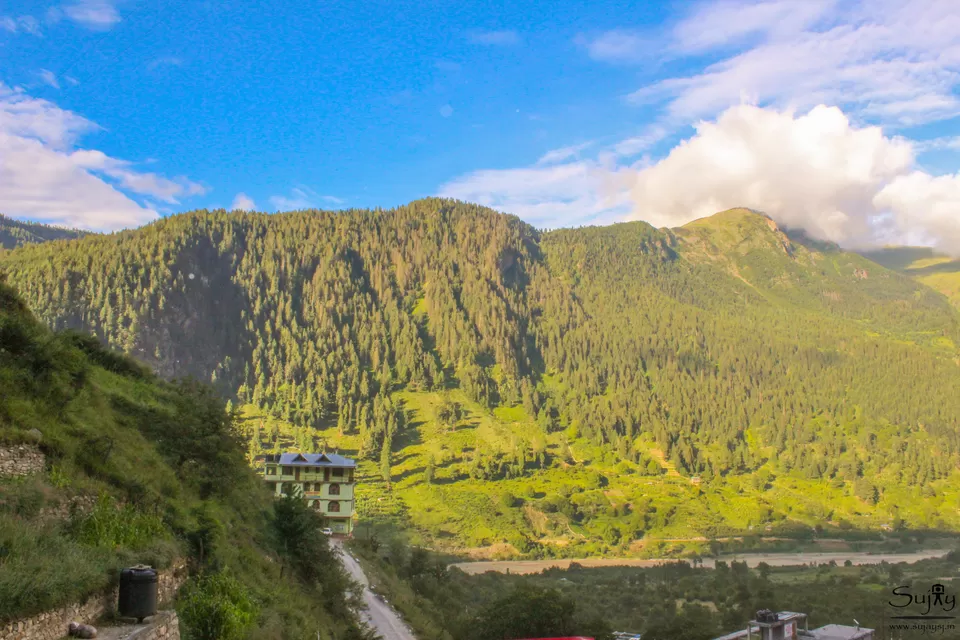
Day 3 – Visit to Chitkul and arrival at Reckong Peo
Waking up at around 6.30, I was surprised to see clear views of the valley. There was no early morning fog and chillness in the air that I was expecting. From the hotel, we could see the high Himalayan mountains and the river Baspa silently flowing in the valley. From Sangla there was no mobile network coverage till we reached Reckong Peo later in the evening. On the way to Chitkul which is about 30 kms from Sangla, we had multiple stopovers for capturing photos of the numerous waterfalls and stunning landscape. This road journey is a delight for nature lovers; especially the stretch after Rakchham and right up to Chitkul. The valley is extremely beautiful flanked by huge mountains on one side of the valley and apple orchids and potato farms on the other side.
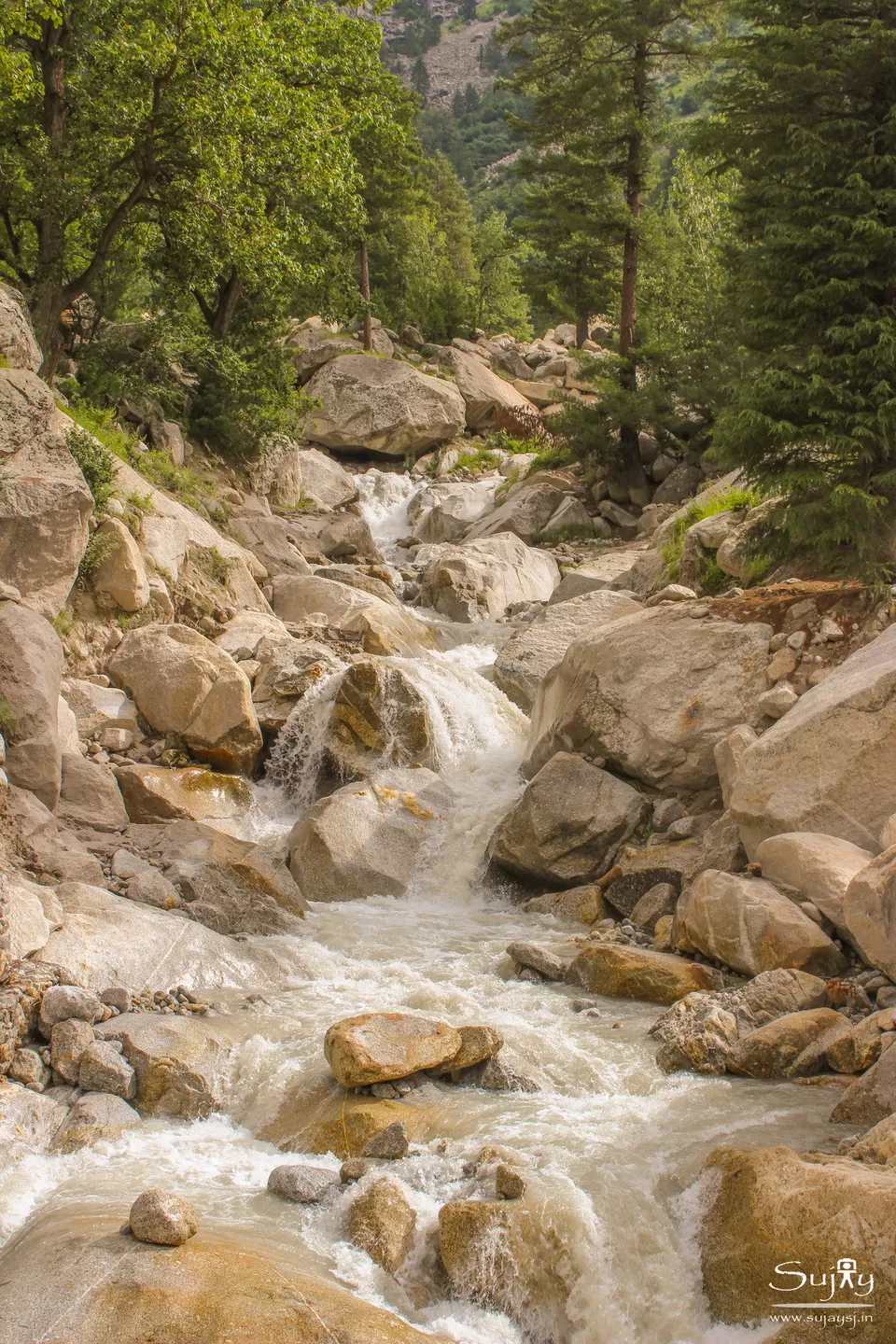
About 8 Km before Chitkul village, there is a check-post managed by Indo-Tibetan Border Police Force. It is necessary to make an entry for every vehicle and visitor heading towards the village. Another 10 mins ahead, we reached the quaint beautiful village of Chitkul. As you arrive at the village, you will surely be wondering about the kind of life the people here. This village is cut-off from rest of the country for 7-8 months a year due to heavy snowfall. There is no other access to the village. There is neither network coverage nor any emergency services available. In the village, we stopped at Hotel Samaa Resorts one of the few resorts in this small village. We were greeted by a friendly dog who seemed to be thrilled on seeing people and obliged all of us in posing for photographs. 😀
While rest of the members headed for breakfast at the resort, I had a stroll around the valley and captured tons of photos near the Baspa river. I also visited the famous Chitkul temple which has a beautiful backdrop of the mountains. From the temple, there is a narrow road which leads to Tibet. However, civilians are not permitted on this road and it is used only by the border security forces. I could occasionally see snow clad mountains as the clouds cleared over the high distant mountains in the Tibetan territory. After an hour long photo shoot of the valley and temple, I had a hot cup of tea at the resort.
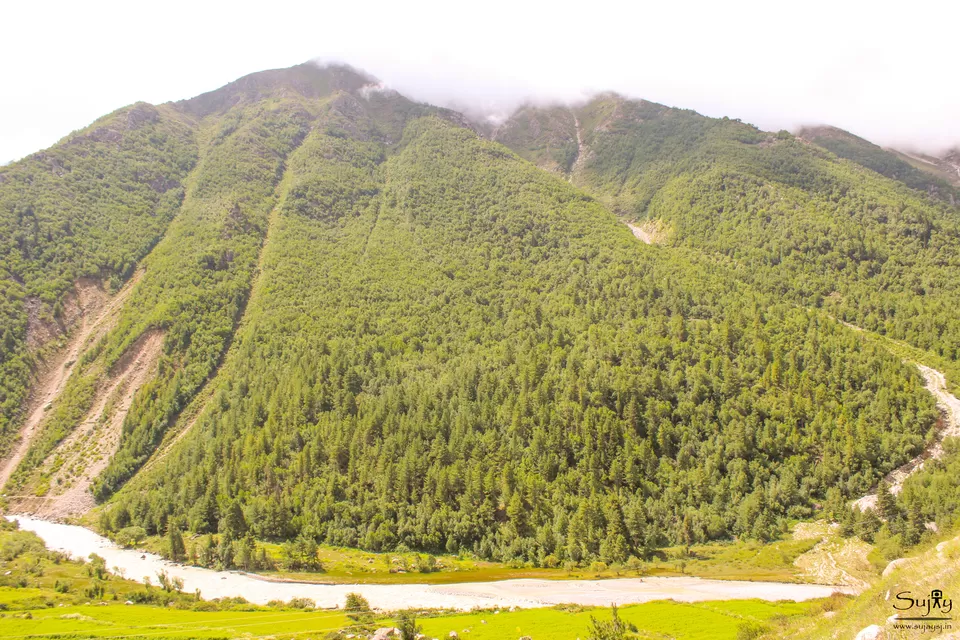
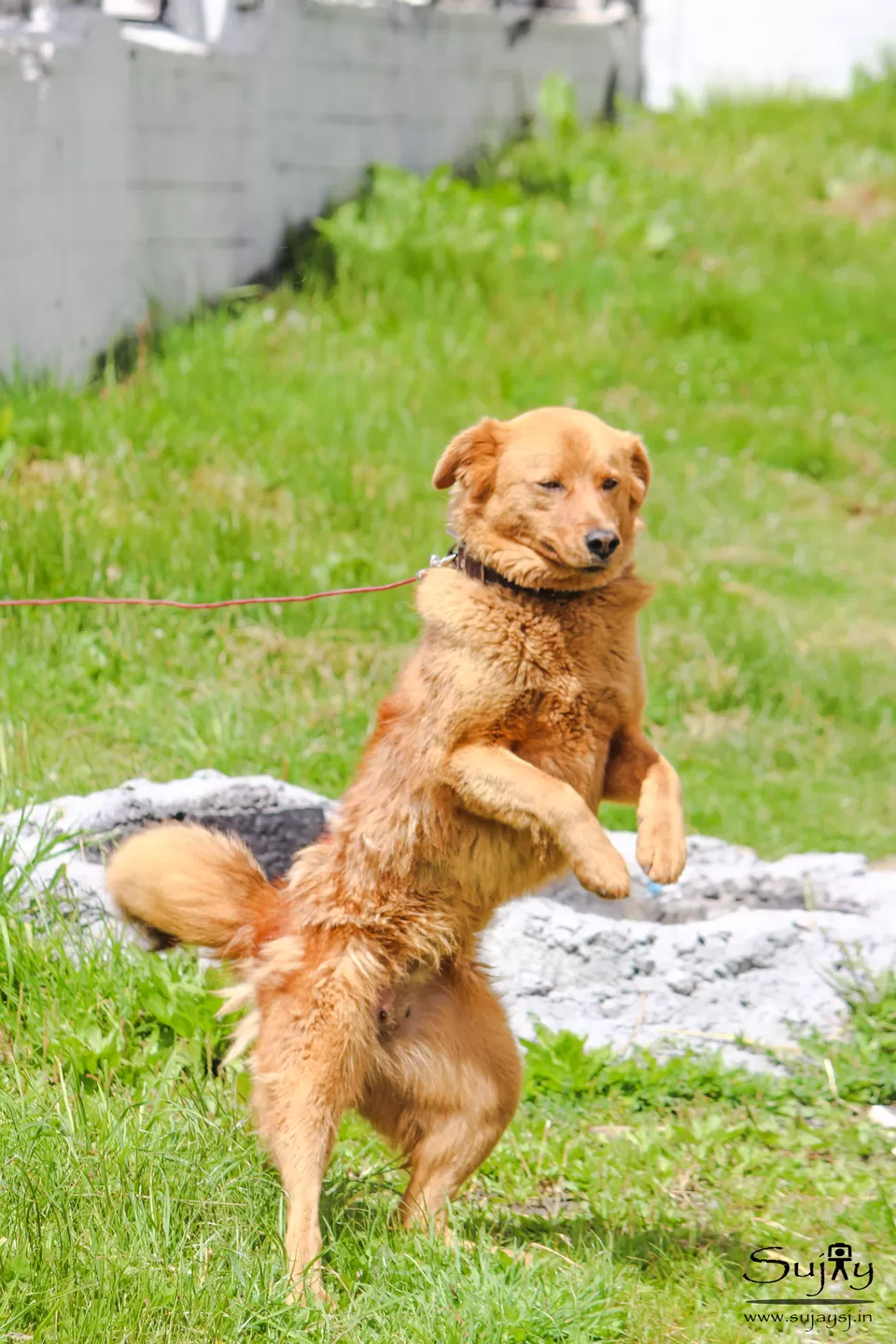
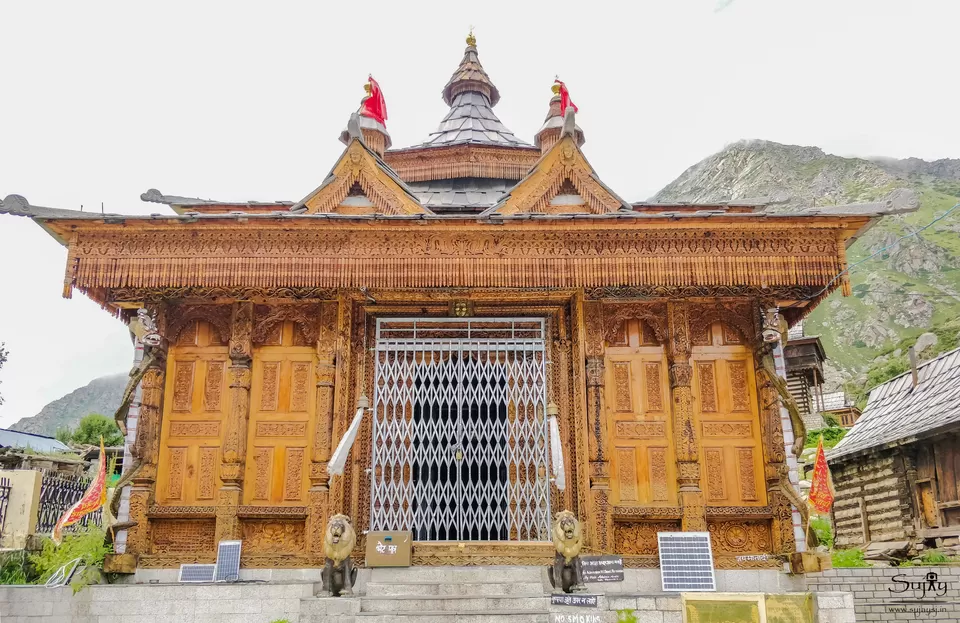
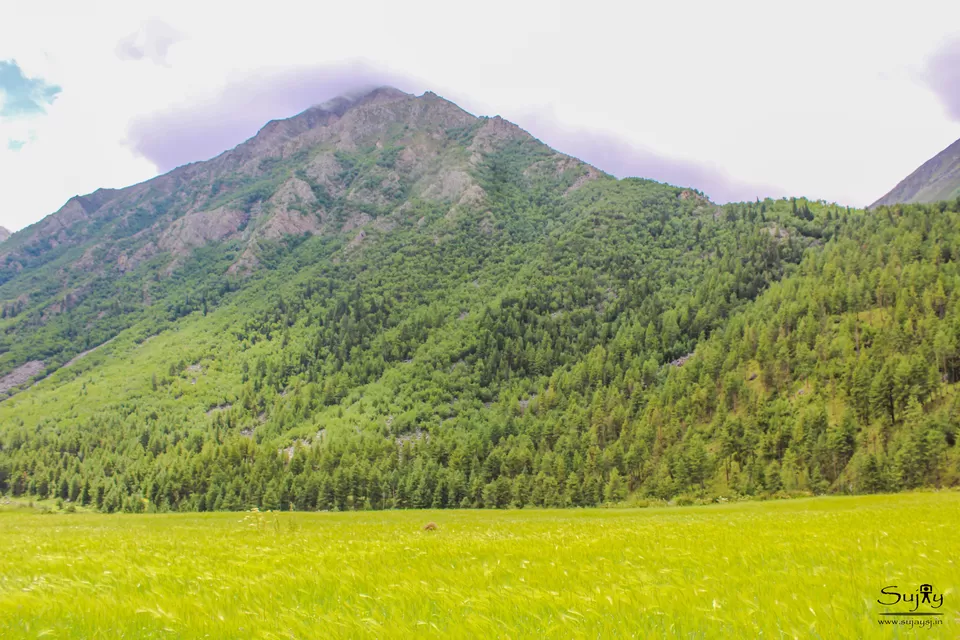
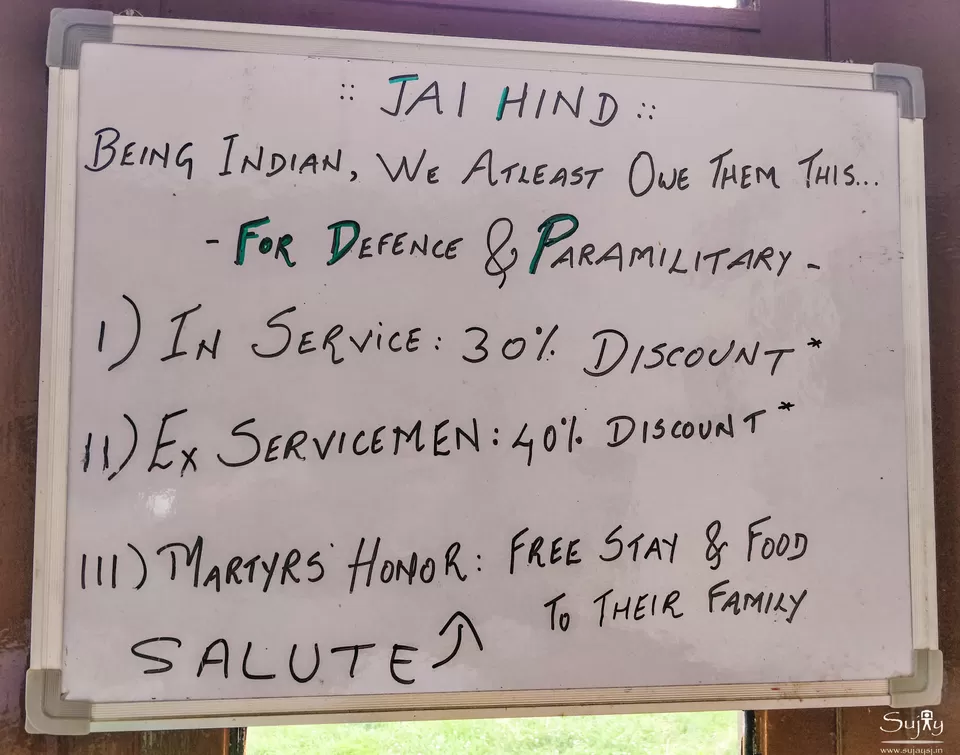
We returned back to Karcham Dam around 3 PM to take the other road heading towards Reckong Peo which is the headquarters for Kinnaur district. The road ahead for about 10-15 kms was virtually non existent. The river Sutlej was in full flow here and just the sound from the river gushing could scare the weak hearted. There were massive cliffs all around. Every few kilometers, a defense establishment could be spotted. After a back breaking journey of 2 hours, we reached Reckong Peo. At Reckong Peo, we stopped at a point to catch a glimpse of the holy Kinnaur Kailash peak. On the peak there is a huge free standing rock which is considered as a Shivling and very holy among the Hindu people. The rock apparently changes color from time to time. People often go on a pilgrimage to offer salutations to the God. From a distance however, one needs to be lucky to see the rock as the peak is often covered with clouds. We were lucky enough to spot the massive stone atop the peak for a brief couple of minutes.
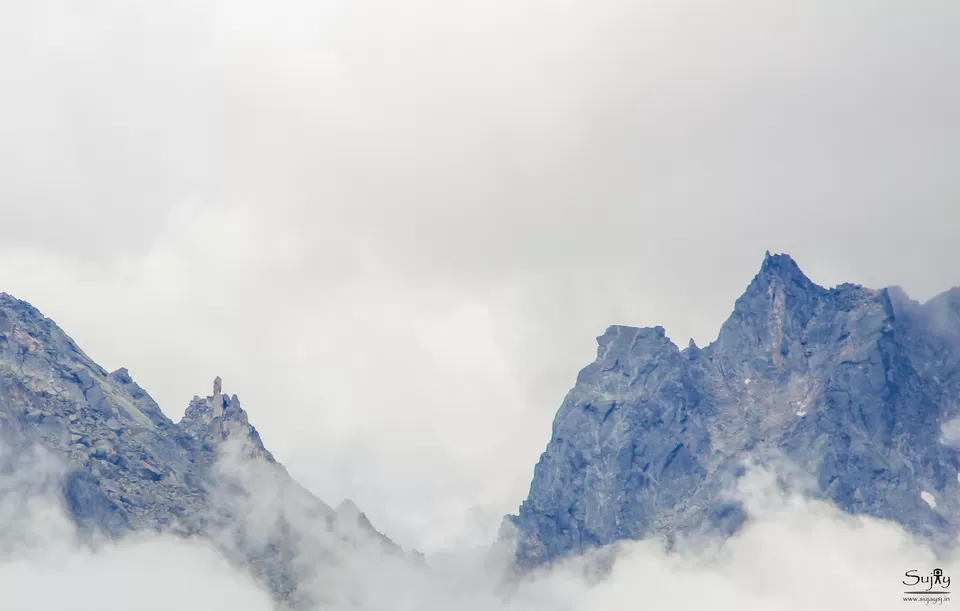
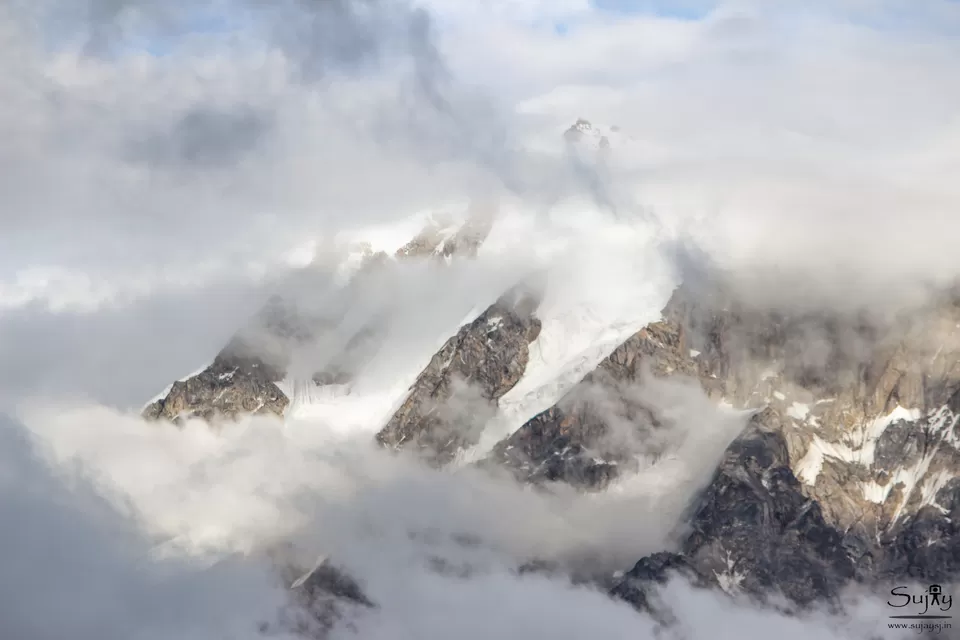
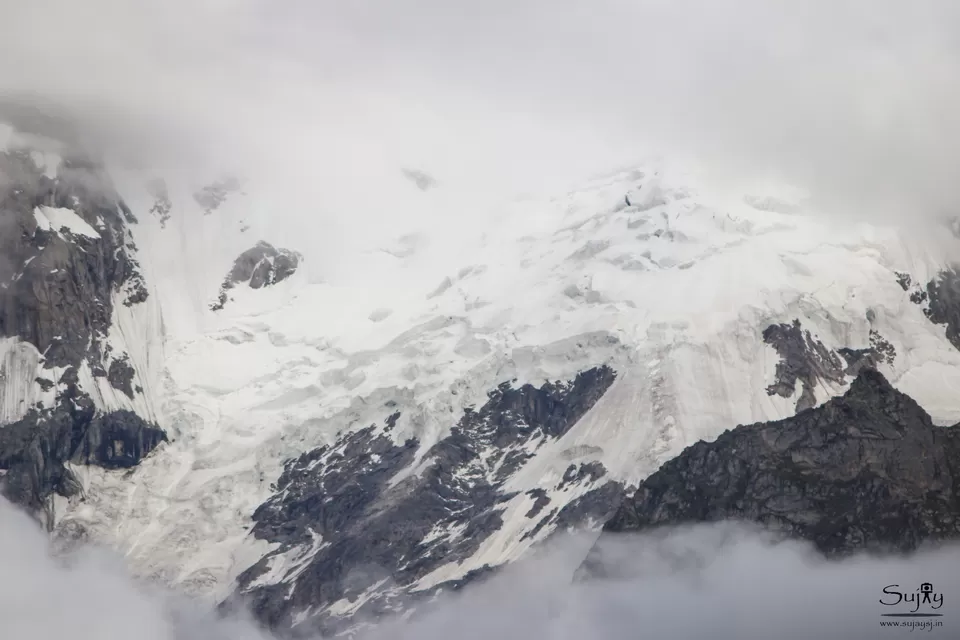
We could also spot the Jorkanden peak. Jorkanden is the highest peak in the range and is often confused with the Kinnaur Kailash peak because of a similar rock atop the cliff. From the city, we could spot distant glaciers and snow clad peaks. After a quick photoshoot, we headed further to visit an old Buddhist Monastery.
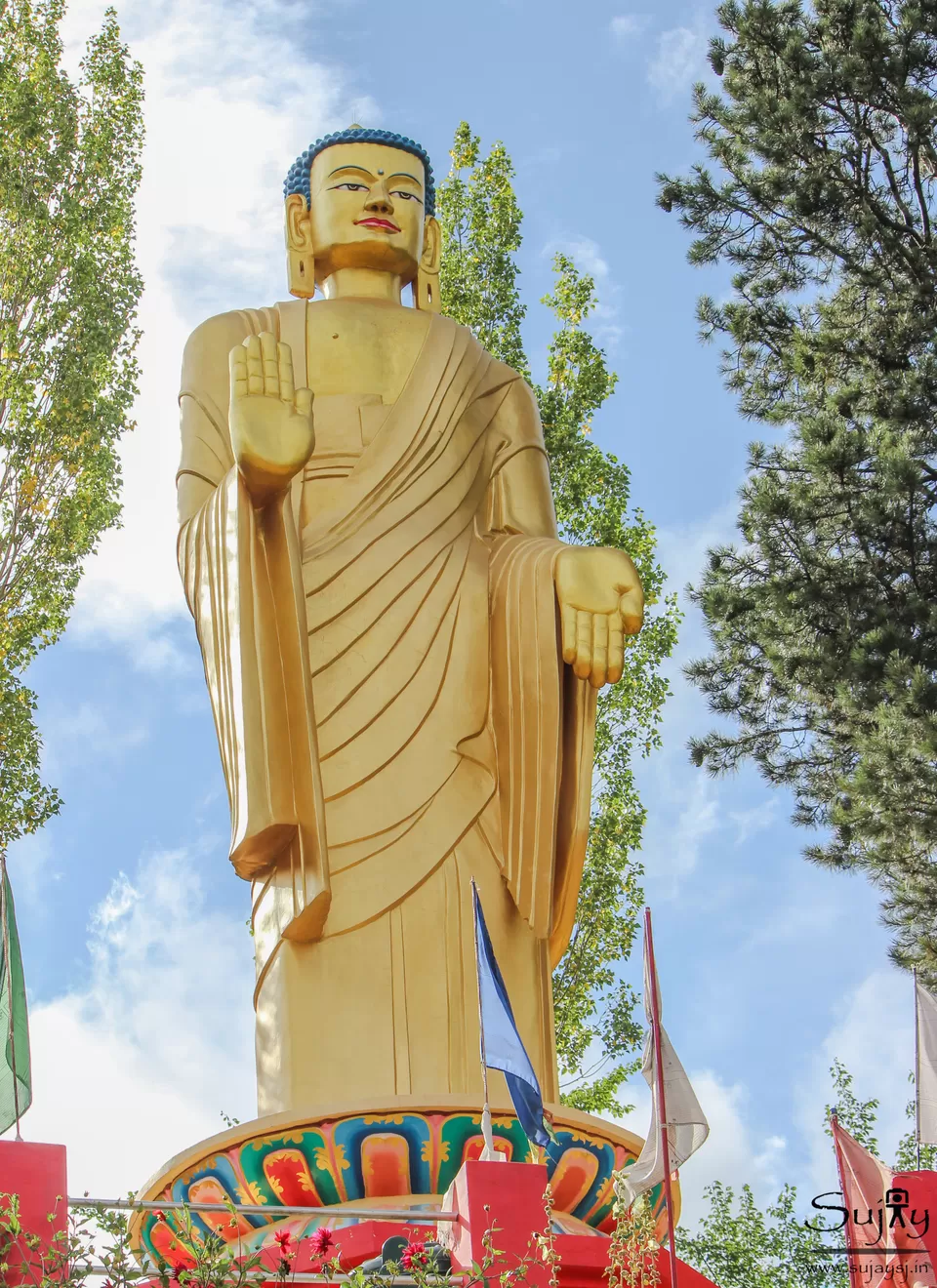
The Monastery was undergoing renovation, so couldn't spend much time here though. We then headed to our hotel - Hotel Destination by around 6 PM. After freshening up, I had a nice long discussion with the three car drivers where they shared some of their experiences of tours across the region before having dinner and retiring for the night.
Day 4 – Enter Spiti Valley – Nako and Tabo
Post breakfast, we checked out at around 8 AM and our journey started off on the virtually non-existent roads. Our host from the previous night's stay also joined in my car for rest of journey till Manali. We stayed at their hotels itself at Tabo and Kaza. From Reckong Peo, at every few furlongs, there were boards warning travelers of shooting stones, landslides from the hills bordering the road. The landslides here can occur even by the slightest of movements, such as a heavy animal moving at the top. There were JCB's positioned at a regular distance to help clear the debris from the landslide. About an hour in our journey, we arrived at Kasang Nallah a beautiful waterfall where we spent some time for photography. After the waterfall, there is very minimal greenery seen on the mountains as the desert landscape starts. Near Kharo Bridge we moved over to the opposite bank of the Sutlej river. Here, my guide told me about a small village by name Ribba, which is completely cutoff from rest of the world. No outsiders are apparently permitted to enter this village. Though I did not believe on that statement, I simply nodded and we moved ahead. The landscape after the bridge gradually changed into a desert type landscape with hardly any flora and fauna visible.
Few kilometers ahead, we arrived at a small village - Akpa. Akpa is an important village for tourist perspective because foreigners need special inner line permits to proceed further. From the checkpost, the roads were in good condition. The landscape by now had changed to complete desert type with the road cut through mountains, the river Sutlej continuing to flow relentlessly below, and massive cliffs visible on either side. For many a mile, there were no signs of a living thing - plant or animal. The signboards along the road kept reminding that this is one of the worlds most treacherous road and to always expect the unexpected in these regions. The roads here are maintained by Border Roads Organization (BRO) which proudly claims that they are connecting life with rest of the world, which is quite true, as the villages in these areas are cut off from rest of the world for 6-7 months a year due to heavy snowfall.
Around noon, we arrived at Khab, famous for confluence of Sutlej and Spiti rivers. The confluence itself is very distinct - the Sutlej river having a muddy brownish color and the Spiti river having a clearly whitish color to it. From this junction, one can also see the Manasarovar range of the Himalayas from where the Sutlej river takes birth. In fact China border is just about 15 kms from here. After some more photography here, we continued our ascend to Nako village.
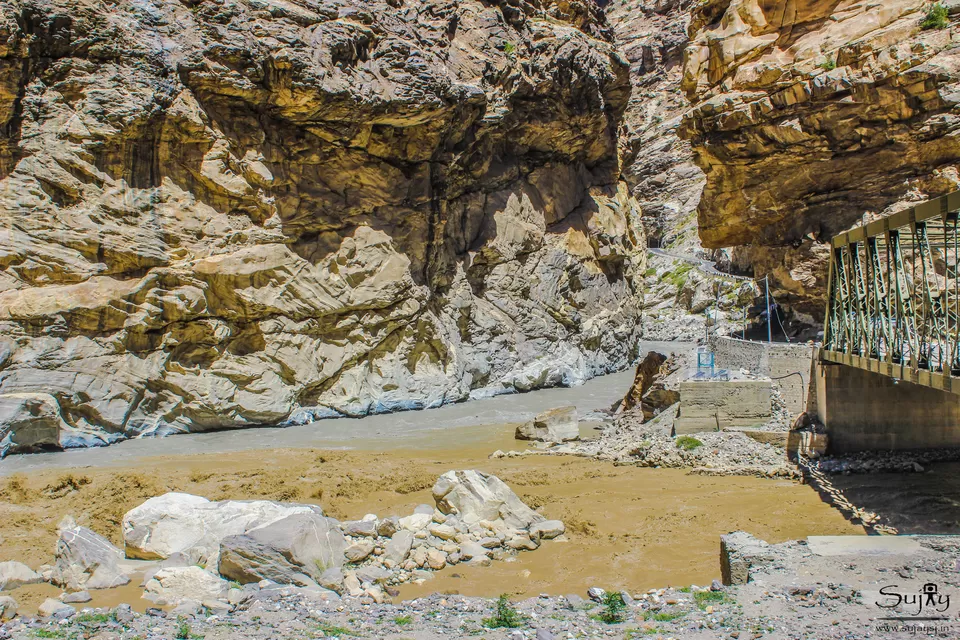
From Khab, the dramatic landscape with jaw dropping cliffs is bound to leave you speechless. You can see hundreds of massive cliffs all around you with the Spiti river silently flowing below. Midway to Nako, we were stuck for about 30 mins due to minor landslide. The BRO was cleaning up the debris and repairing the road for vehicular movement. I used this opportunity to do some photography of the vast desert landscape. Atop some mountains, I could spot snow as well which was kinda weird for me to witness - combination of desert and snow! To be honest, even the wide angle 18mm lens wasn't enough to cover the landscape. Probably a 10mm wide angle lens would do.
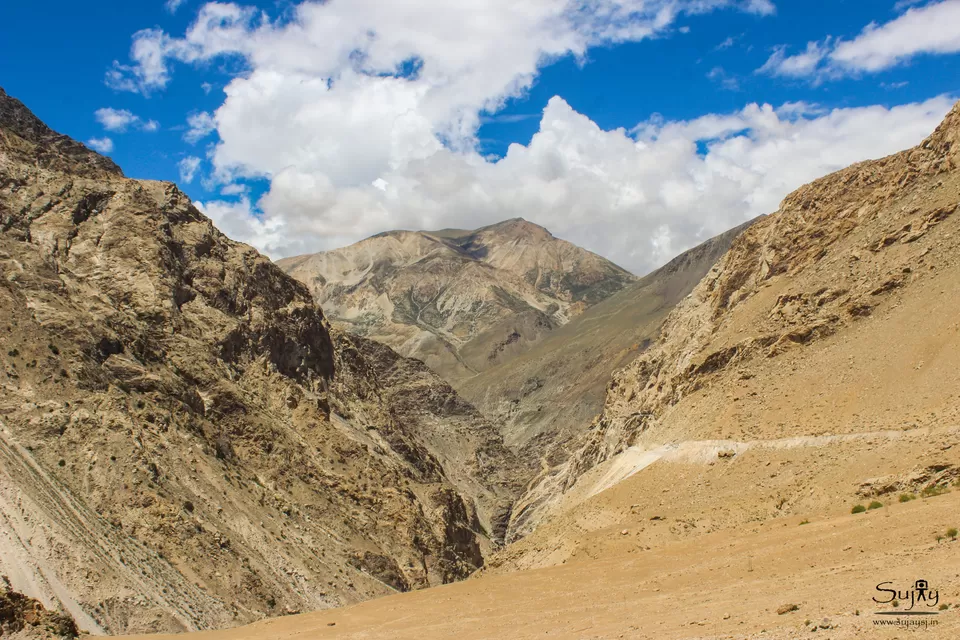
Just before Nako village, we stopped over for lunch at Hotel Valley View. I had a simple, yet tasty lunch comprising of rice, dal and a curry. The tea served was prepared was made from Yak's milk as cows or buffaloes are not found in these regions. After a drive though desert landscape, we arrive at quaint green village of Nako. Nako is the last village in Kinnaur District and is popular for its monastery which was built in 1025AD and a beautiful lake. The sparsely populated village has beautiful small houses connected with pathways traversed only by foot. The people here make their living through green peas and potato farming. The village also has a helipad to rescue the village people who might be stuck during the winters when the temperature drops several notches below 0 degrees.
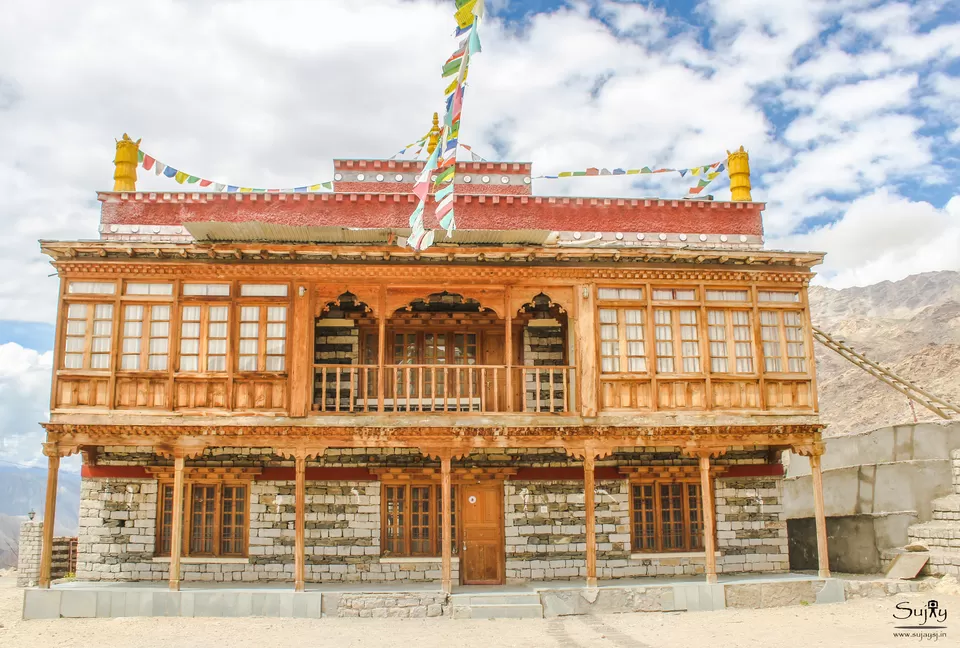
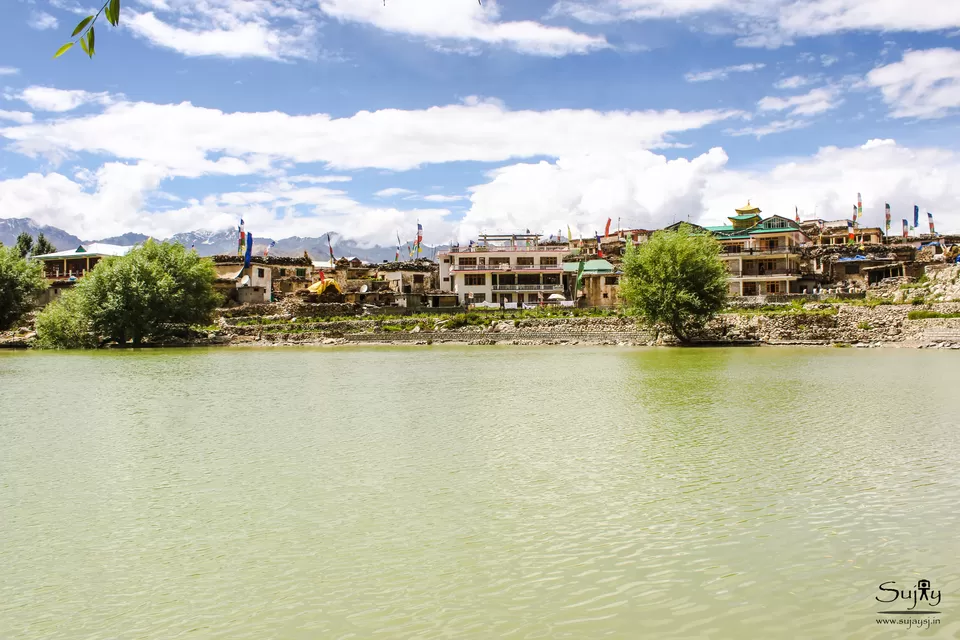
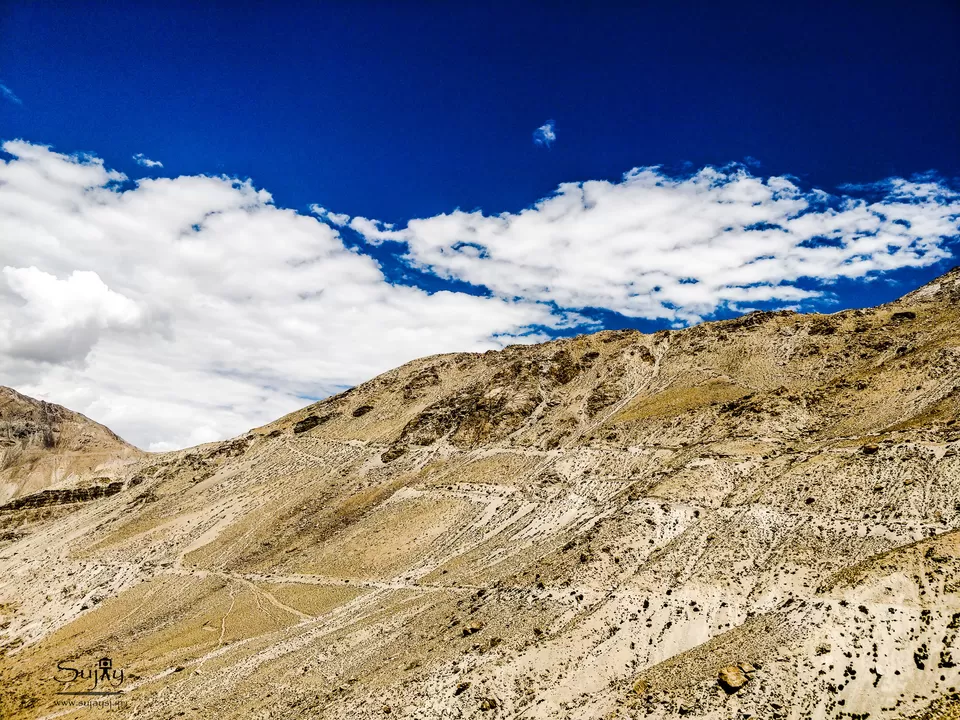
Ahead of Nako as you start to descend into Spiti valley, the first hurdle you would face is the Malling Nala. This place is known for a waterfall which needs to be crossed in your vehicle and also for frequent landslides that happen here. Here is a YouTube video which I found that will give you a good idea of the crossing - Click here. The left bank of the Nala is sheer drop of over 12000 ft! After crossing the point with some difficulty, we proceeded further and came across a spot where we spotted a herd of Himalayan Ibex which is quite rarely found in this time of the year. It was quite difficult to spot them as they were perfectly camouflaged with the desert backdrop. Luckily, they were crossing the road as we were about to pass which enabled us to spot them.
After descending from Nako, you will come across Sumdo checkpost where the permits are verified again for all passengers. Inner line permits are needed for foreigners only. The checkpost marks the beginning of Spiti district.
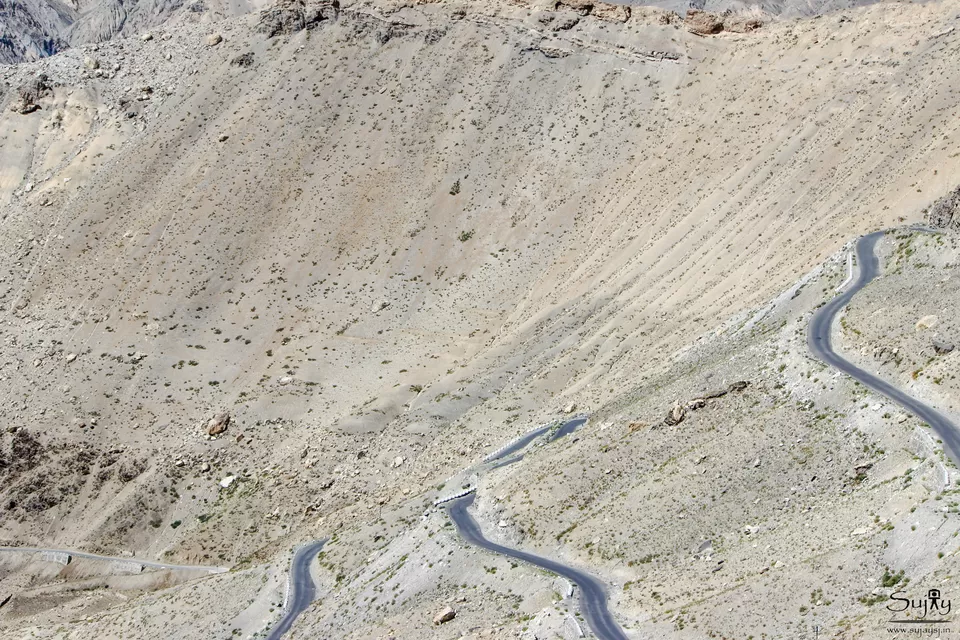
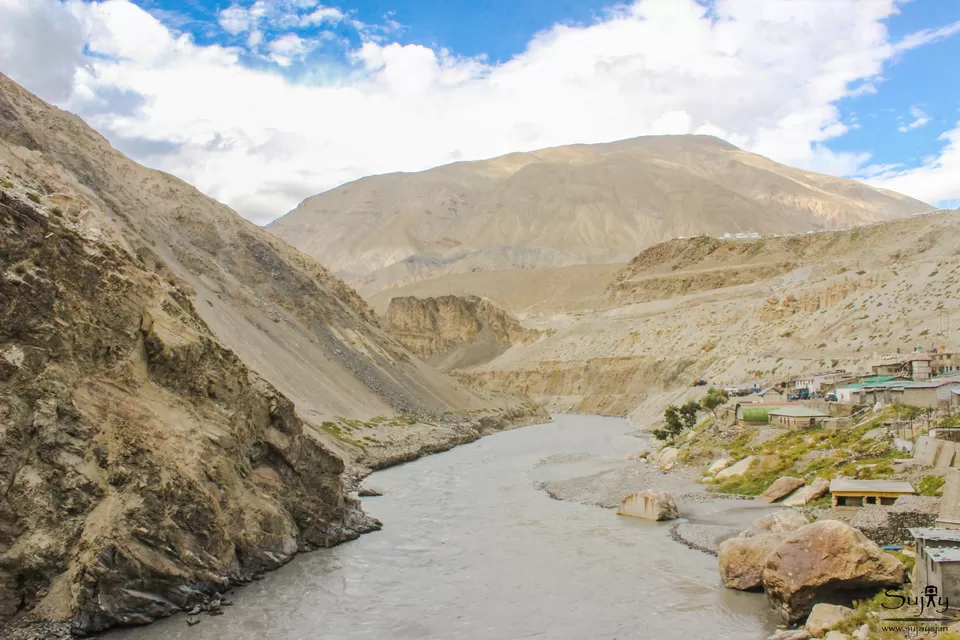
The first place in Spiti that I intended to visit was the Giu Monastary and see the naturally preserved mummy there. We reached Giu by around 4 PM in evening. Giu is a quaint village of about 50- 60 houses and as we reached the monastery, there was sudden downpour. Heavy rainfall is very rare in these parts of the country. We didn't want to take chances of spending much time here as landslides can happen easily even with a quick 5-10 mins downpour and could cut us off for few days or weeks. We thus couldn't spend much time at the monastery, but more about the famous mummy below -
The official statement is that Giu Mummy was discovered by the Indo-Tibetan Border Police (ITBP) while clearing the debris from an avalanche. The mummy was found in a sitting position (in which pose it still remains) and carbon dating reveals it to be more than 500 years old. Local villagers and monks believe that the mummy was of a young monk who was a practitioners of "Zogchen", a highest form of meditation. The strange belt tied around the body could be a 'Gomthak' that Monks used to tie around their neck to their knee while meditating.
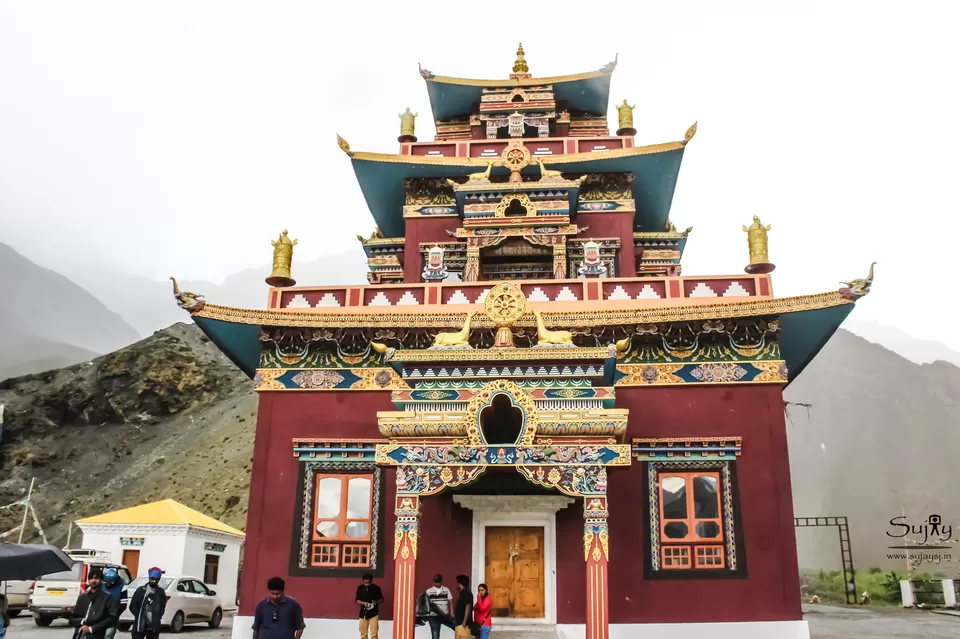
We then proceeded further to Tabo where we intended to halt for the night. We visited both the new and old Tabo monastery. Tabo monastery is one of the oldest monasteries in the world having been established in 996 AD and is also considered as one of the holiest monastery often visited by The Dalai Lama. We spent about an hour here visiting both the monasteries, capturing photographs as well as checking out the old scriptures and inscriptions that are well preserved.
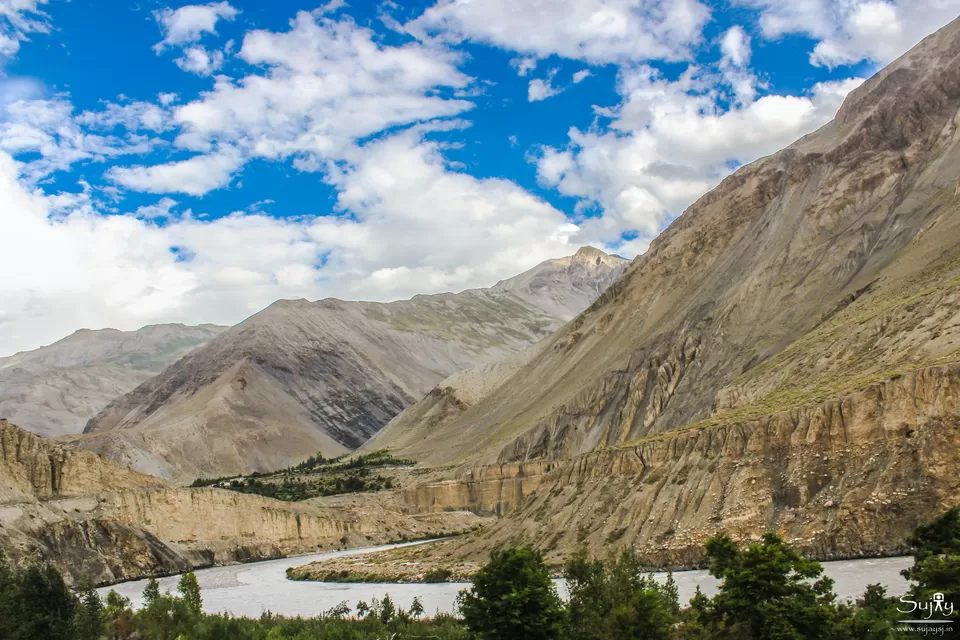
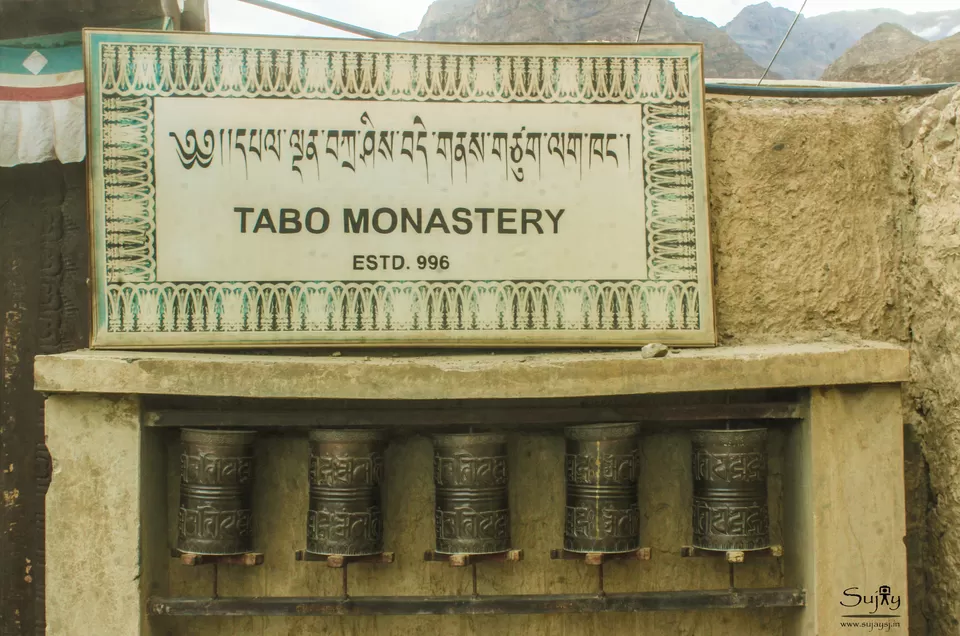
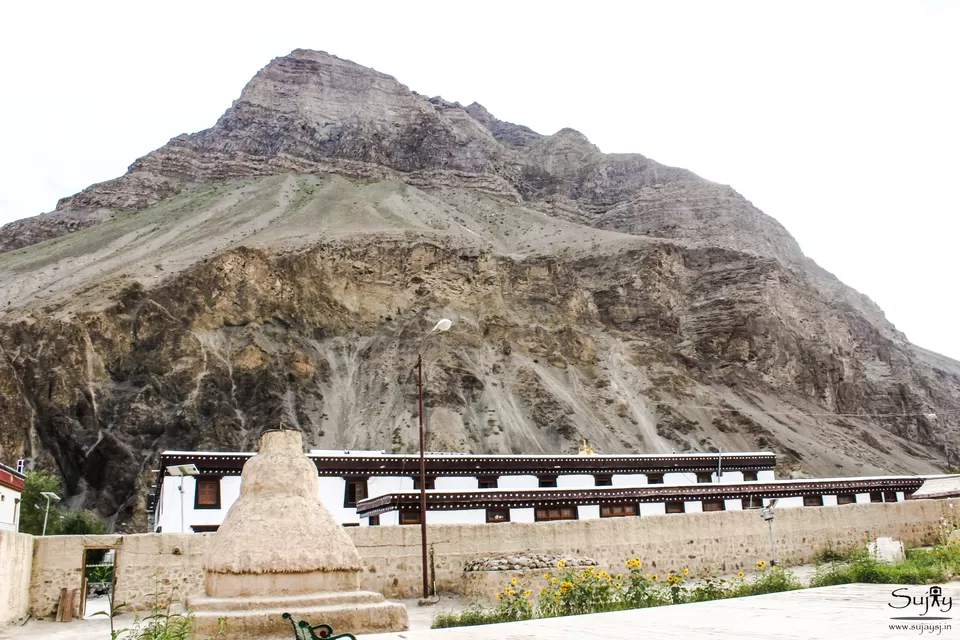
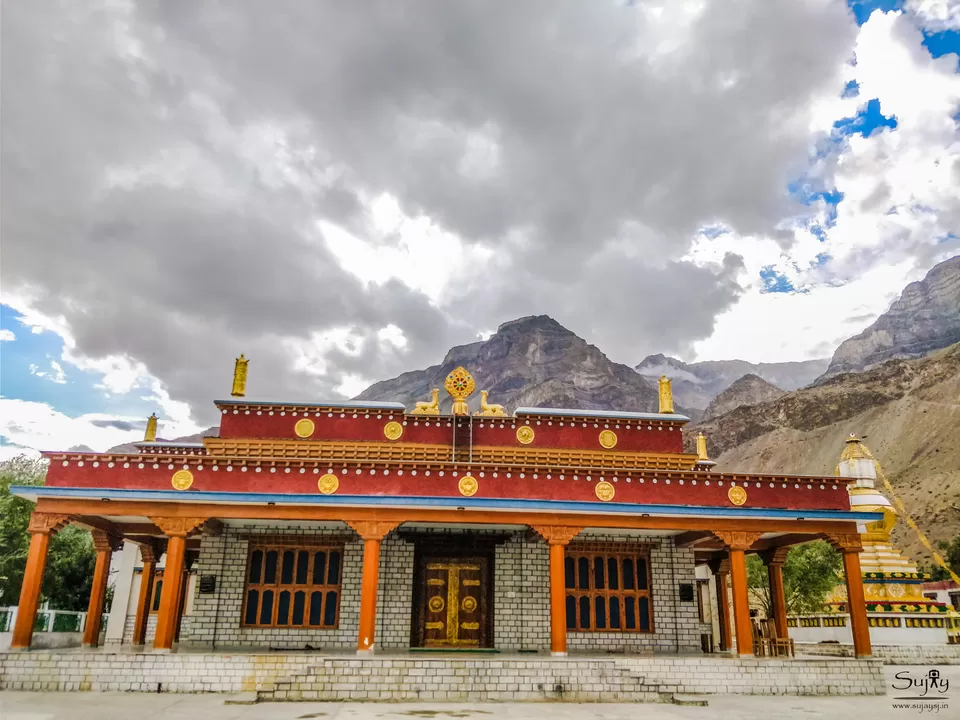
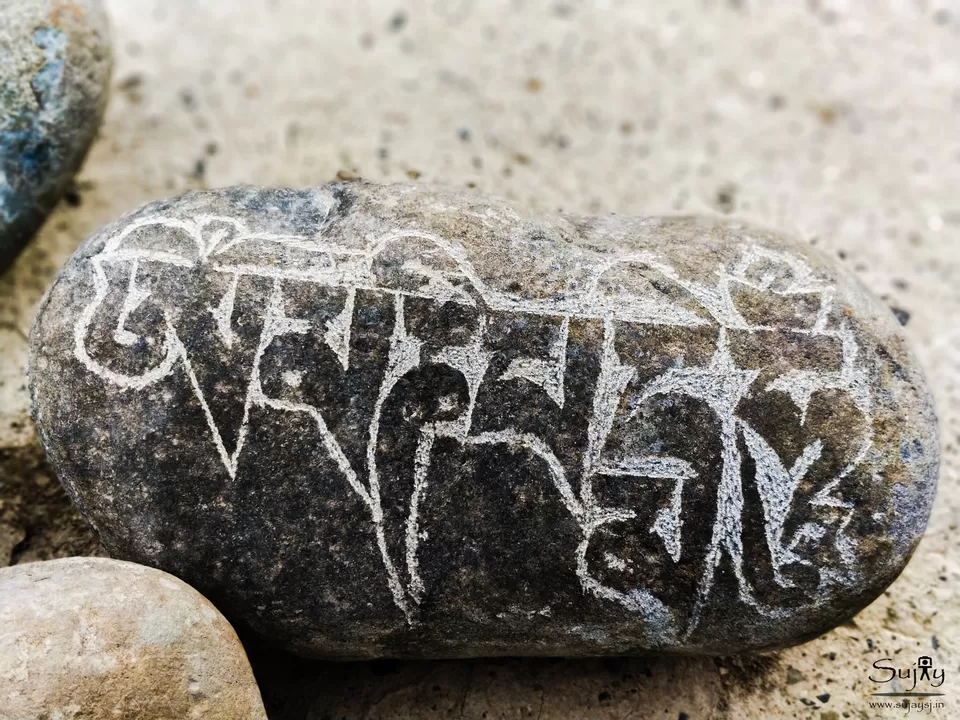
We then headed to our hotel and had our dinner around 8.30 PM. Post dinner, I was just strolling around the place and overheard the plans of the rest of the group. They were planning to rest longer, wake up bit late and skip visit to Komic and Hikkim villages. Though we had agreed initially at Shimla that the whole group would travel together in the three cars, I was not ready to miss a visit to these places. So I went and informed my driver that I am willing to wake up early and visit these two places as well. We thus decided to part ways for the next day and my vehicle would leave early morning to cover more places. We would then meet up at a Kaza post lunch or in evening. Having decided thus, I went off to sleep by around 10 PM.
The day started off early and as planned we set off to Kaza by around 7 AM. The drive from Tabo towards Kaza, gives one a feeling of being in the middle of nowhere. Vast barren lands on either side of the road with massive cliffs dotting the border and not a single living thing in sight. Our first stop for the day was at the Dhankar Monastery. The monastery as can be expected is picturesque and is atop a cliff overlooking the confluence of Spiti and Pin river. Dhankar was the old capital of Spiti during 17th Century. The place beyond Dhankar is famous for lunar landscape where you get to see huge sand dunes dotting the road.
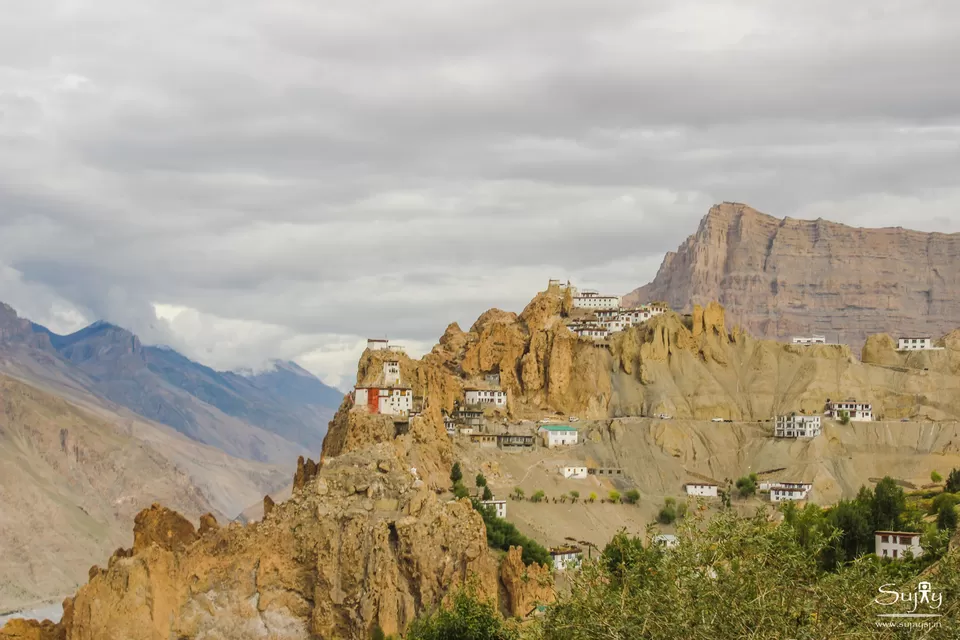
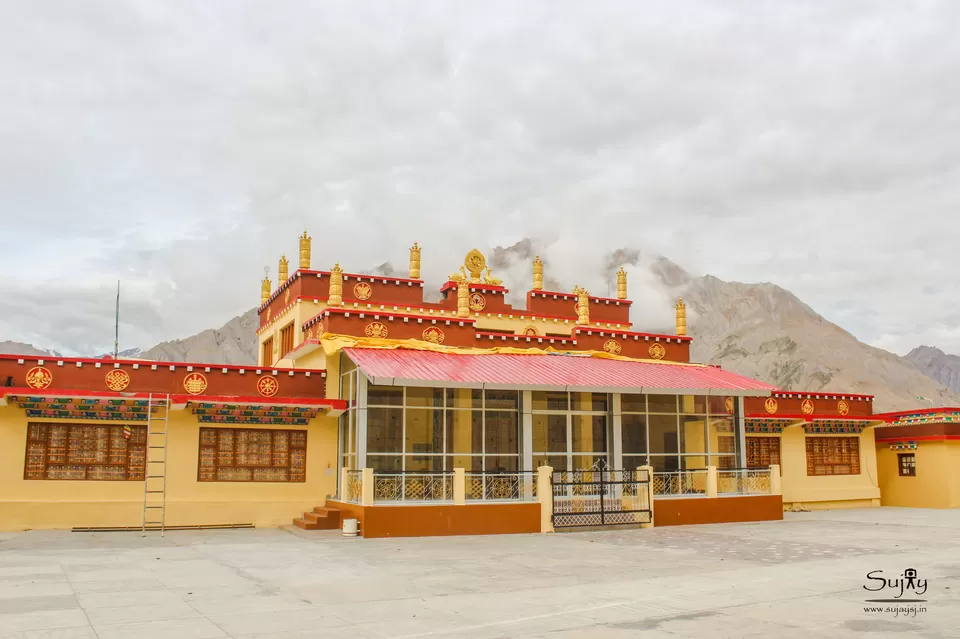
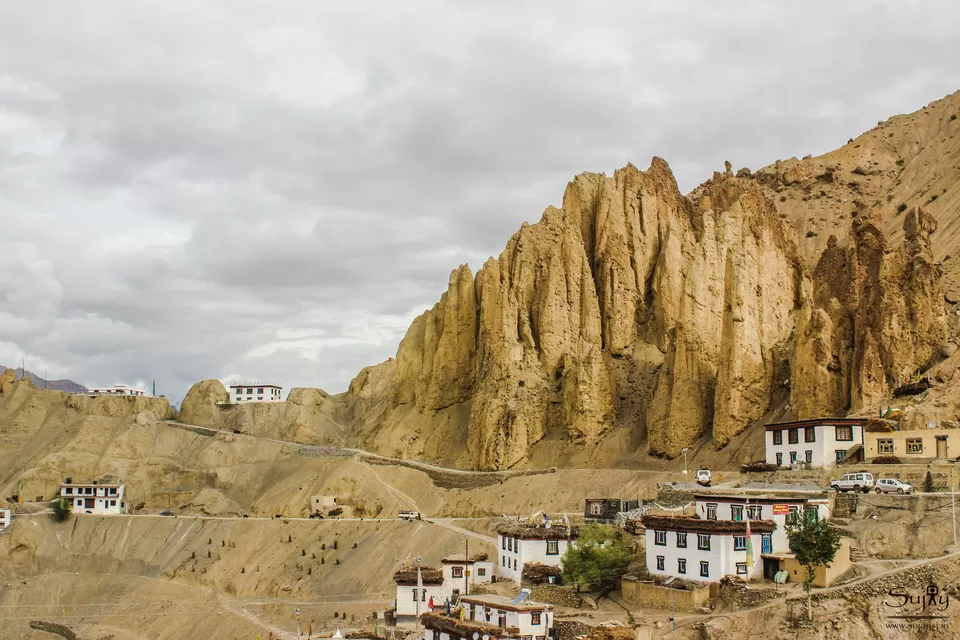
Post capturing some photos here and on the way, we reached Kaza by around 9.30. By now, the space in my memory card was over with over 1500 snaps captured. I had come prepared though with another memory card and duly switched the cards in camera. Continuing from Kaza, we headed to Langza village. The village is quite isolated and is famous for fossils. You do come across young kids by the roadside trying to sell some fossils. The village is surrounded by snow-clad mountains and barren landscapes. The village with a population not exceeding 150 citizens, has a huge statue of Lord Buddha, overlooking the valley, an ancient monastery, and has houses mostly built in mud and covered on top hay to keep the interiors warm during the harsh winter season.
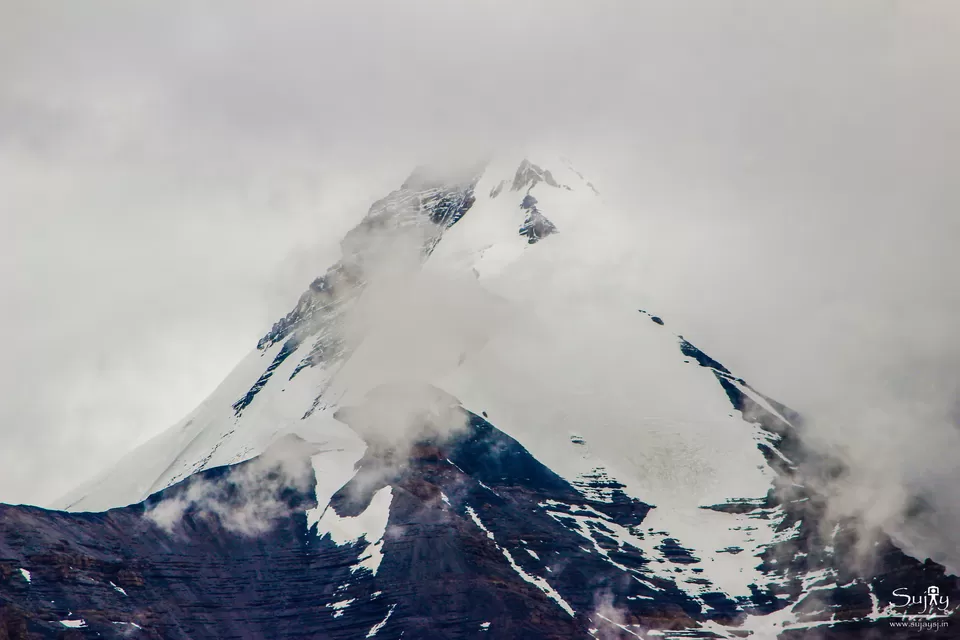
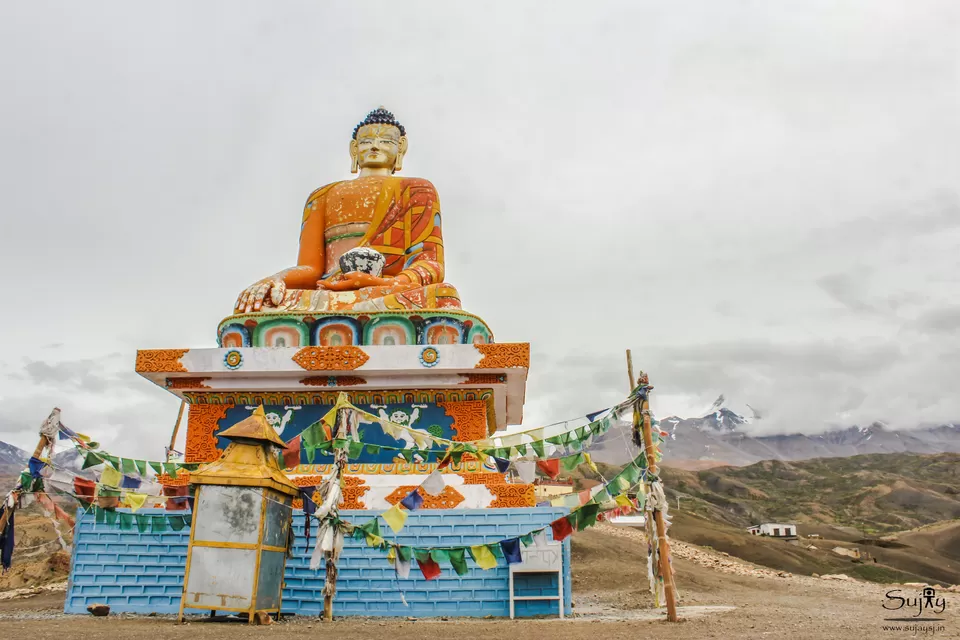
About 10 mins drive from Langza, we arrived at Komic. Komic is the highest village in the world connected with a motorable road and is at an altitude of 15,045 ft. This tiny village houses a population of just 118 and has a monastery. Despite being cut off from civilization and good infrastructure, there was a smile on most of the people that I saw here - showing how contended they were with their life and least interested about having sophisticated life that most of us in bigger cities live. After climbing a small incline, I could feel the drop in oxygen levels which meant heavy breathing. Although it was only for a brief couple of moments, this was something that I had never experienced before in my life and somehow had a sense of satisfaction to it.
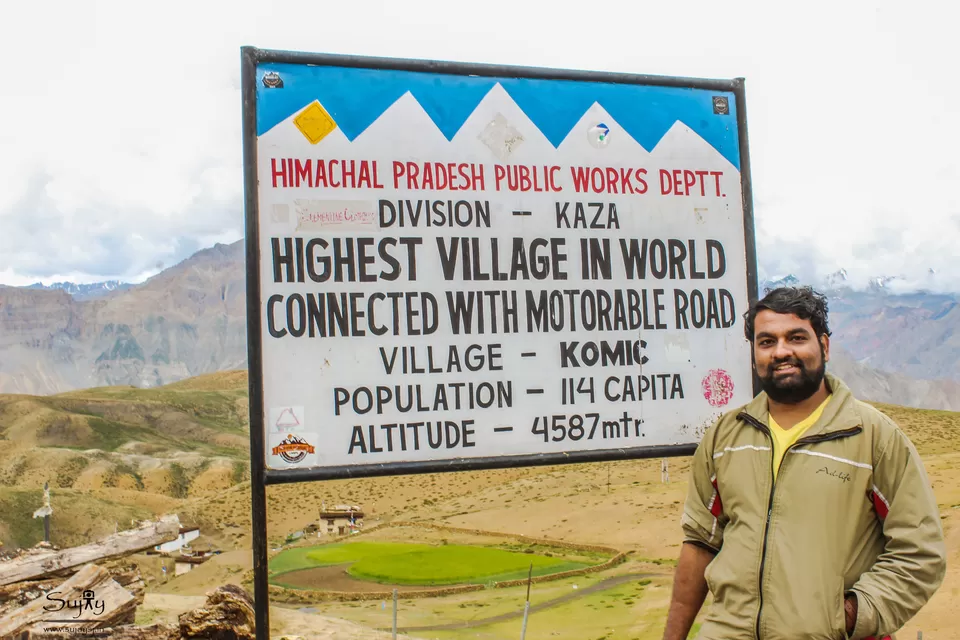
A little down from Komic, we arrived at Hikkim village which has the highest post office in the world situated at 14,587 ft. The post office is sort of a small hut with couple of folks who live inside the place. I wrote a postcard back to my family at the post office. The lady there told me that it will be delivered within 15 days and it actually got delivered roughly after a month.
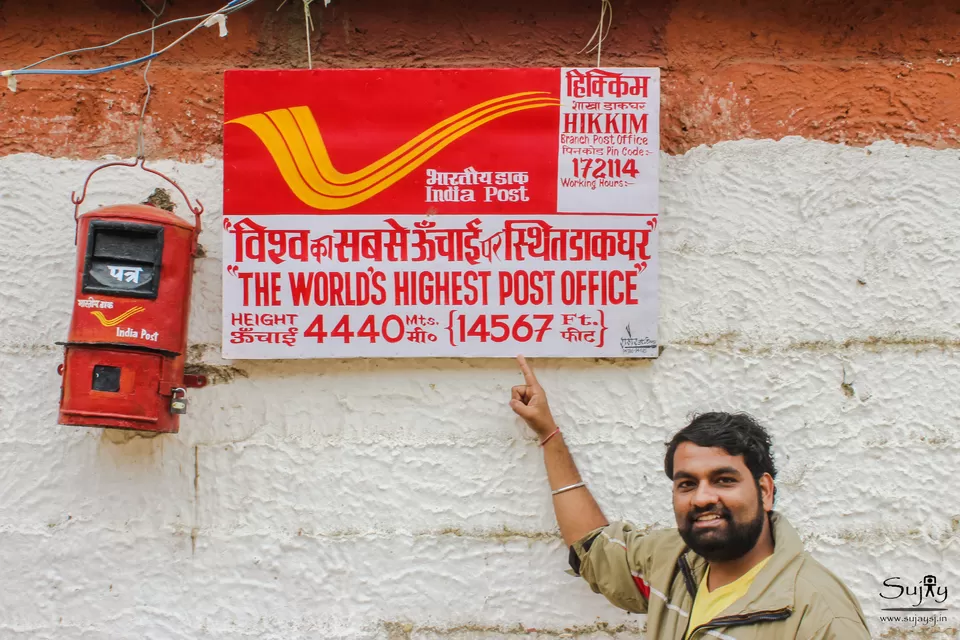
After posting the postcard, we descended down back to Kaza and headed to Key Monastery. The Key Monastery is the biggest monastery of Spiti Valley and was built way back in 11th Century AD. The monastery has been under the cynosure of many invading rulers in the past and had been partially damaged by an earthquake in the 1970's. The monastery itself is built at 3 levels and overlooks the Spiti valley. After visiting the monastery, one of the monks served fresh herbal tea prepared with some locally grown healthy herbs. As I sipped the cup of tea, the monk showed me around the place and the various murals which adorned the interiors of the monastery. The Key monastery along with the ones in Tabo and Dhankar form a trio of the most visited places in the Spiti Valley.
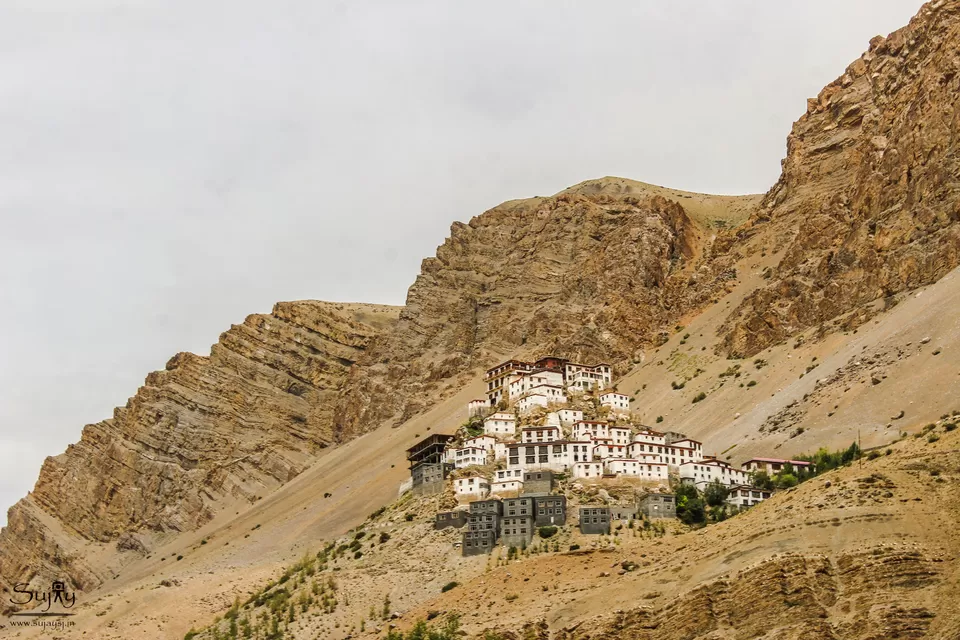
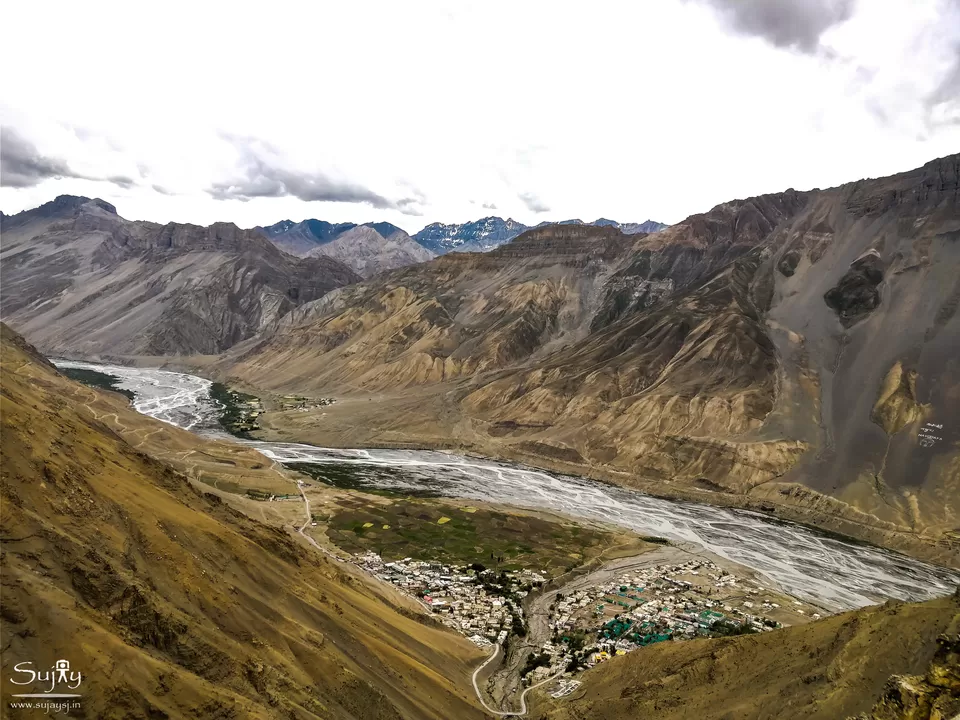
Before we headed back to Kaza, we also visited the Kibber village and relaxed for sometime here. Having had a very early breakfast at 6:00 AM, I was quite hungry by now and had some traditional lunch at Hotel Deyzor which is one of the most popular hotels in Kaza. My lunch consisted of Thupka - a Indo-Tibetan mixed dish and Seebok Thon - a juice made from fresh and locally grown berries. Post lunch, I checked in at my hotel - Hotel Phunstok Dehden and had a good afternoon nap. I woke up then by around 5 PM and visited the Kaza Monastery and the local market.
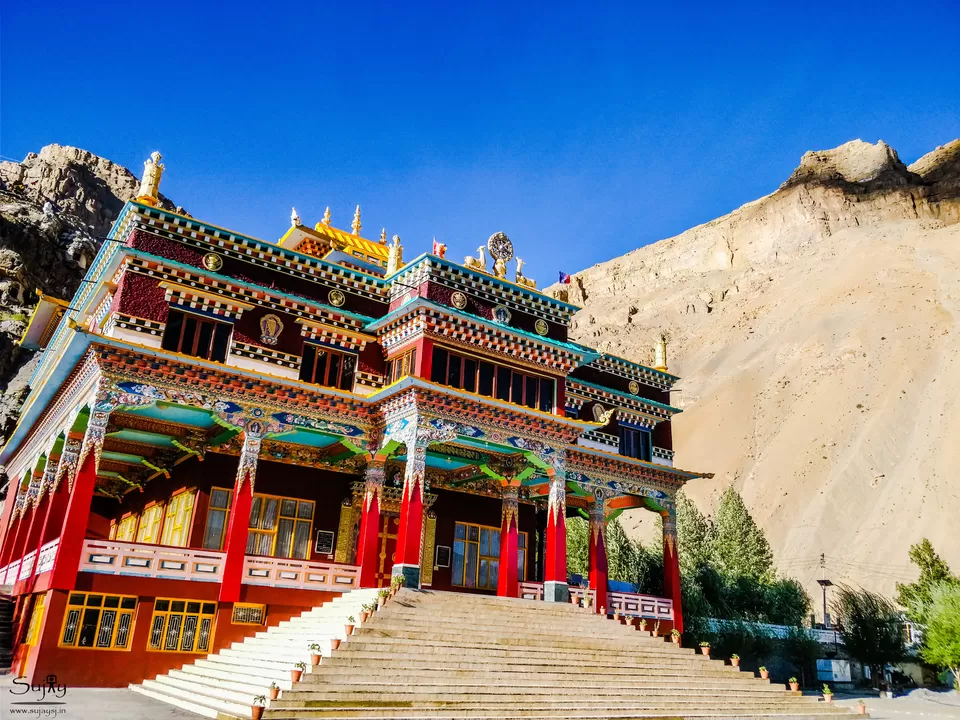
As I was capturing some snaps, a huge biking group consisting of 30-35 Royal Enfield bikes passed by and each one of them waved their hands at the villagers as if to say "Thank you" for hosting them. After dinner at around 8 PM, I headed to the roof of the hotel to experiment with some night sky photography before hitting the bed around 10 PM.
Day 6 – The most memorable part of trip – Visit and stay at Chandrataal lake
Of my entire trip, the stay at Chandrataal lake was the one which I was eagerly awaiting the most for. It wasn't an all cozy drive to reach there though. We woke up at around 4 AM and left from Kaza at around 5 AM. The reason for the early departure you may ask - it was for the notorious point at Lossar which we had to cross before dawn. The crossing that may seem normal during night will be a freezing river during day time due to the glacier melt in the nearby mountains. We reached the place by around 5.30. There was obviously no road here, it was rocks and gravel that we had traverse on. There was small jam at the point, so we got down to see what was the reason. The reason left me speechless for few moments. The river was already in steady flow and there was truck stuck right in the middle of it. This also caused the river to overflow onto the bridge. Seeing the truck stuck, I gave up hope that my car would be able to cross the point. My car was after-all a sedan with lesser road clearance than an SUV. As we waited and watched, a JCB drove in and helped push the truck off the river by lifting it from behind and driving only on the truck front wheels.
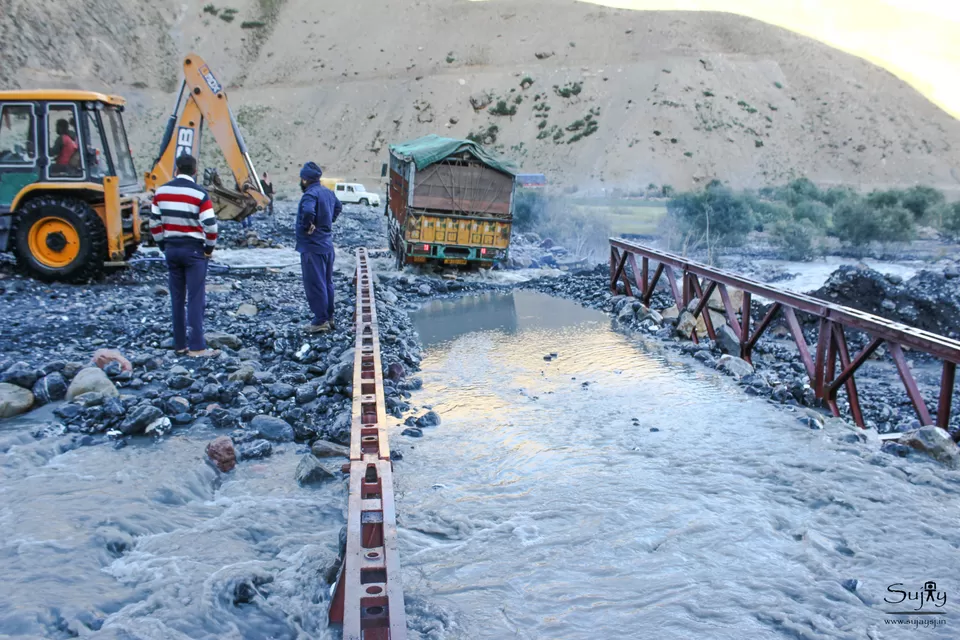
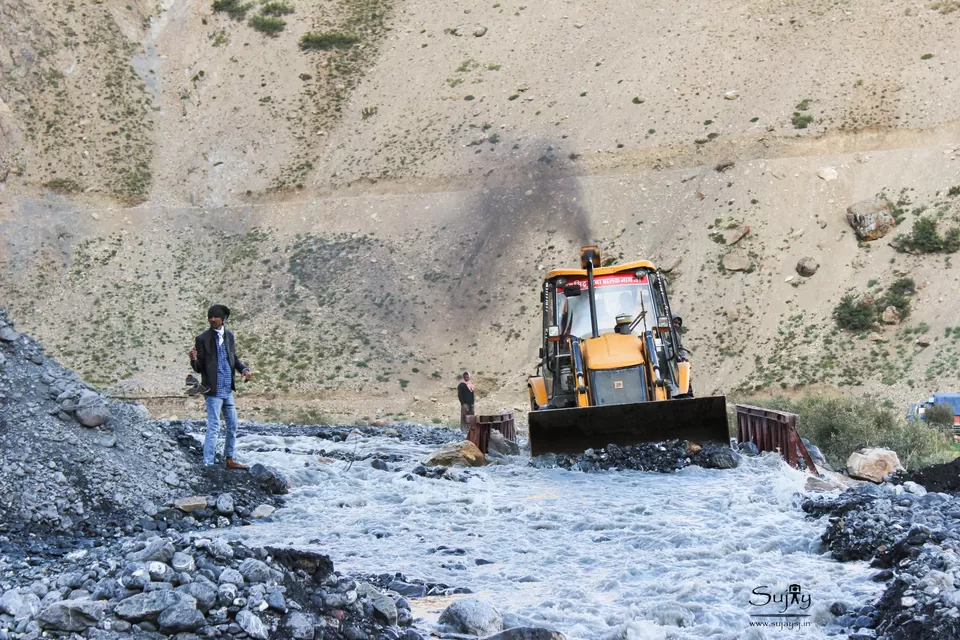
The other two SUV that were in our group easily crossed over the bridge and river. Seeing them, our driver decided to give a try too and asked me to push to vehicle from behind. As I stepped into the water, I almost spontaneously freaked out, the water was freezing cold. As expected, our car did get stuck in deep water. A couple from Mumbai who were behind our car, lent us their towing cable and asked one of the SUV's ahead to tow our car. Despite couple of attempts, our car just wouldn't move. Then a Bolero pick-up vehicle from the local village turned up and towed us from behind. He then drove ahead and again towed us from the front. I was amazed by the power of the Bolero car which quite easily pulled us from the waters. All this time for 30 mins now, I was standing in the freezing water. After seeing the car move clear, I decided to cross over and that's when I realized that both my feet were completely numb. There was absolutely no sensation in the feet, the numbness was such that I had to slip in the slippers using both hands and my feet still couldn't feel the slippers. The person who had lent us his towing cable, helped me step on to the bank and I stood there for about 5-10 minutes and then slowly crossed the river walking on the railing that was there. As we somehow managed to steer clear off the waters, we realized that our car had a flat tire 🙁
We replaced the flat tire with the spare one that we carried. From Kaza till Manali, there is not a single mechanic shop that you will find, in fact finding any shop itself is a rarity in these regions. So its always essential to carry all spares in your vehicle. By now we had spent almost close to 2.30 hours in the same spot. Before proceeding further, we had some hot maggi at possibly the only restaurant in Lossar. Heading along, as we neared Kunzum Pass, we were able to spot snow clad peaks and frozen glaciers. We reached Kunzum Pass by around 10 AM.
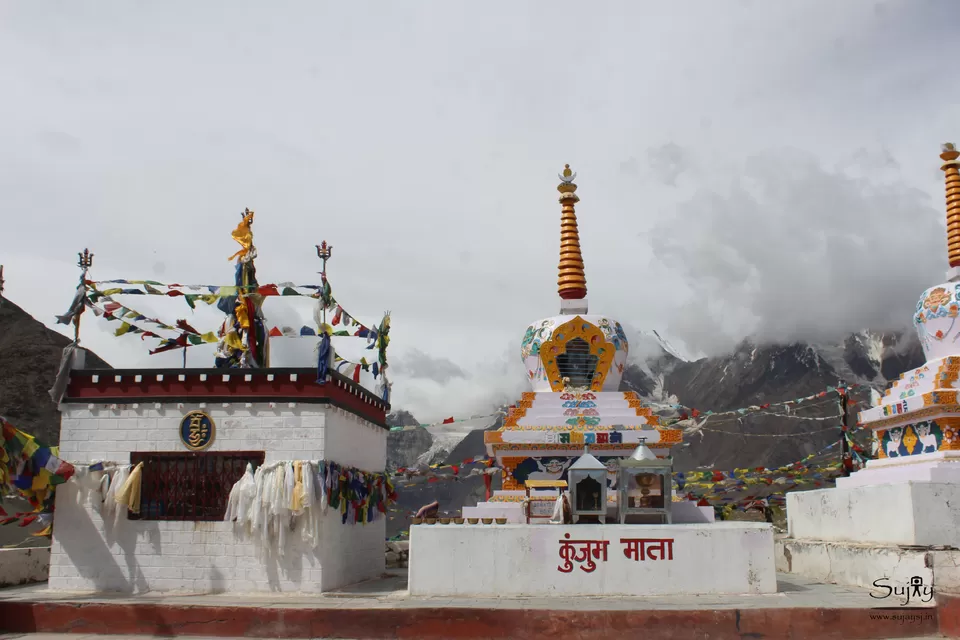
Kunzum Pass located at 15,060 ft is one of the high altitude passes in the country and is often referred to as the Gateway of Spiti. The pass connects the Kullu and Lahaul Valley with the Spiti Valley. The valley provided a composite view of grasslands, deserts as well as snow clad peaks around it. It is believed that Goddess Kunjum dwells in a temple that is located on the Kunzum pass and that she keeps a look over the pass and protects all the visitors for the journey ahead. Apart from being picturesque, the temple also has a small holy rock where a person holding coins and by offering whole hearted salutation to the goddess will be able to just place the coins vertically on the rock and it will stick.
Kunzum Pass also marks the starting point for the 14 Km trek to Chandra Taal Lake. By road though it is a longer route to reach Chandra Taal Lake. After spending some time relaxing and capturing photos, we started off towards our next destination - Chandra Taal Lake. The road towards Chandra Taal continued to be a virtually non existent one and extremely treacherous one. For most part of the route, only one vehicle can pass at a time. If any vehicle drives in from opposite side, either one of the vehicle has to reverse back to a turning where there would be a little more banking to help the vehicle maneuver across. It took us a little over an hour to cover the short distance of 15 kms and we reached Chandra Taal base camps by around 12:00 PM. These camps are located about 3 kms away from the lake and around 2 kms of the distance is motorable. Checking in our luggage at the camp and after some refreshment, we were ready to head to the lake. We reached the parking lot by around 1 PM. The short 1 km trek from the parking to the lake is quite an easy one even though it is at high altitude. After treading on the rather smooth path, in about 10 mins we reached the lake and were simple blown away by the beauty of it. The emerald blue colored lake is surrounded by massive cliffs of over 16,000 ft. After about 1.30 hrs of photography, I proceeded to climb up a small hillock. The view from the hillock was an equally beautiful one, with view of multiple frozen glaciers and snow clad peaks. After spending some time here, I headed back to the lake for some more photography. Needless to say, the lake being fed by melting glaciers is extremely clean and though you are not permitted to swim in the lake, I did not miss on drinking the fresh water which tasted like nectar. I also stood on the fringes for sometime with my feet in the waters. The place was certainly mesmerizing one.
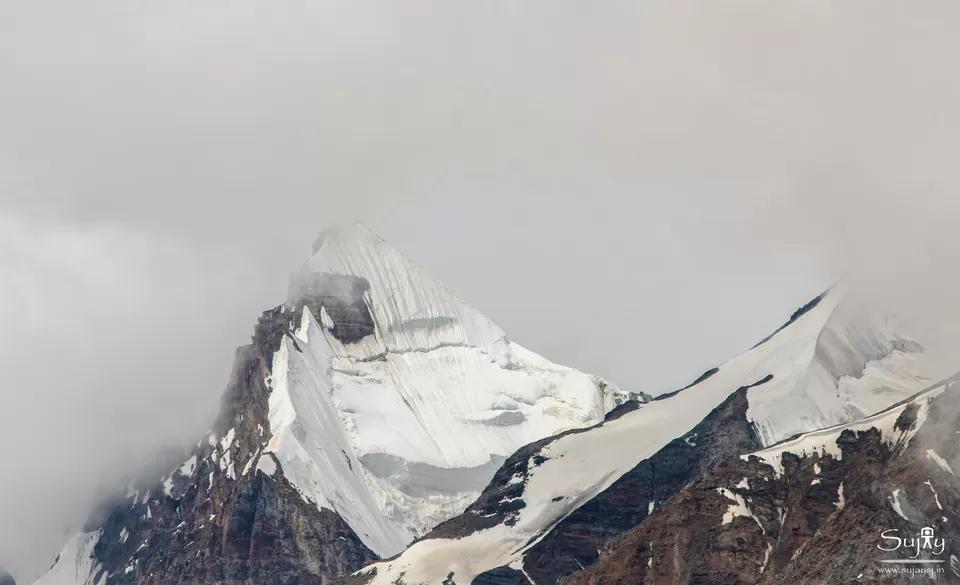
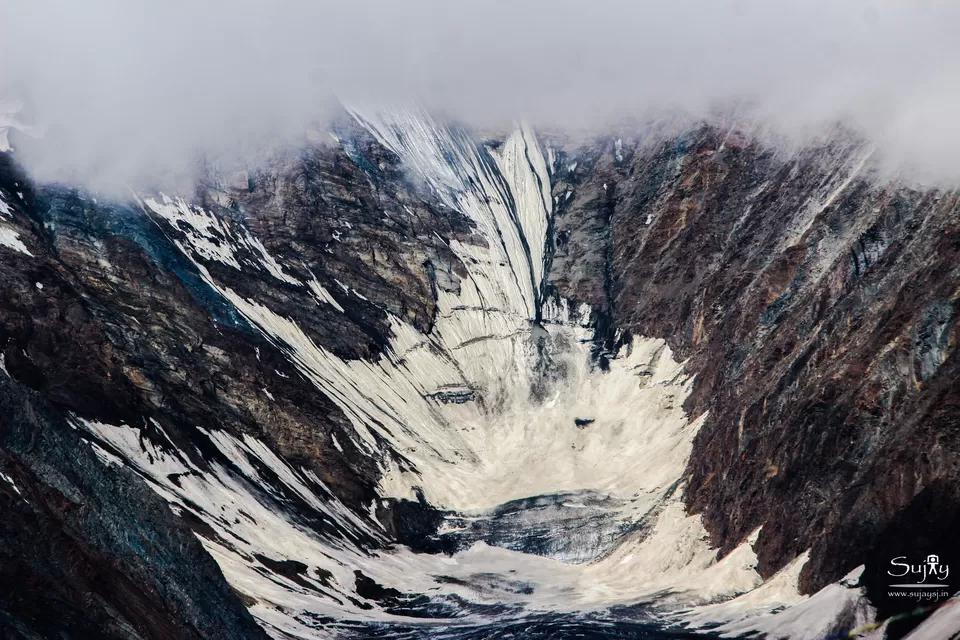
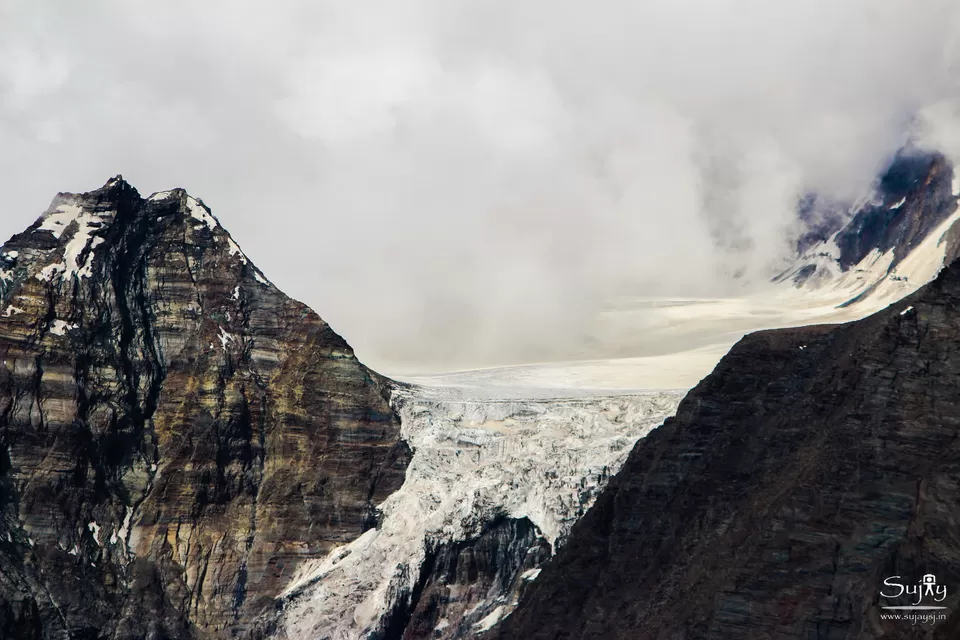
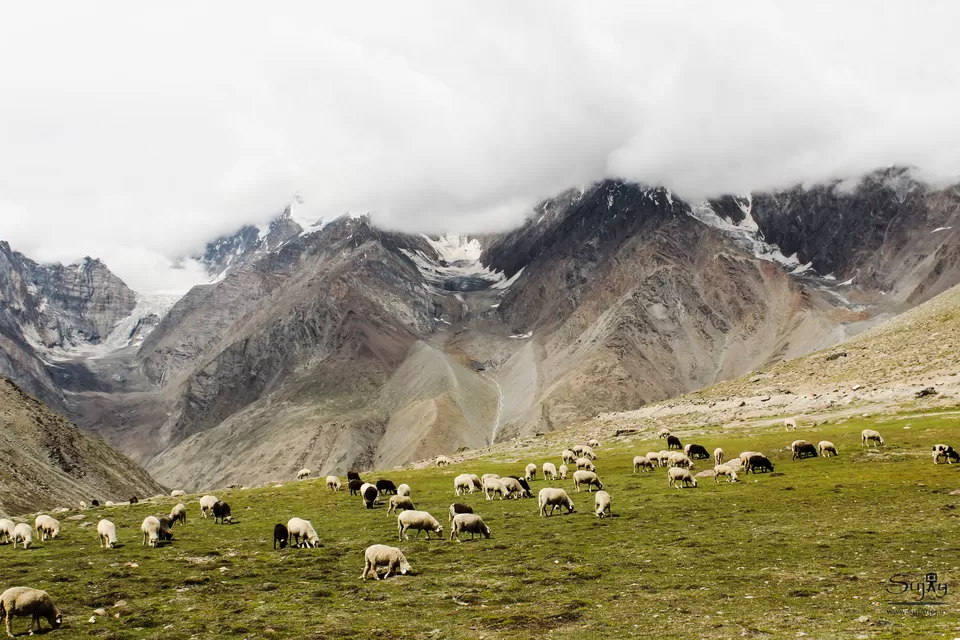
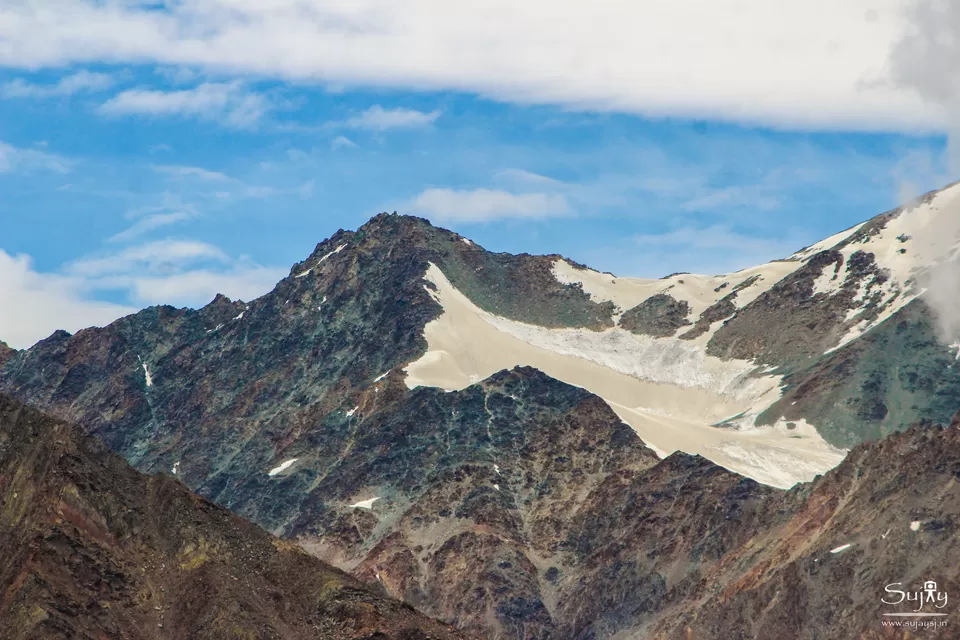
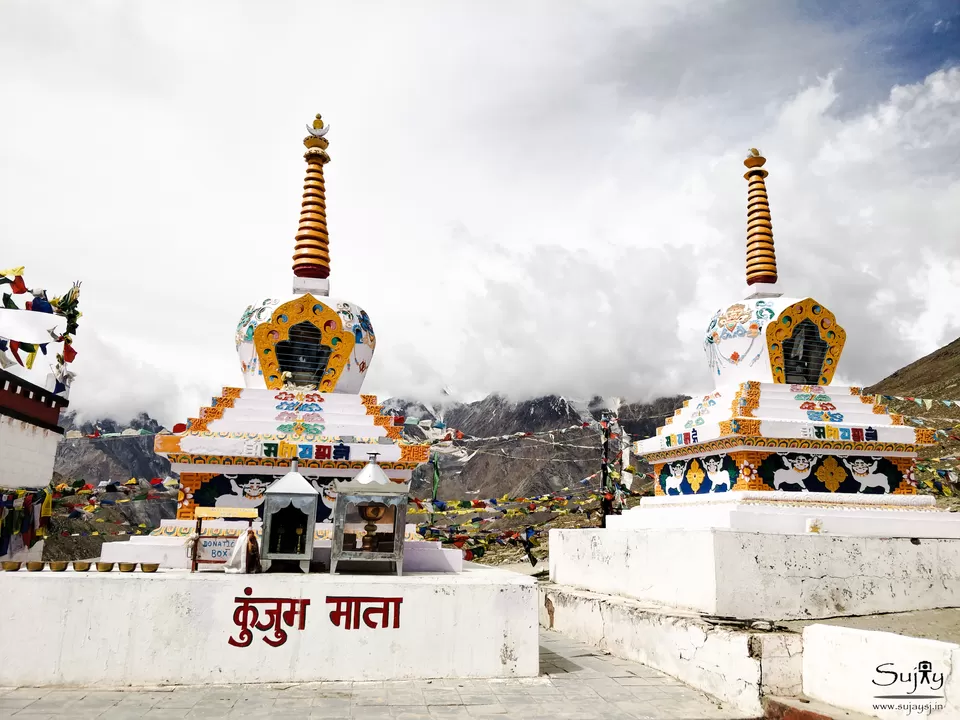
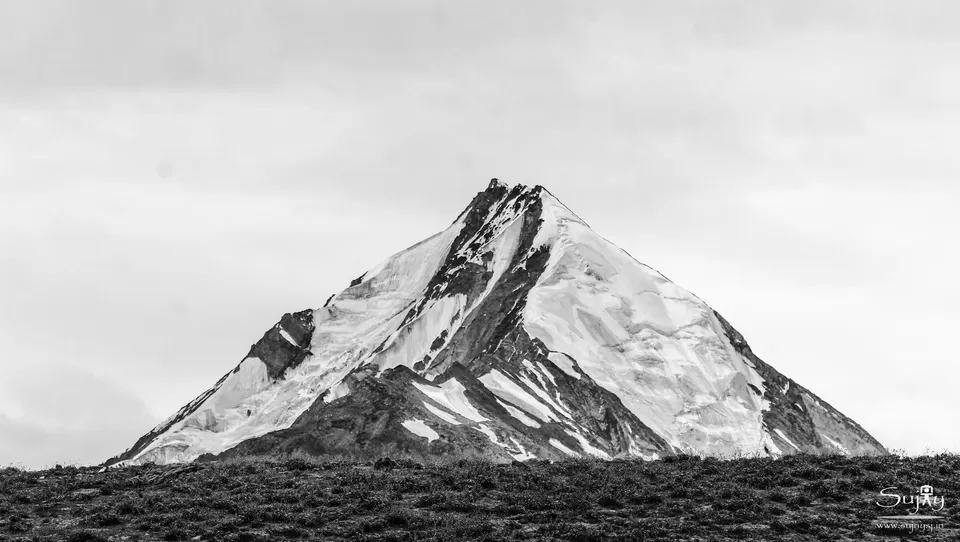
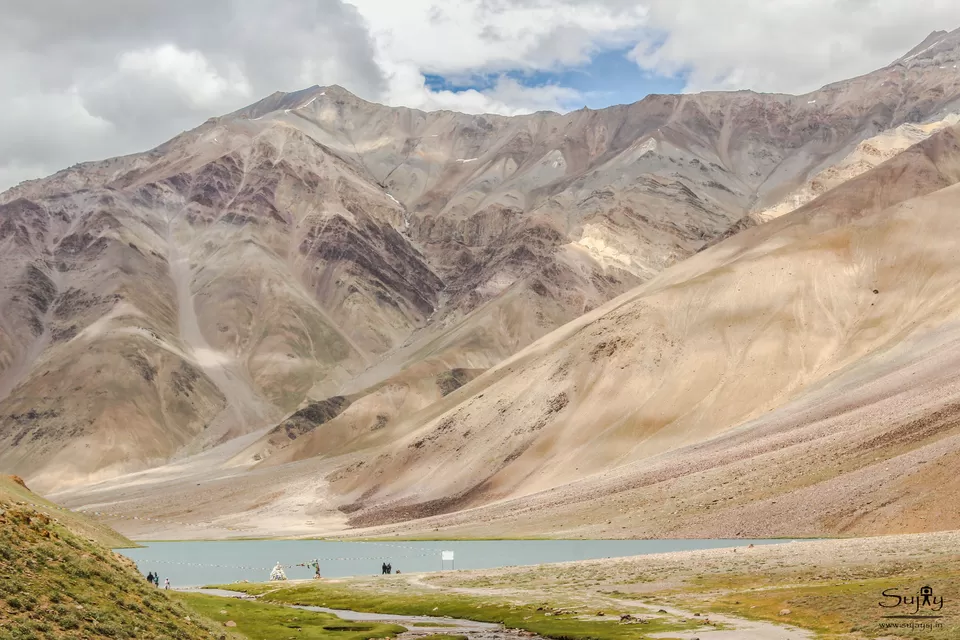
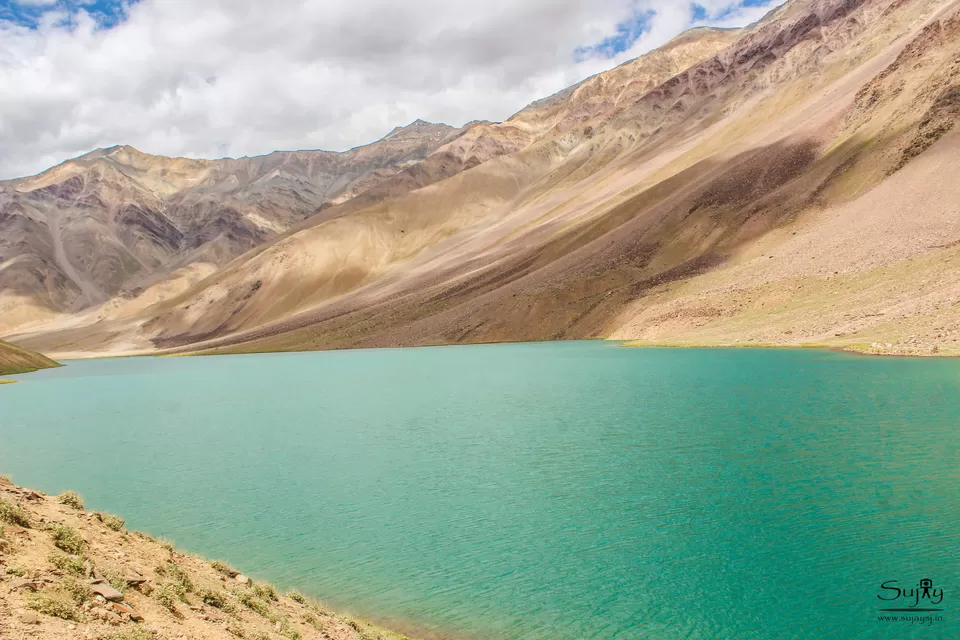
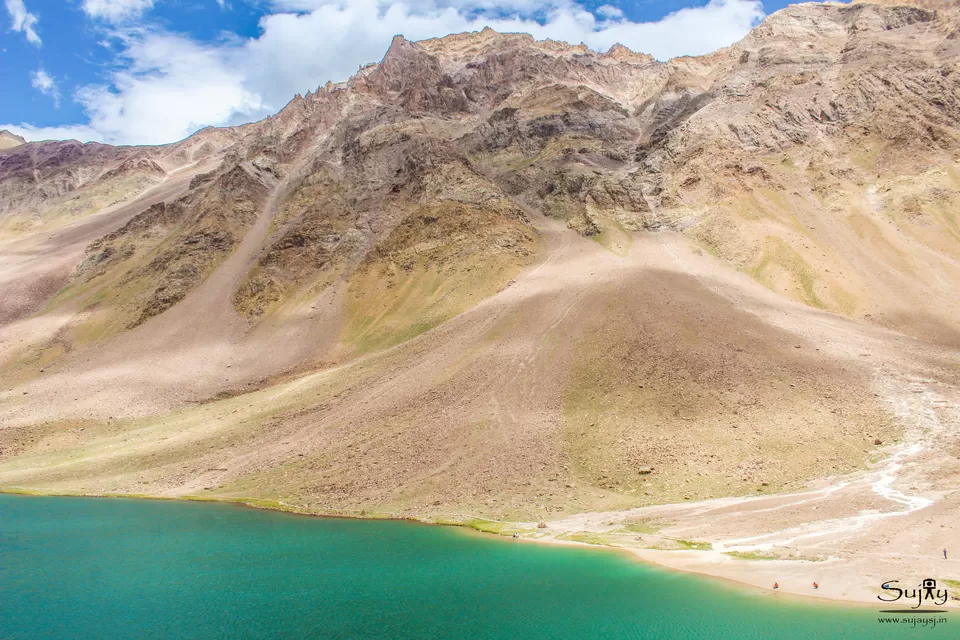
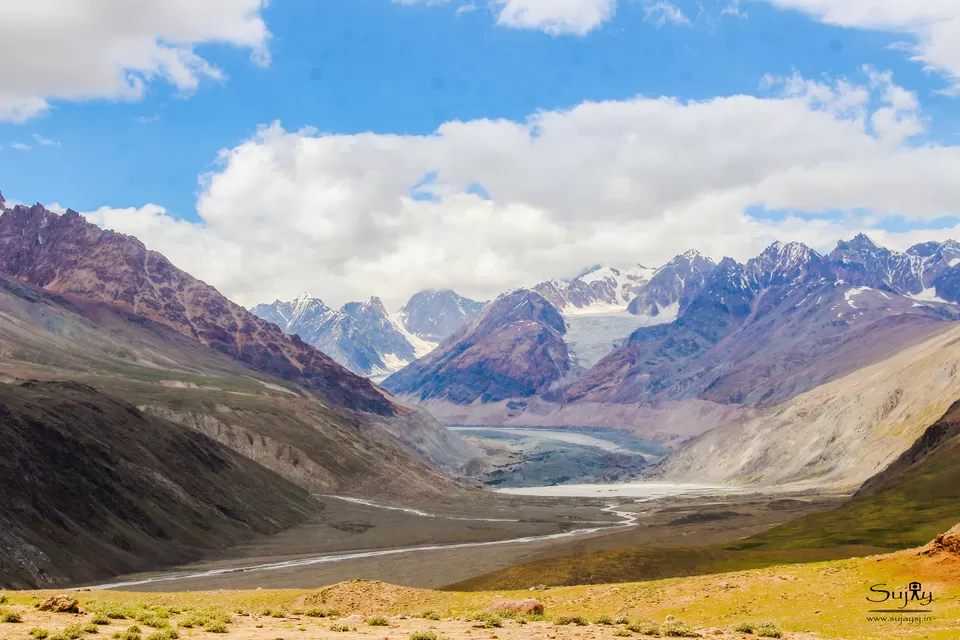
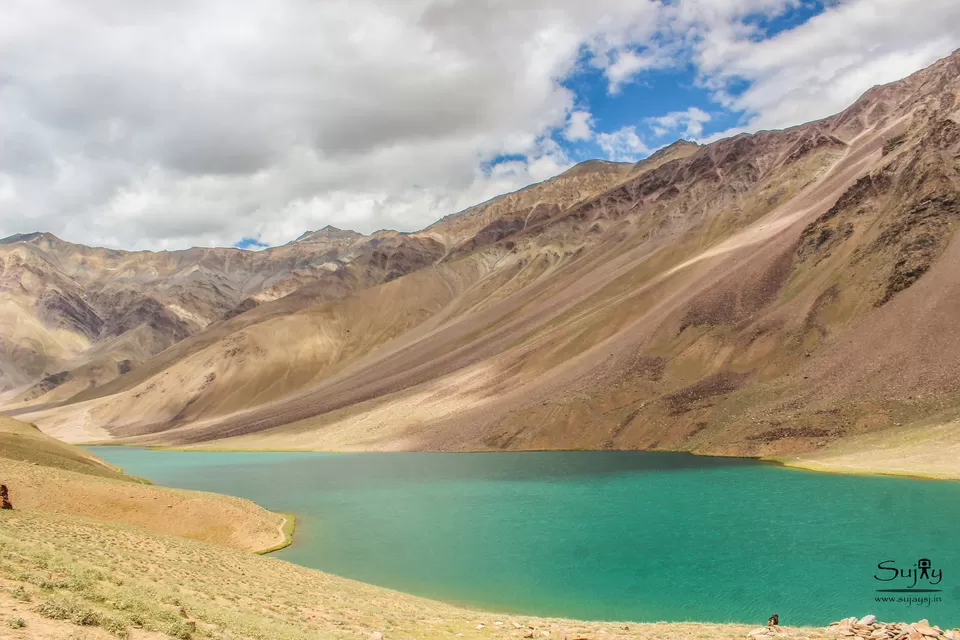
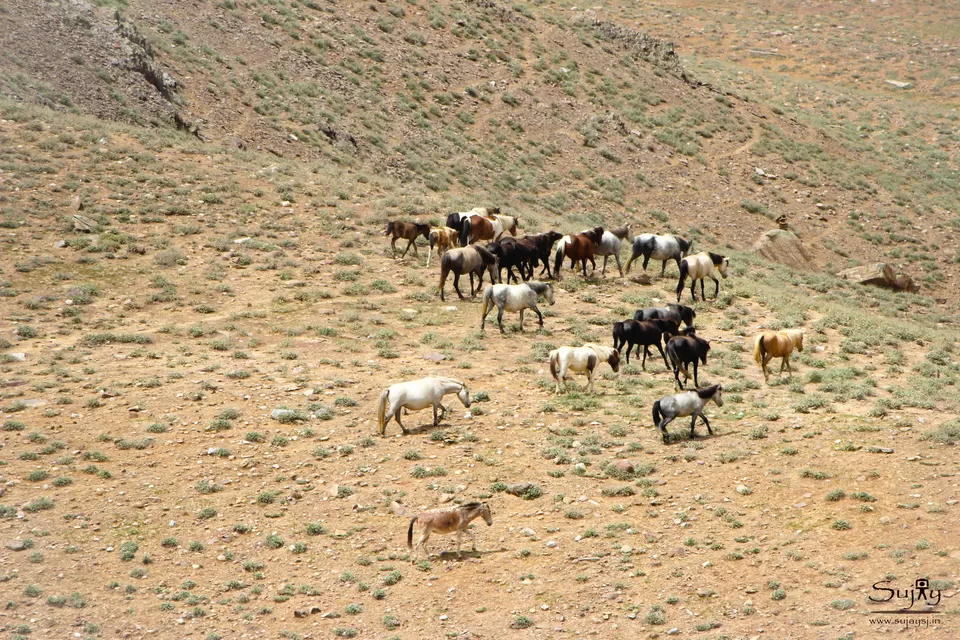
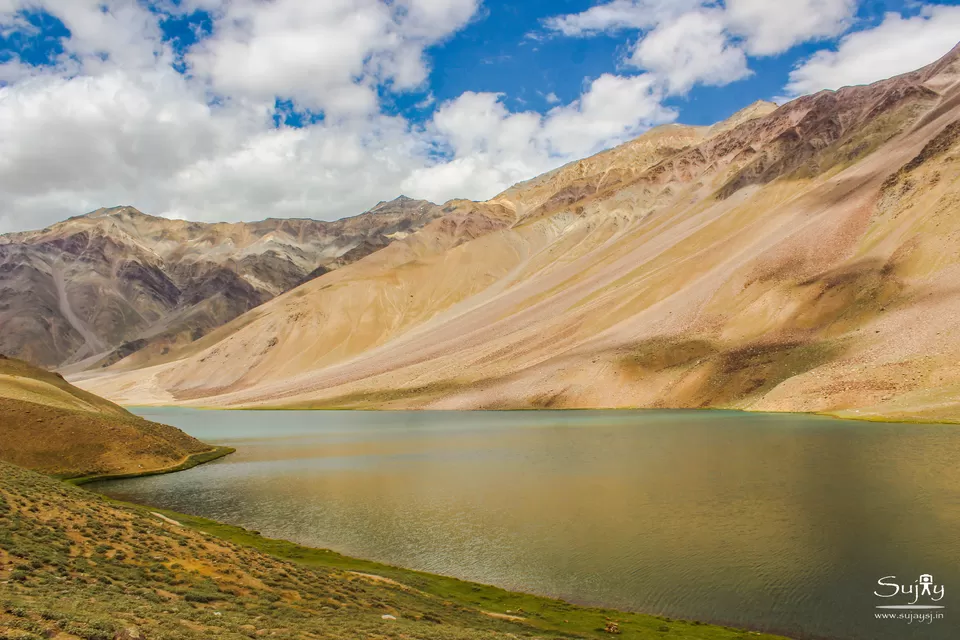
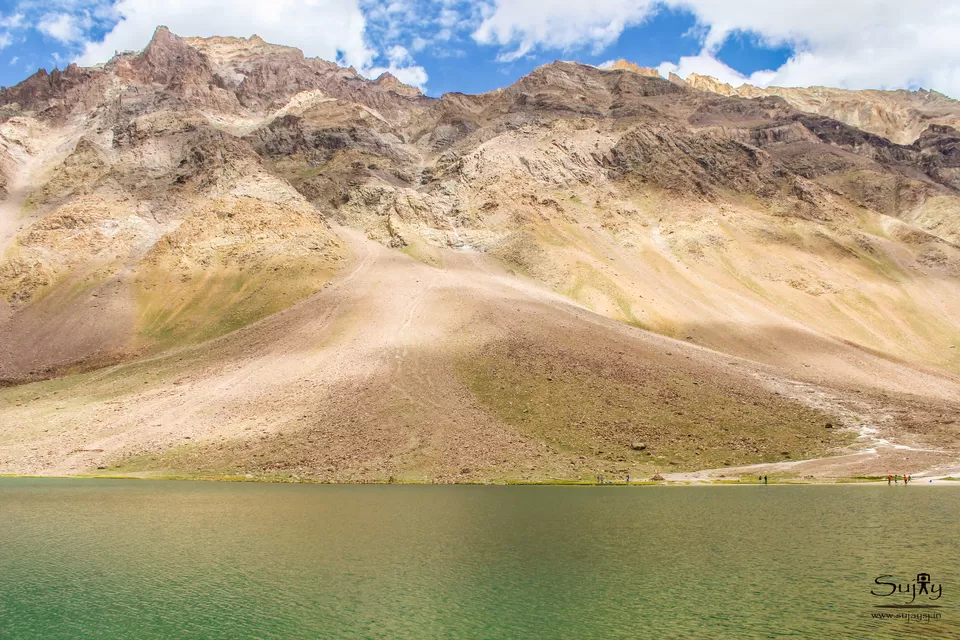
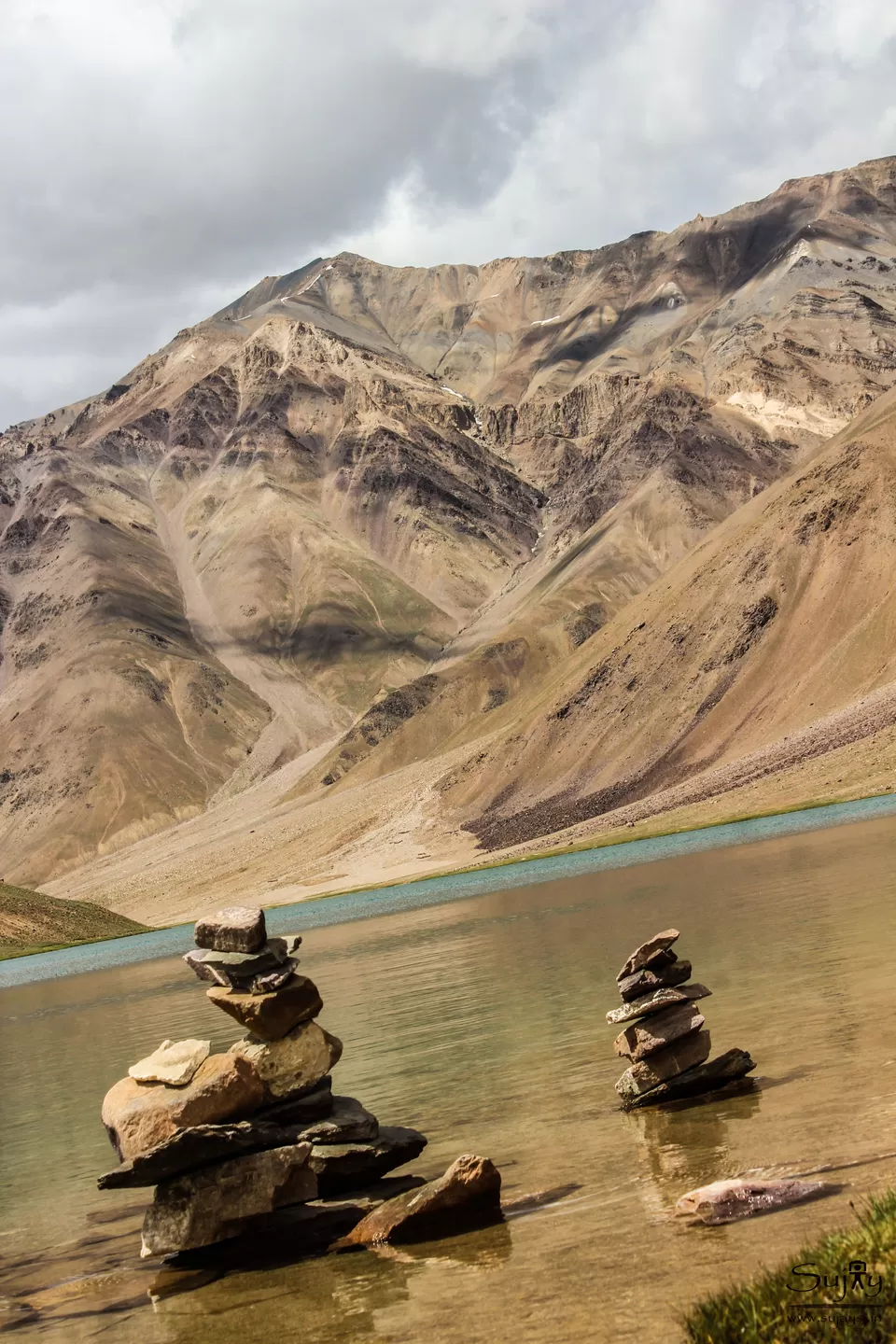
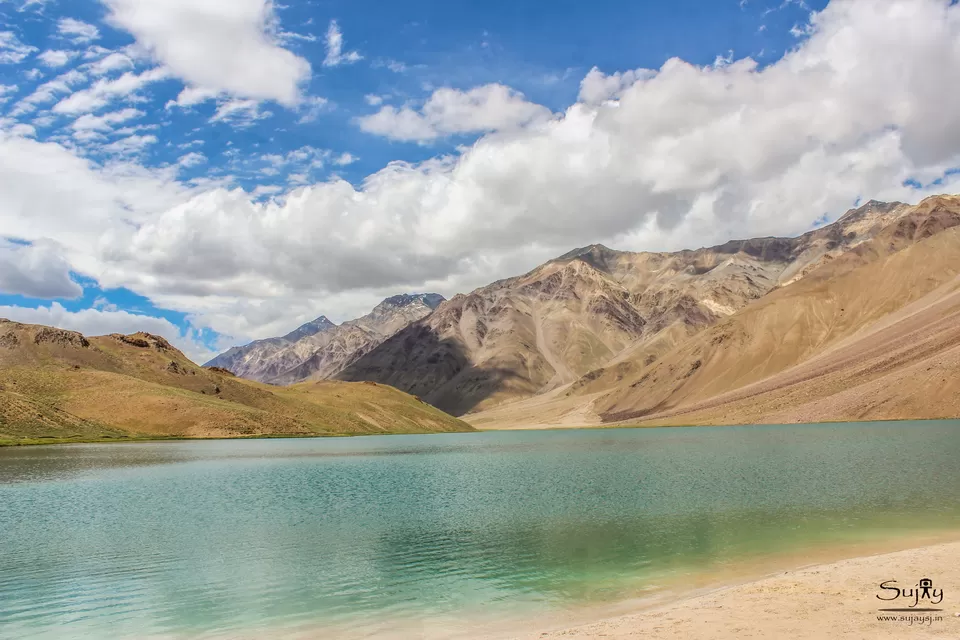
By around 3.30 PM, I started feeling hungry and so headed back to the parking lot. Luckily I had kept a couple of biscuit packets in my bag which I gobbled up in no time before heading back to the camp. At the camp, I had a hot plate of maggi before heading to the tent for some rest. I woke up by around 7 PM and was surprised to see bright light outside. The temperature outside though was nearing 0 degrees. I waited in the tent till 8 PM when it was reasonably dark. Apart from the lake, this place is beautiful for another brilliant spectacle - watching the countless stars light up the night sky and the stunning view of the Milky Way galaxy. This was my first experience of seeing the galaxy and I spent quite a lot of time photographing it. I was able to see hundreds of shooting stars in the night sky.
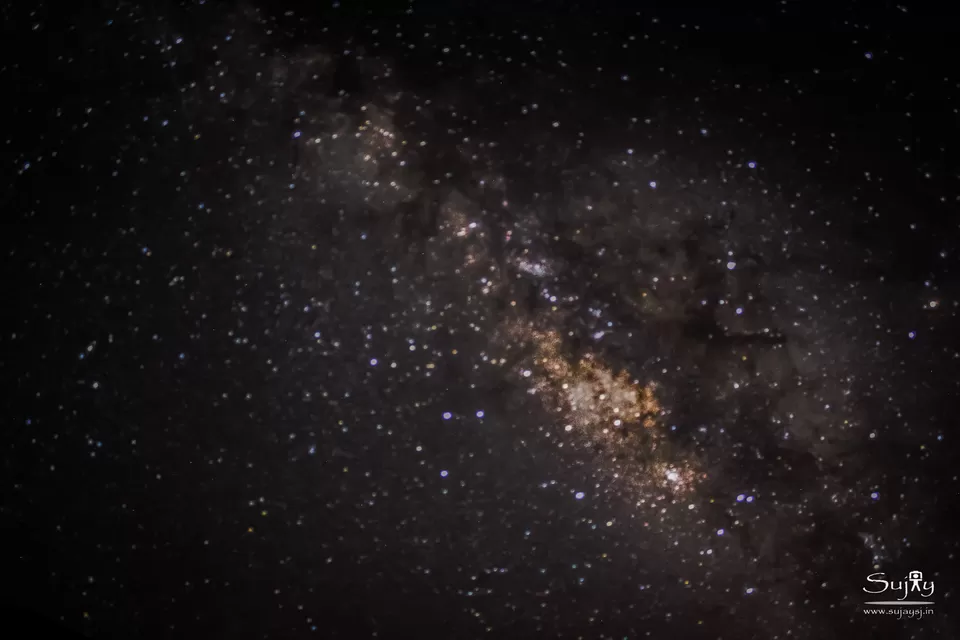
The temperature at 9 PM had dropped to sub zero and after a simple yet tasty dinner, I went off to sleep by around 10 PM.
Day 7 – Journey back to Manali
Similar to the previous day, we started off the journey very early around 4.45 AM. We were joined by the couple from Mumbai as well in their own car. Together the four cars headed along and at around 6.15 AM we reached a treacherous spot where a small river had to be crossed in the car. It took us about 30 mins to clear the spot. A little ahead we arrived at another treacherous spot and unfortunately here, one of the rocks damaged the oil tank of the car in which the Mumbai couple were travelling. Their vehicle soon stalled and we towed it for almost 15 kms ahead till a small village called Chattru. Here there was a small restaurant where we had our breakfast and parted ways with the Mumbai couple. They would have to travel all the way to Manali in bus, get a towing vehicle all the way back and tow the vehicle to Manali to get it fixed.
From Chattru, we proceeded ahead and soon reached another very dangerous crossing at Gramphu. This time we had to cross a waterfall in our vehicle. The water was extremely cold and had quite a good strong flow which made it very difficult to cross. This time we assembled rocks on the water and made a path with it. We then directed the driver to careful ride exactly on the rocks and thus managed to cross the path. The ordeal again took us over an hour. After the spot though, the road was much better and thankfully there were no other dangerous crossings. Yes, there still was the deadly Rohtang Pass, but this being August, there would have been no snowfall which would thus make it easier to cross. About 10-15 kms from Gramphu, we finally joined the famous Leh- Manali highway and the road from this junction was pretty much well maintained. We reached Rohtang by around 1.30 PM. Here I parted ways with rest of the group who had traveled together from Shimla. Having already visited the Rohtang Pass in a more glorious winter season, back in 2009, I didn't spend much time and asked the driver to continue on to Manali. We reached Manali at 3 PM and the fact that it took us 10 hours to cover the 110 km distance from Chandra Taal lake to Manali should be good indication of the kind of roads we had to traverse.
After lunch on the Mall road, I headed back to hotel for some rest. My initial plan was to travel back to Shimla and then book a bus to reach Chandigarh. However, as I was relaxing, I felt that I would be wasting quite a lot of time in doing this and so thought of taking the an AC bus instead directly from Manali. After waking up around 5.30 PM, I enquired at the hotel reception about the availability of bus and he told me there is a bus in the morning for which tickets would be easily available. Happy with that, I informed the driver of my decision and he was fine with it. So thus, I thanked him for the memorable journey in Spiti valley and after clearing the balance payments, he left back for Shimla. I headed for a stroll on Mall road and bought some souvenirs. I also got the ticket booked for the next morning bus to Chandigarh before relaxing in the hotel.
Day 8 and Day 9 – Manali – Chandigarh and Chandigarh sightseeing
The next day was pretty much without any major events as I covered the long 11 hour journey from Manali to Chandigarh. Having reached Chandigarh directly from Manali though, I had plenty of leisure time on my hands on the 9th day to explore Chandigarh. I utilized the same in visiting the Chattbir Zoo. To my surprise, unlike many other zoos in the country, the Chattbir zoo was extremely well maintained and all the animals seemed to be well fed and taken care of very well. There were quite a good collection of animals of birds as well. The zoo itself was very clean with dense vegetation keeping the place cool despite the temperature hovering around 35 degrees.
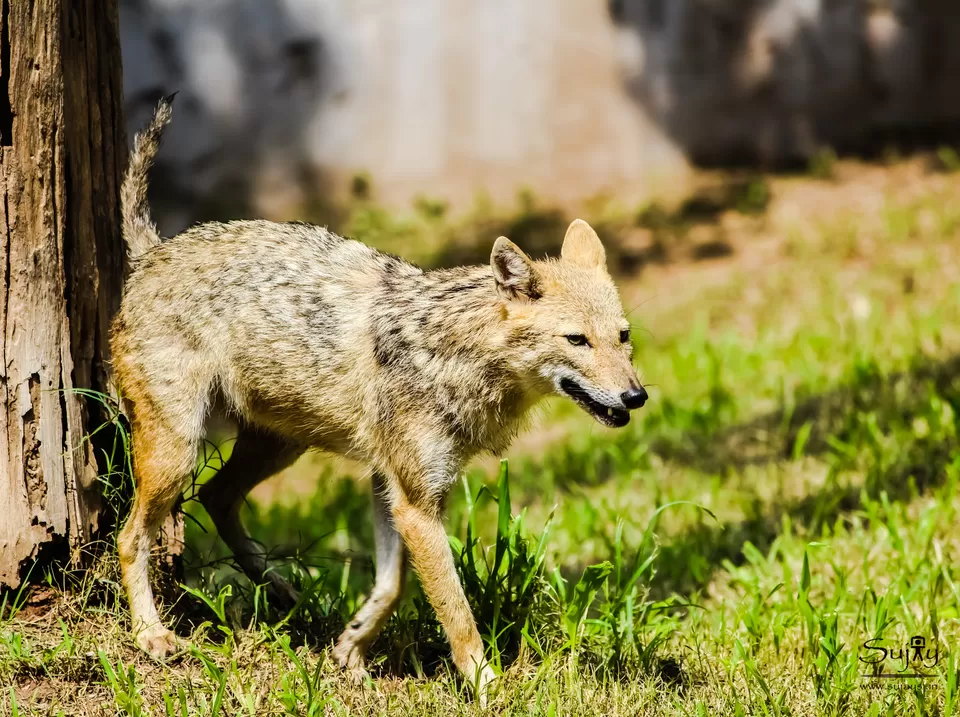
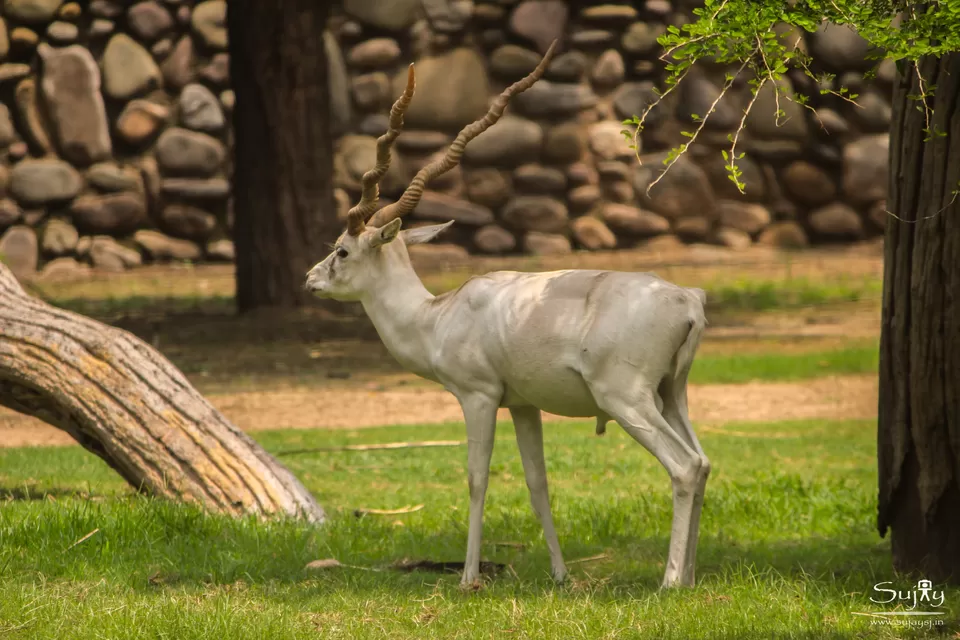
I spent half a day at the zoo and proceeded back to hotel to check out and head to the station to catch the train to Amritsar. The train departed from Chandigarh at 5.30 and arrived at Amritsar over an hour late around 10.30 PM. I had booked a hotel close to Golden Temple and was wondering if I would get dinner so late in night. A walk around the temple area cleared the doubts that I had for the place was abuzz with activity. There were quite many hotels open and as they say - "Amritsar is indeed a city where no one would sleep hungry"
I had the famous Amritsari Kulcha and some lassi for dinner before having a walk around and hitting the bed by close to 12 AM.
Day 10 – Amritsar sightseeing
The day started off early around 7 AM and I headed first to visit the famous Jallianwalla Bagh which has a very significant place in the history of the country. The place was witness to famous massacre in April 1919 when troops of the British Indian Army under the command of Colonel Reginald Dyer fired machine guns on innocent unarmed civilians leaving more than 1,500 injured, with approximately 1,000 dead. This piece of history shall forever be a part of primary school education in India. The place still has an aura around it and you certainly feel the vibes of history in your body as soon as you enter the memorial park. To this day, you can see the various spots inside the park - spot from where soldiers fired, the well where hundreds jumped in to escape the bullets, the bullet marks themselves still visible on the walls and a large memorial constructed in 1951 to commemorate the massacre. There is also a small museum which has various artifacts and collections from the pre independence period.
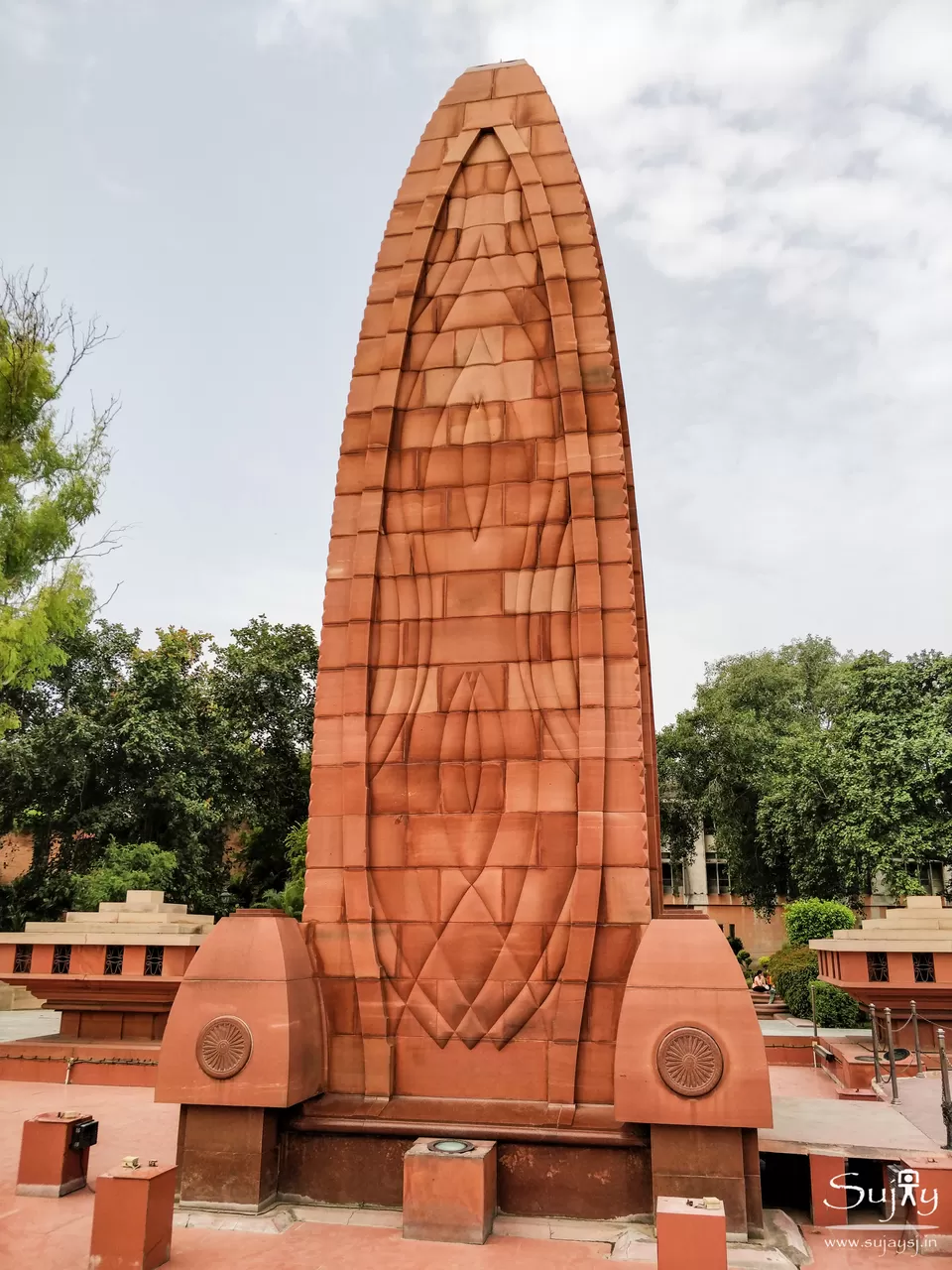
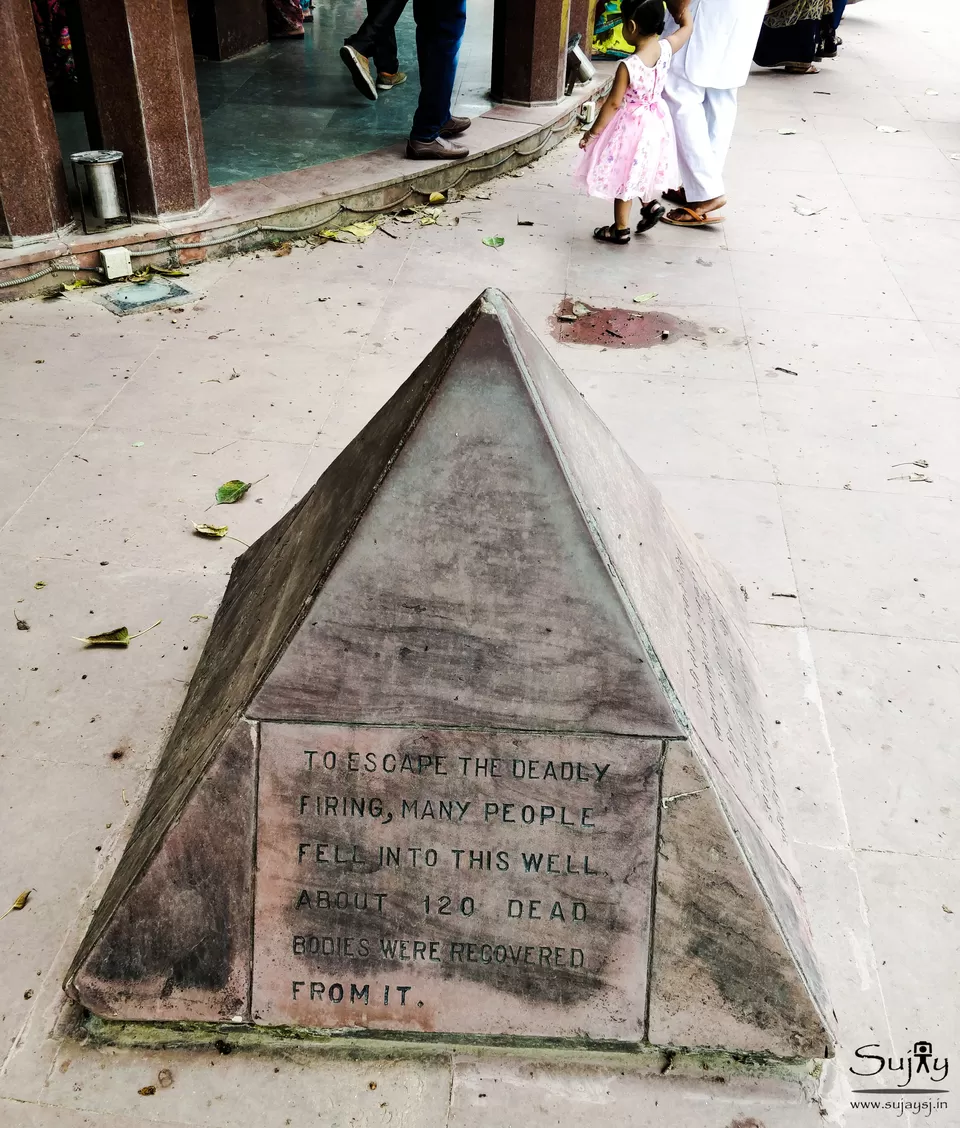
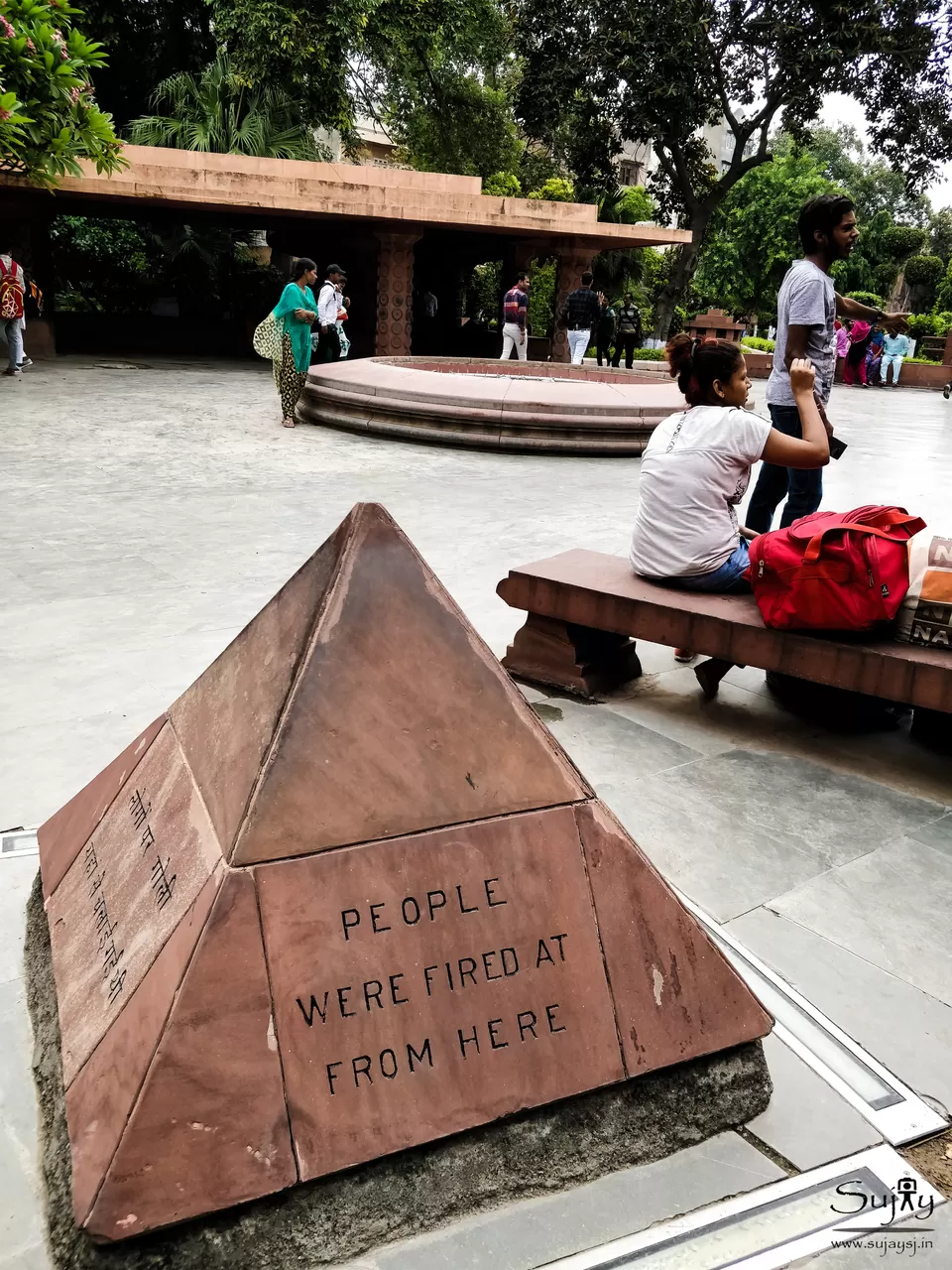
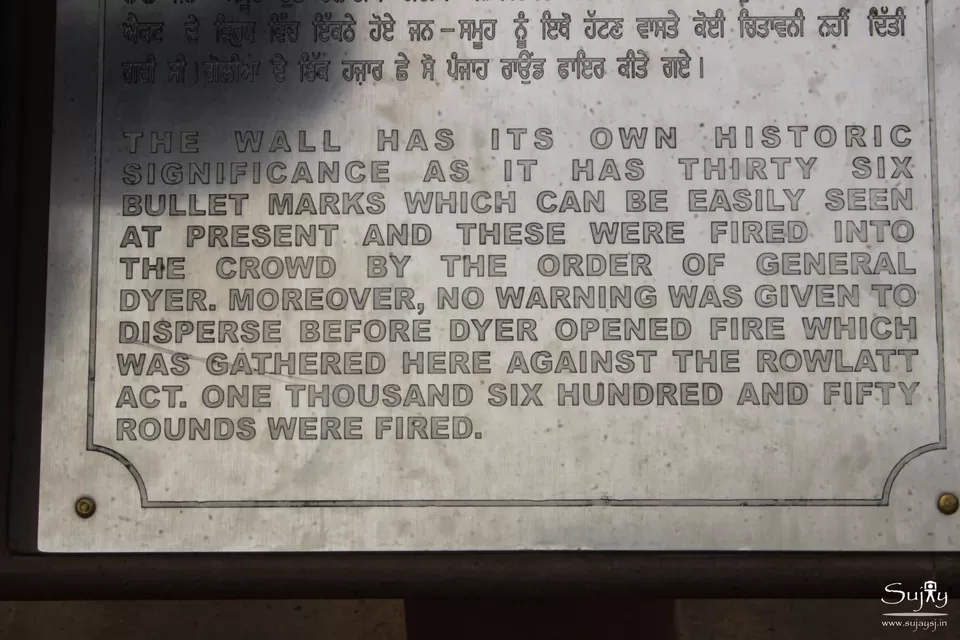
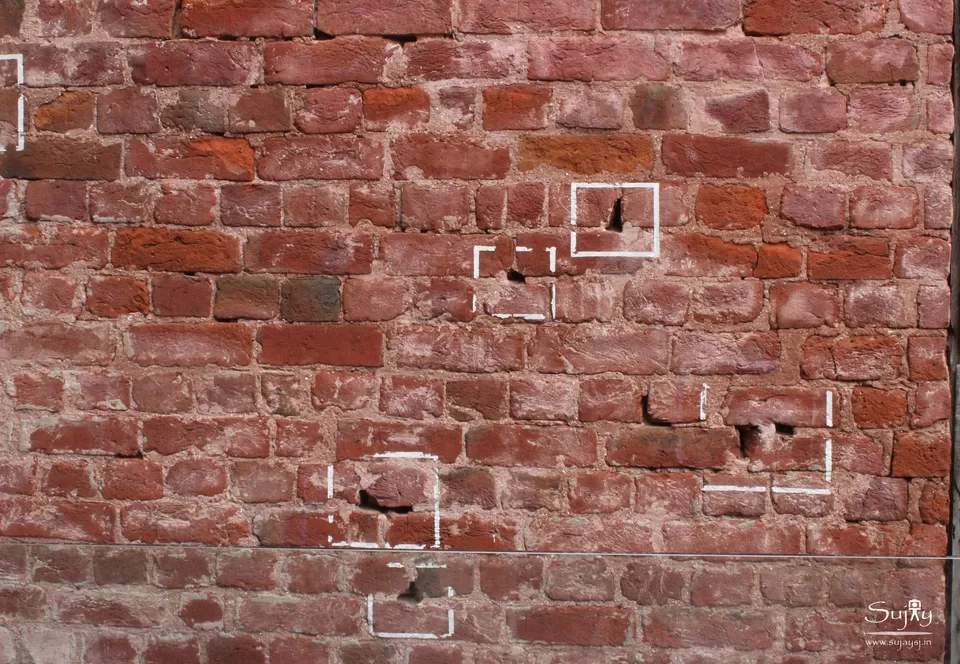
After spending some time at the park, I next booked a ticket on an Auto to Attari-Wagah Border to watch the retreat ceremony. You will find many just outside the park and almost all the vehicles start off around 2 PM. The fare is very reasonable at INR 150 for pickup and drop. You can hire taxi or go bus too, but they are much more expensive and need the same time to cover the 40 km distance. We reached Attari village around 3 PM. Needless to say the place is a fortress, heavily guarded by the defense forces. The 1 km walk to the arena though was not a pleasant one. Being independence day eve, there might have been over 20,000 people who had assembled. There is no shade or protection from the hot sun. The sultry heat made it even more difficult and I soon ran out of the water that was carrying along. Every individual is thoroughly searched before entering the arena and one is allowed to carry only wallet, camera and water bottles. Even the camera bag is not allowed inside and has to be deposited at the security counters near the parking area. By the time I reached the arena, I was completely covered in sweat. All the stress though disappeared as soon as I entered the arena. The energy of the crowd and the Border Security Force as they performed the daily flag lowering ceremony was a treat to the eyes. Prior to the ceremony, there is a carnival kind of atmosphere with extravagant dance shows, stunt shows and singing from artists across the country. Just before the ceremony, people from the audience were called to participate in the fun and frolic. The setting sun marks the start start of the ceremony which begins with a blustering parade by the soldiers from both the sides. The border gates are then opened and the flags from both the countries are lowered in a perfectly coordinated fashion. Once the flags are folded, an aggressive handshake between the soldiers is followed by another show of rapid maneuvers before closing the gates again. Once the gates are closed, people can go and take photos with the border forces.
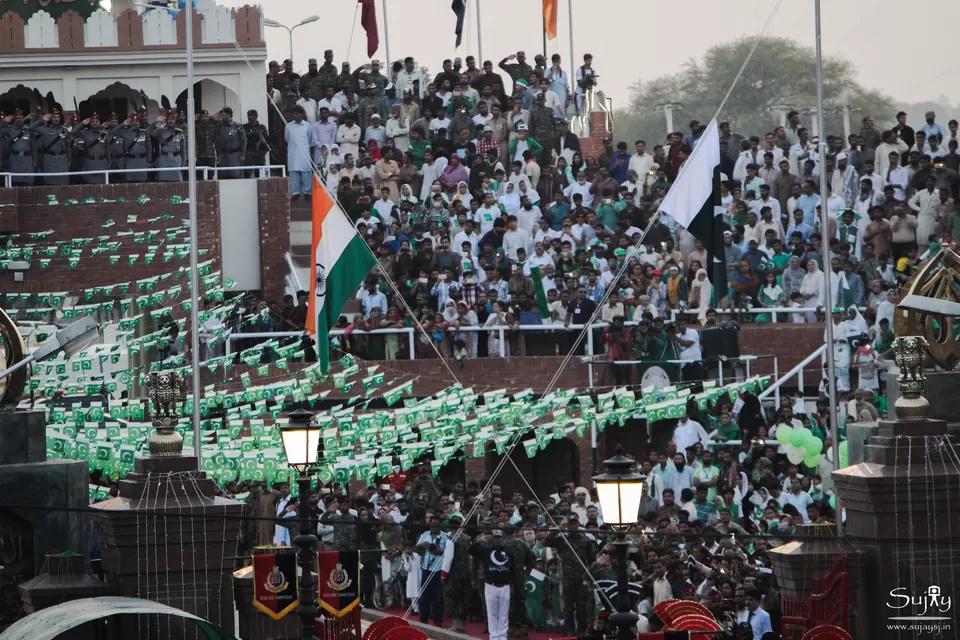
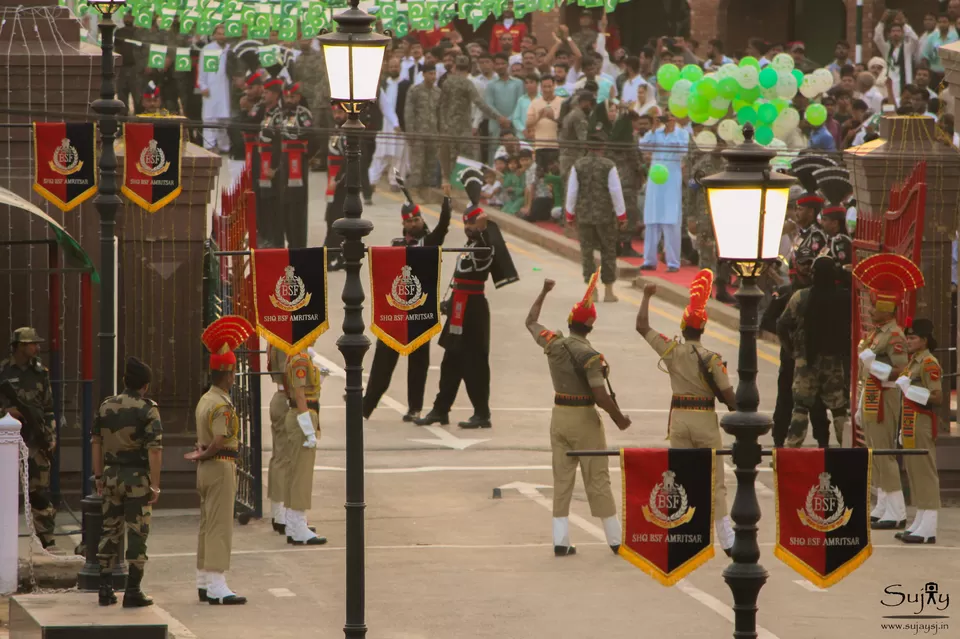
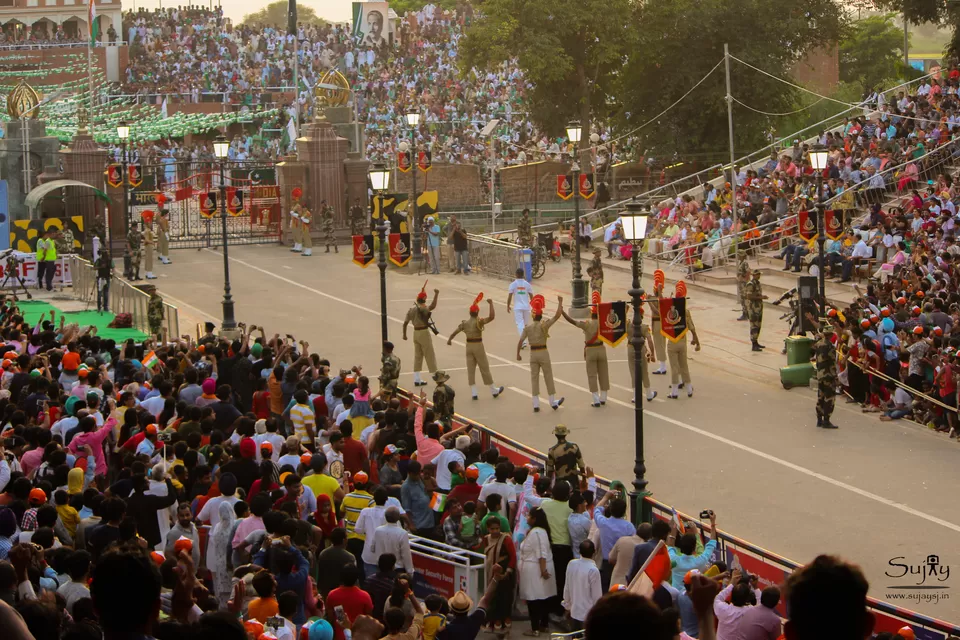
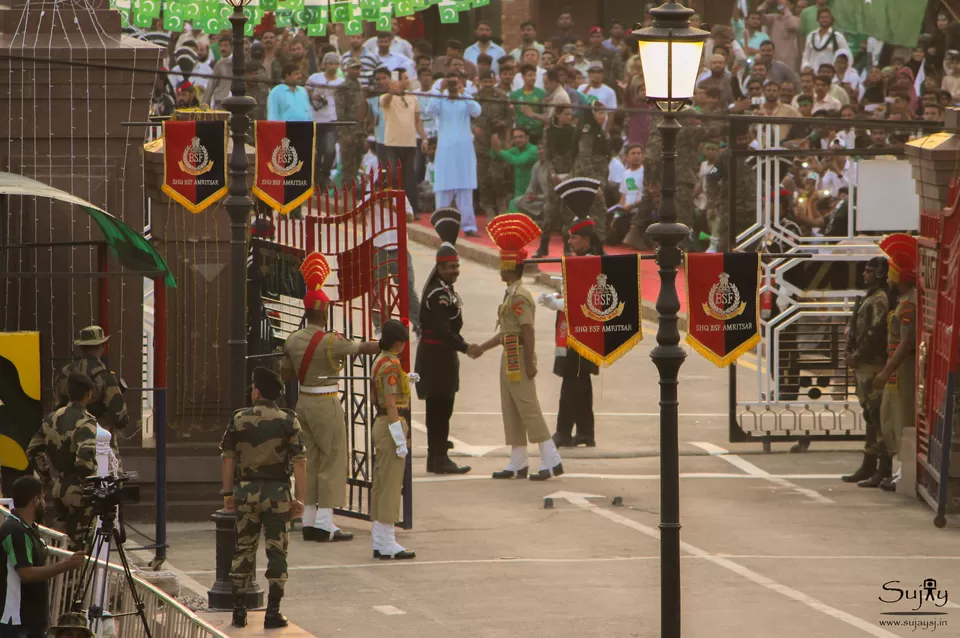
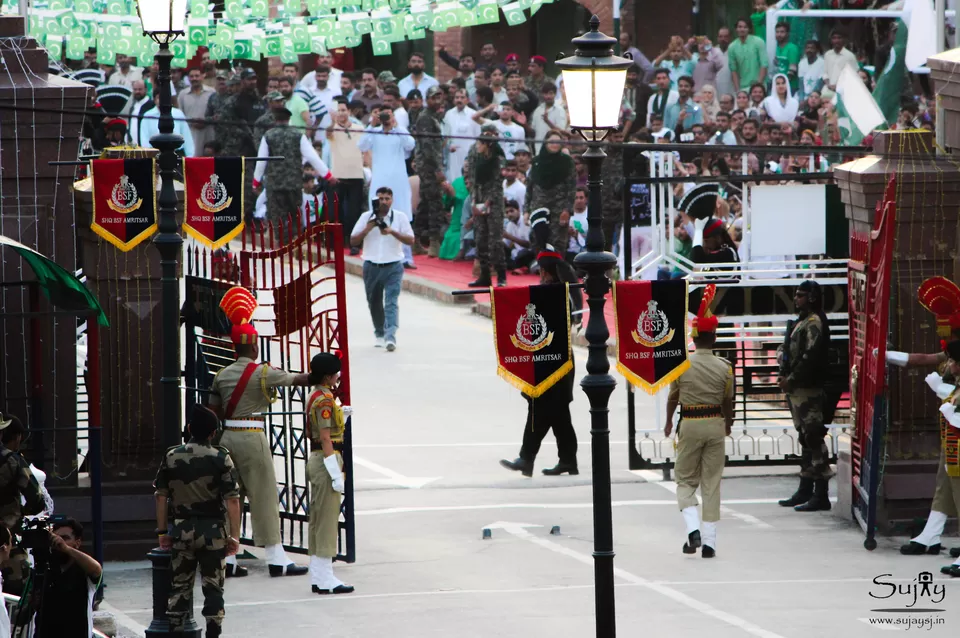
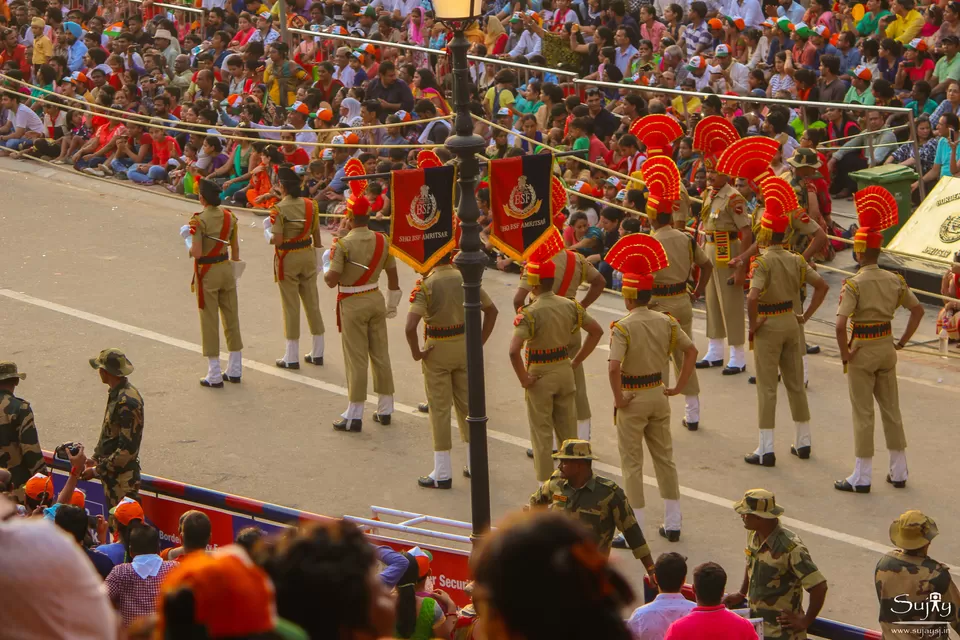
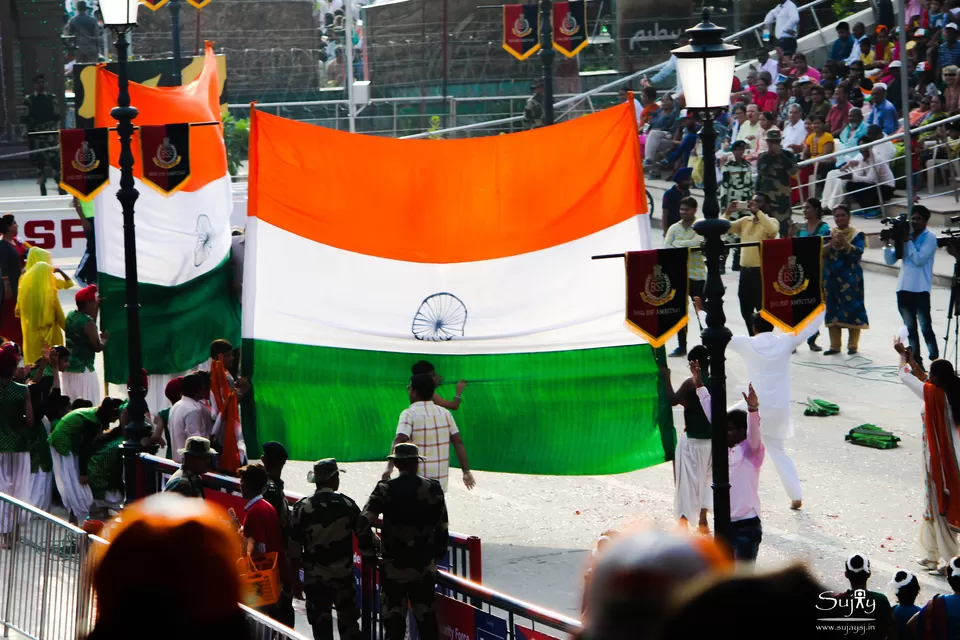
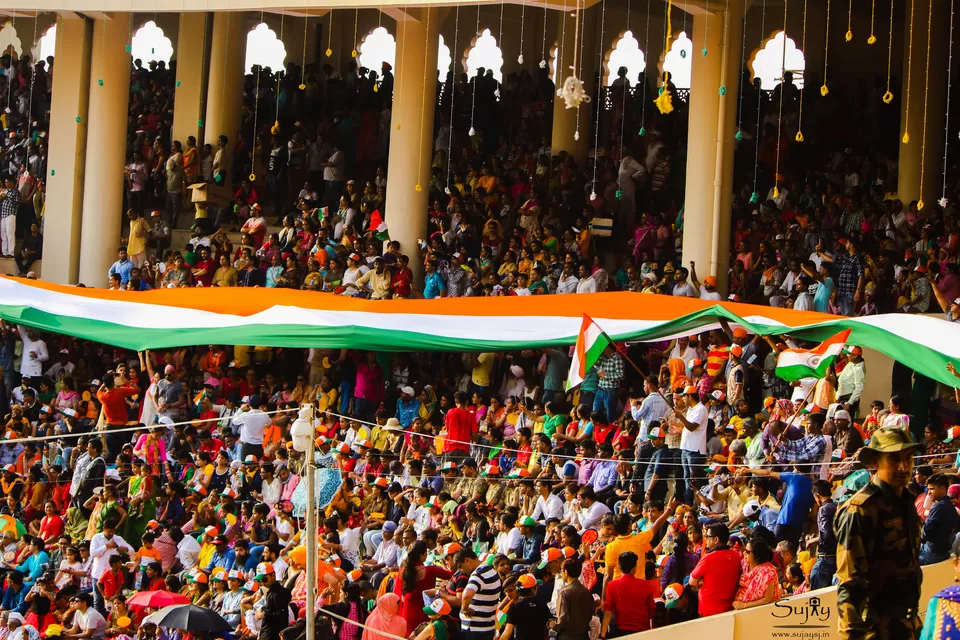
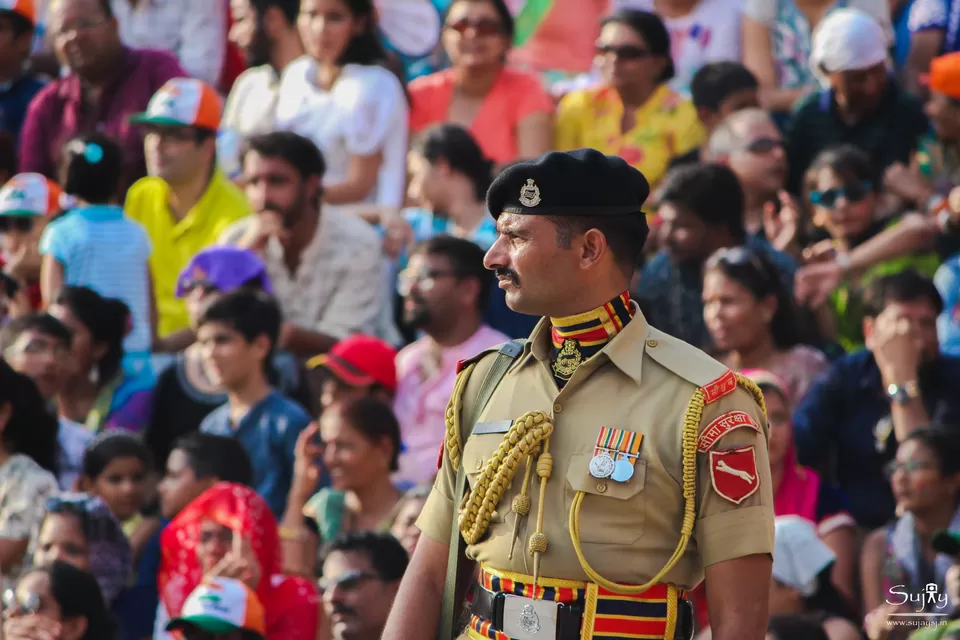
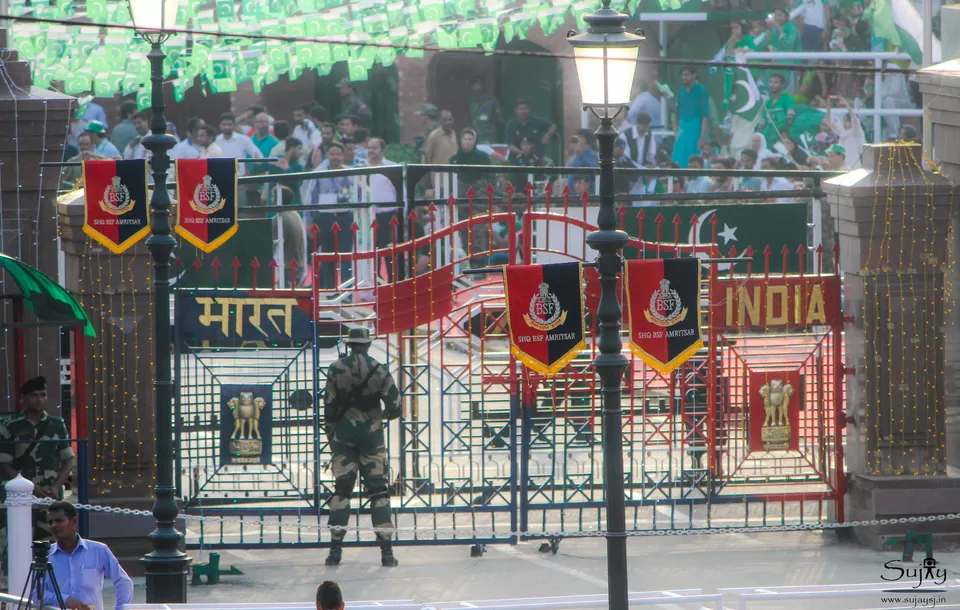
After watching the whole parade, I had some snacks and fluids near the parking before heading back to Amritsar in the auto. It was around 9 by the time reached back to Amritsar, thanks to heavy traffic on the way. I decided to skip dinner and just had a hot cup of badam milk. I then visited the Golden Temple and was mesmerized by the peace and tranquility at the place. No matter how much tired one is, a visit to the temple can drive away all the tiredness and fatigue. I spent about an hour at the temple relaxing and soaking in the aura of the place before returning to the hotel and resting for the night.
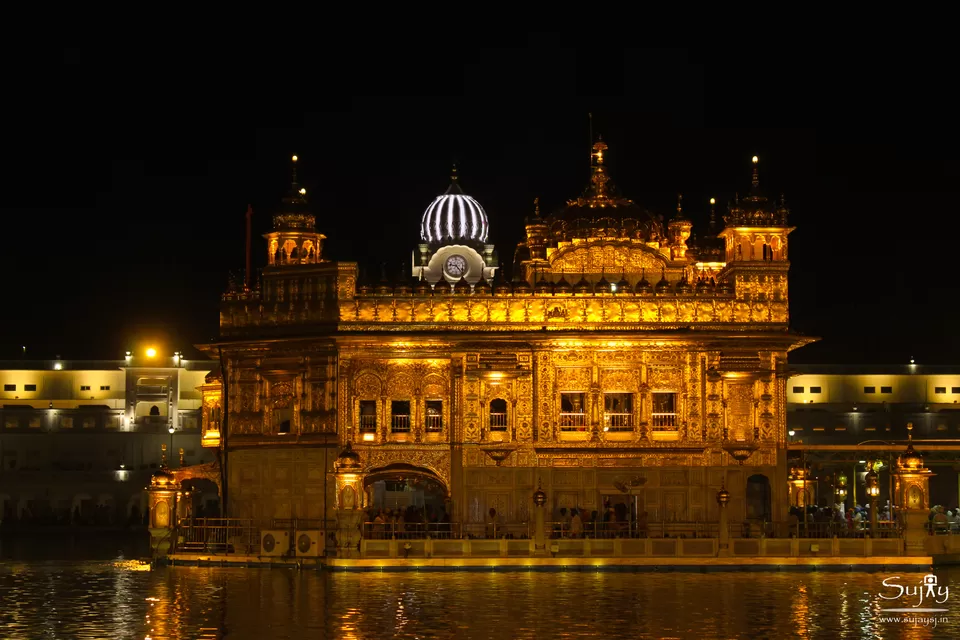
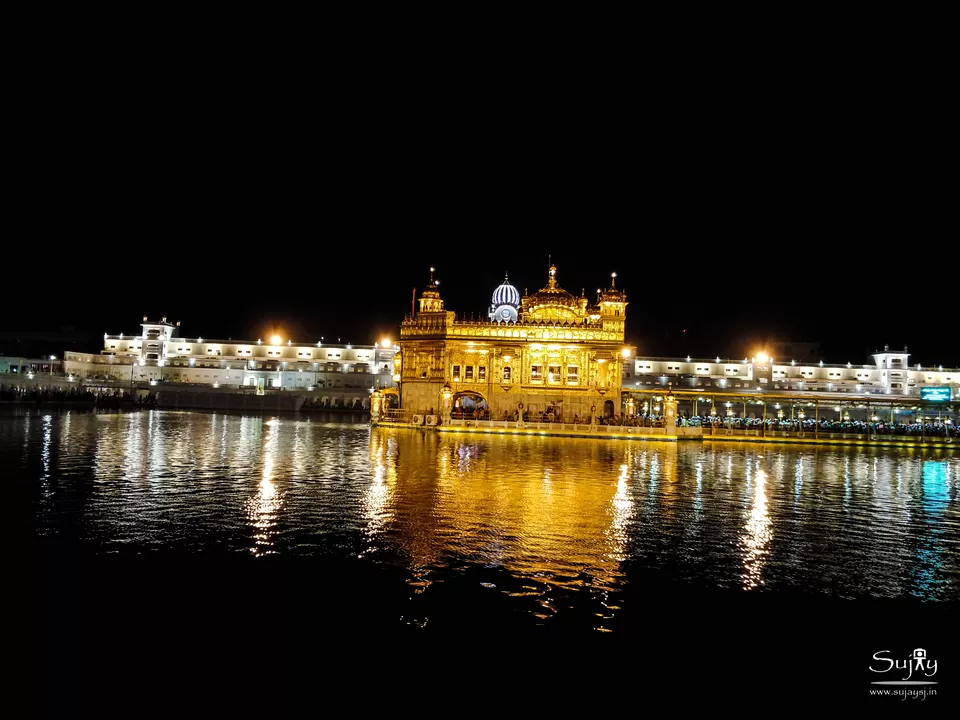
Day 11 and Day 12 – Golden Temple visit and return to Bangalore.
I woke up quite late on the penultimate day and headed to the Golden temple around 11. There was huge crowd at the temple with it being an holiday on account of 71st Indian Independence day anniversary. The weather too was quite hot and humid. I must say, I loved the arrangements at the temple. The people standing in queue were protected in the heat by a white pandal and there were huge coolers and fans put up which ensured that one wouldn't have to sweat in the queue. Every few meters there were water distribution spots as well. Even though I was in the queue for over 1.30 hrs, there wasn't a moment of uneasiness. I have rarely seen this at temples and especially the most popular ones across the country. It is also important to note that the shrine has only 1 entry and 1 exit which is which is to signify that at this place everyone is equal and you don't need to pay "special fees" for a "special entry". For anyone visiting the temple, another must do is to have food at the langar. The langar is open 24 hrs and on all days of the year and ensures that nobody visiting is hungry. Meals in the langar are vegetarian, and are simple, nourishing and nutritious. They usually consist of rotis, rice, daal, a vegetable curry and kheer. There is no limit on the number of servings and you can have as much food as you need. One can also volunteer to serve at the langar.
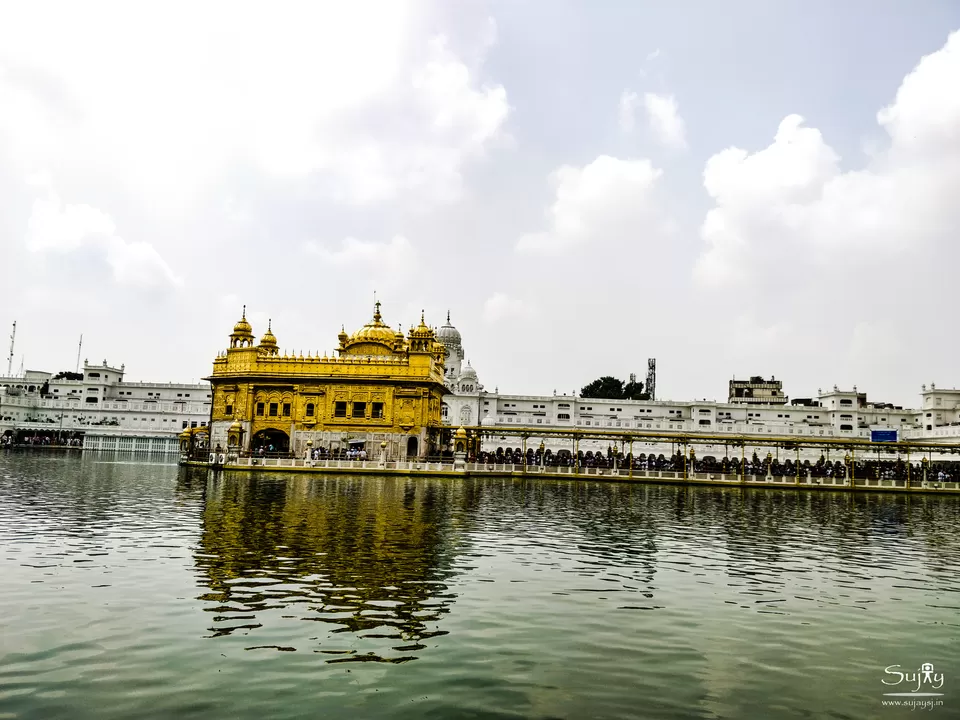
Post having lunch at the langar, I did some shopping nearby before heading back to my hotel post and boarding the train back to Chandigarh at 5 PM. I reached Chandigarh around 9 and checked in to the hotel. My flight back to Bangalore was at 10.30 the next morning and I reached back Bangalore by around 2 PM to be greeted by heavy rains. So thus I ended a memorable solo trip covering the cold desert in Spiti, the high altitude lake at Chandrataal, the city tour of Chandigarh, witnessing the Attari-Wagah border retreat ceremony and finally the visit to Jallianwallah Bagh and the Golden Temple. I do leave this trip with a lot of memories that shall be etched for ever in my mind. Some more snapshots from the trip below.
